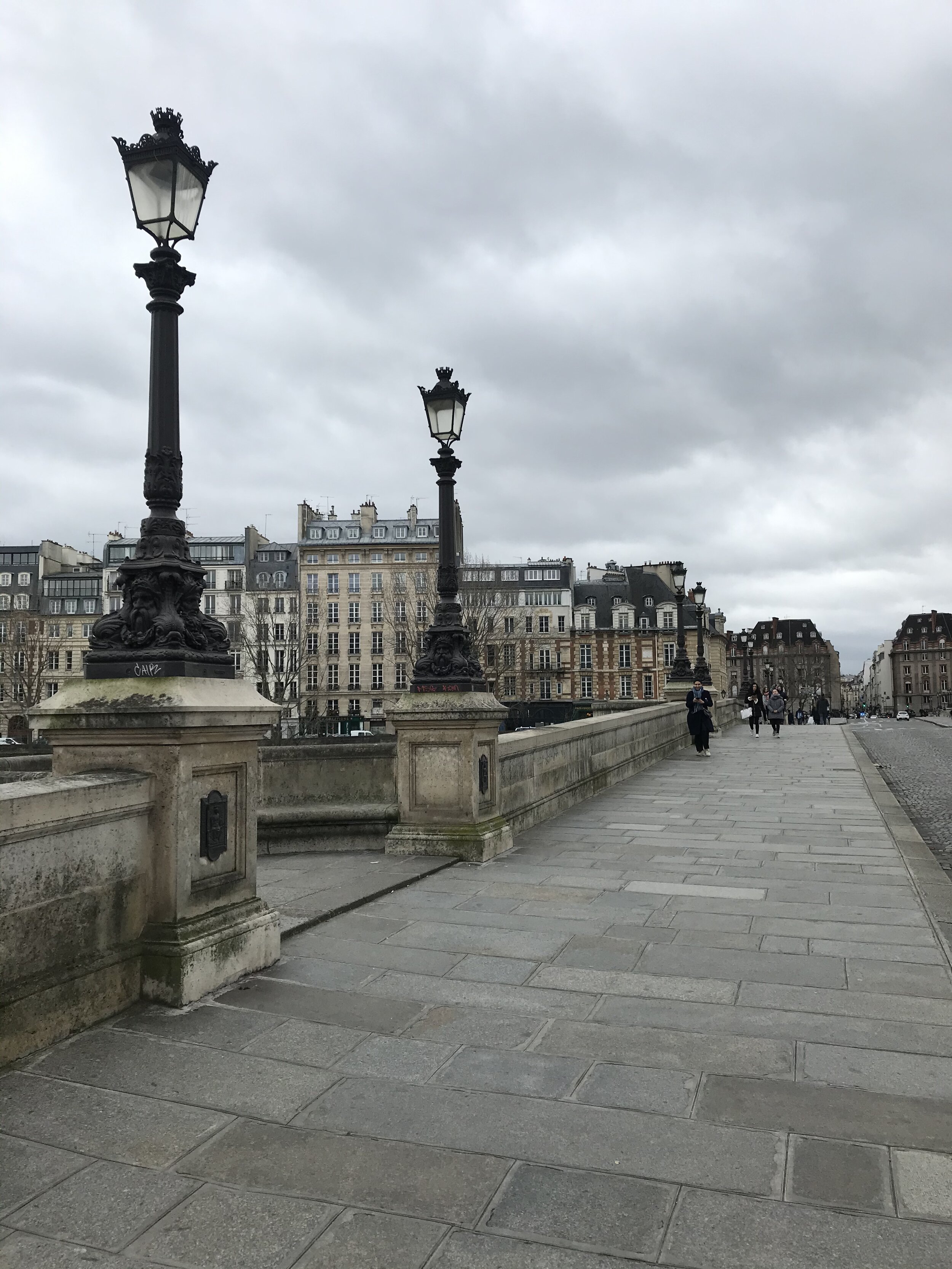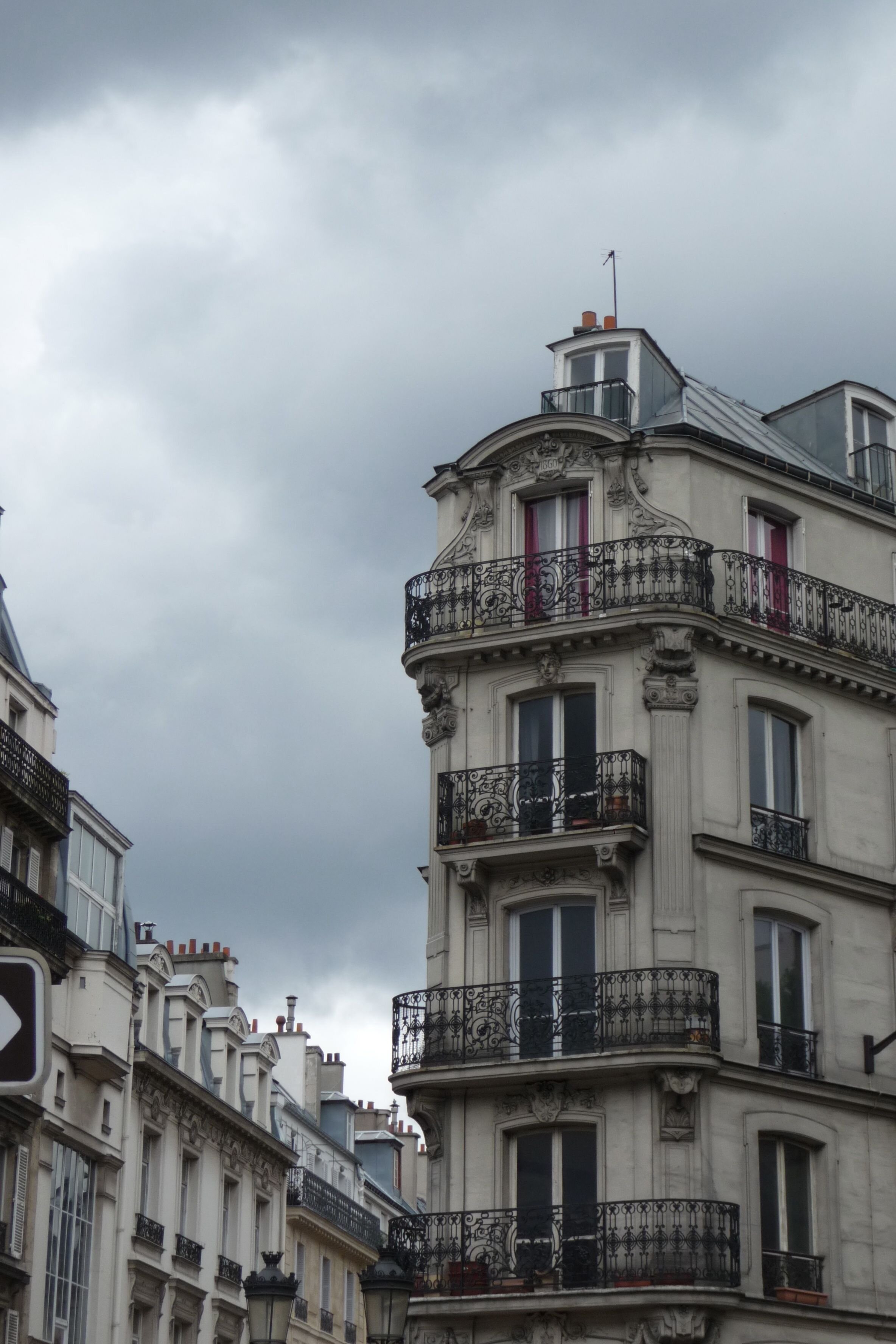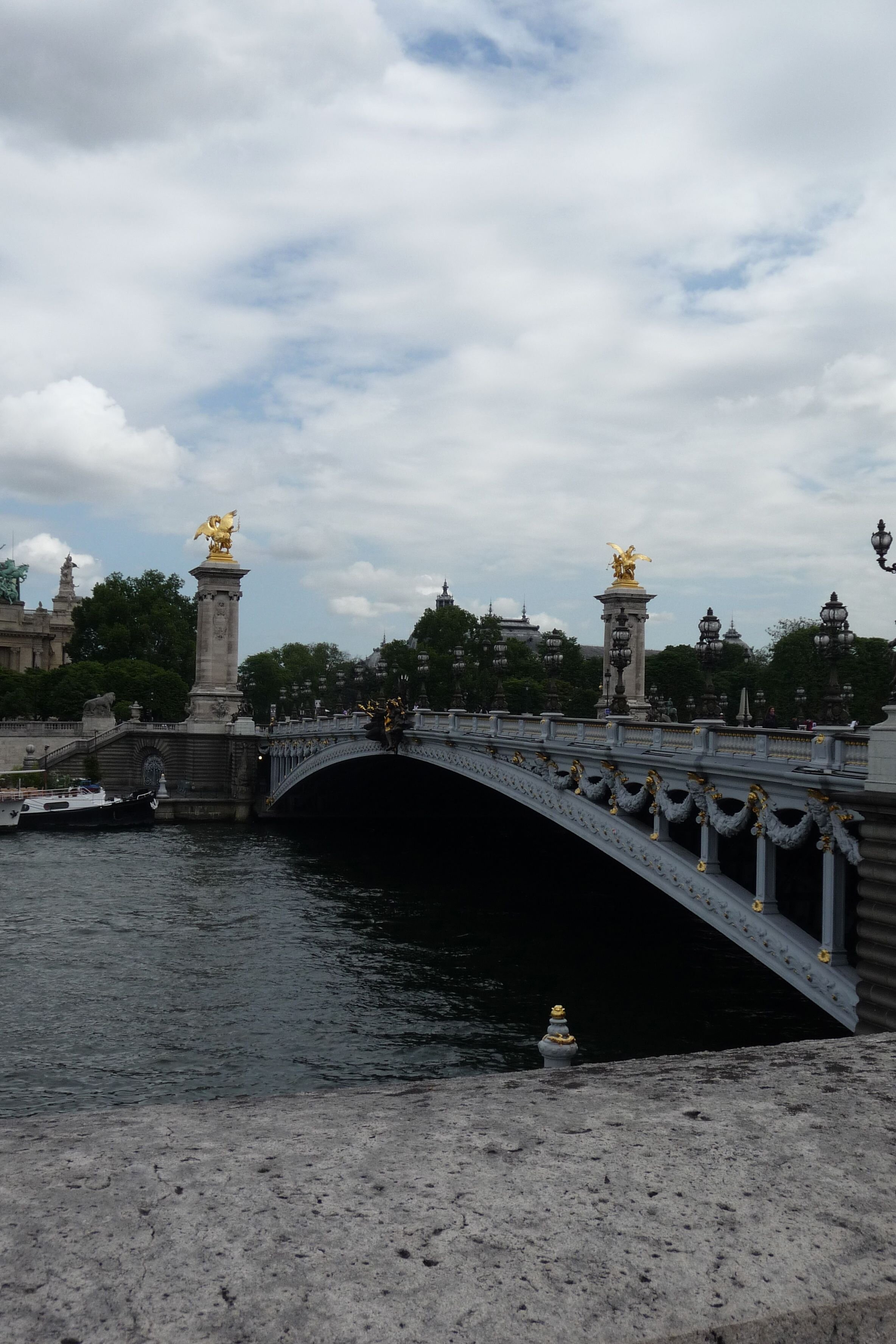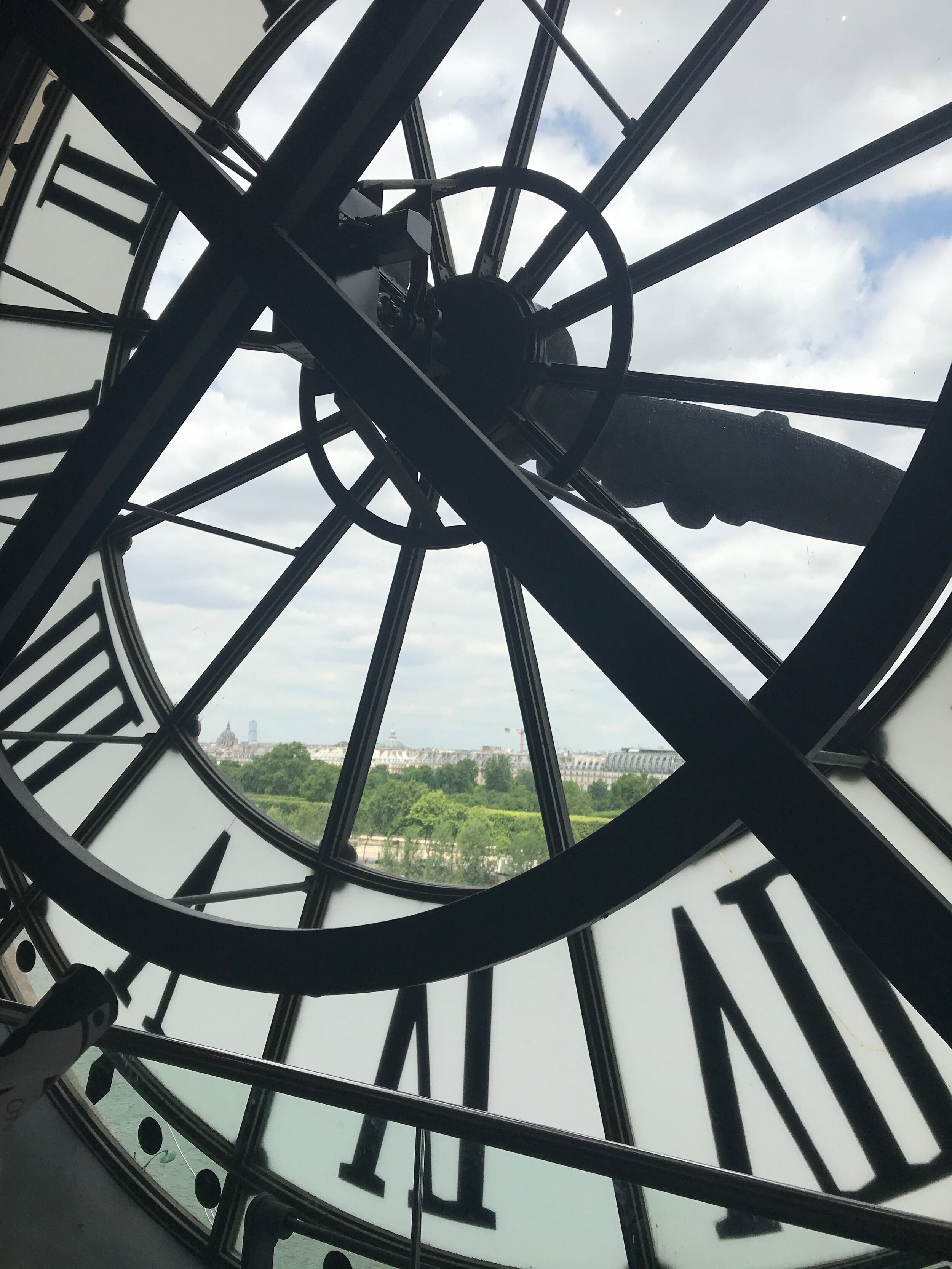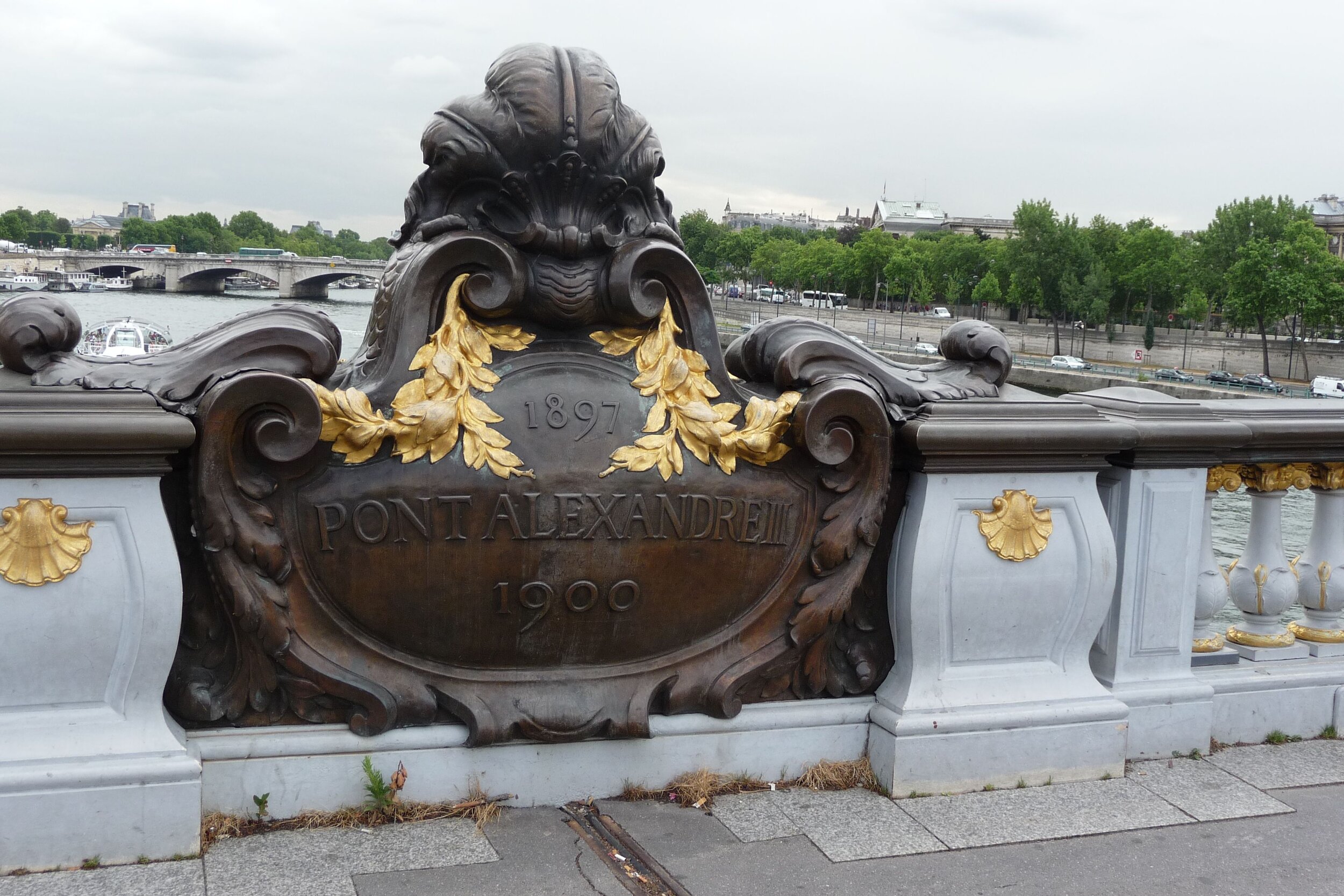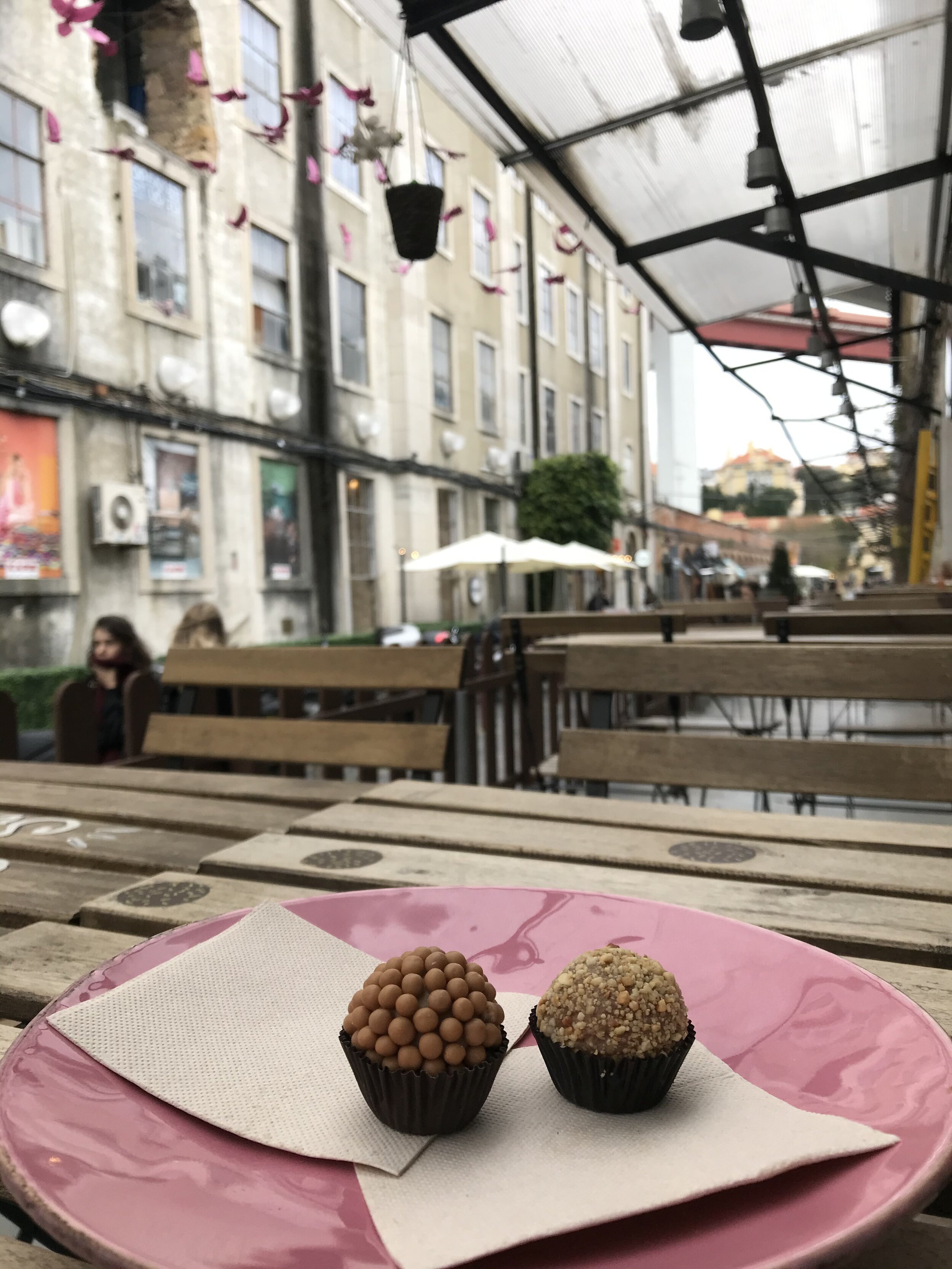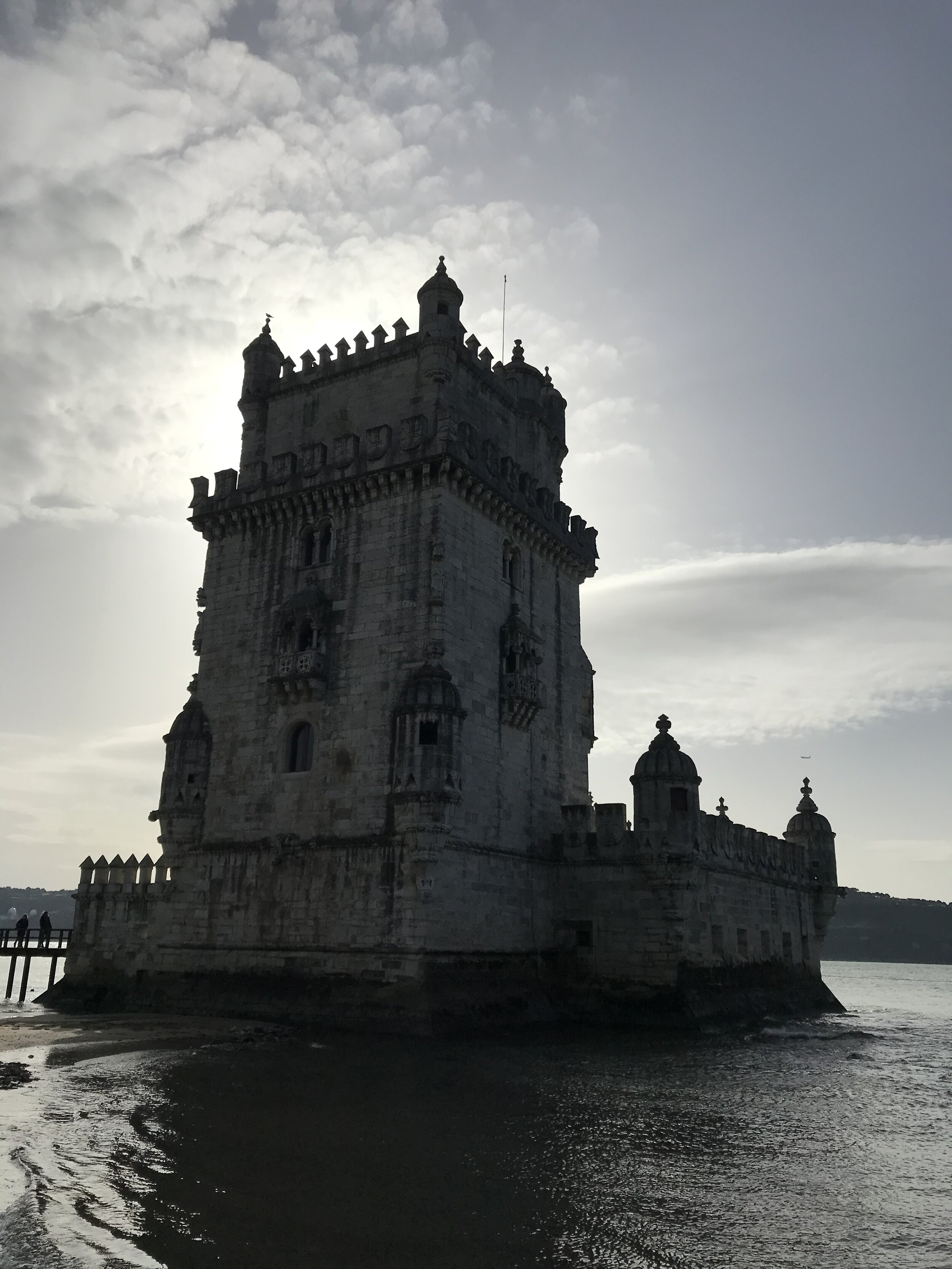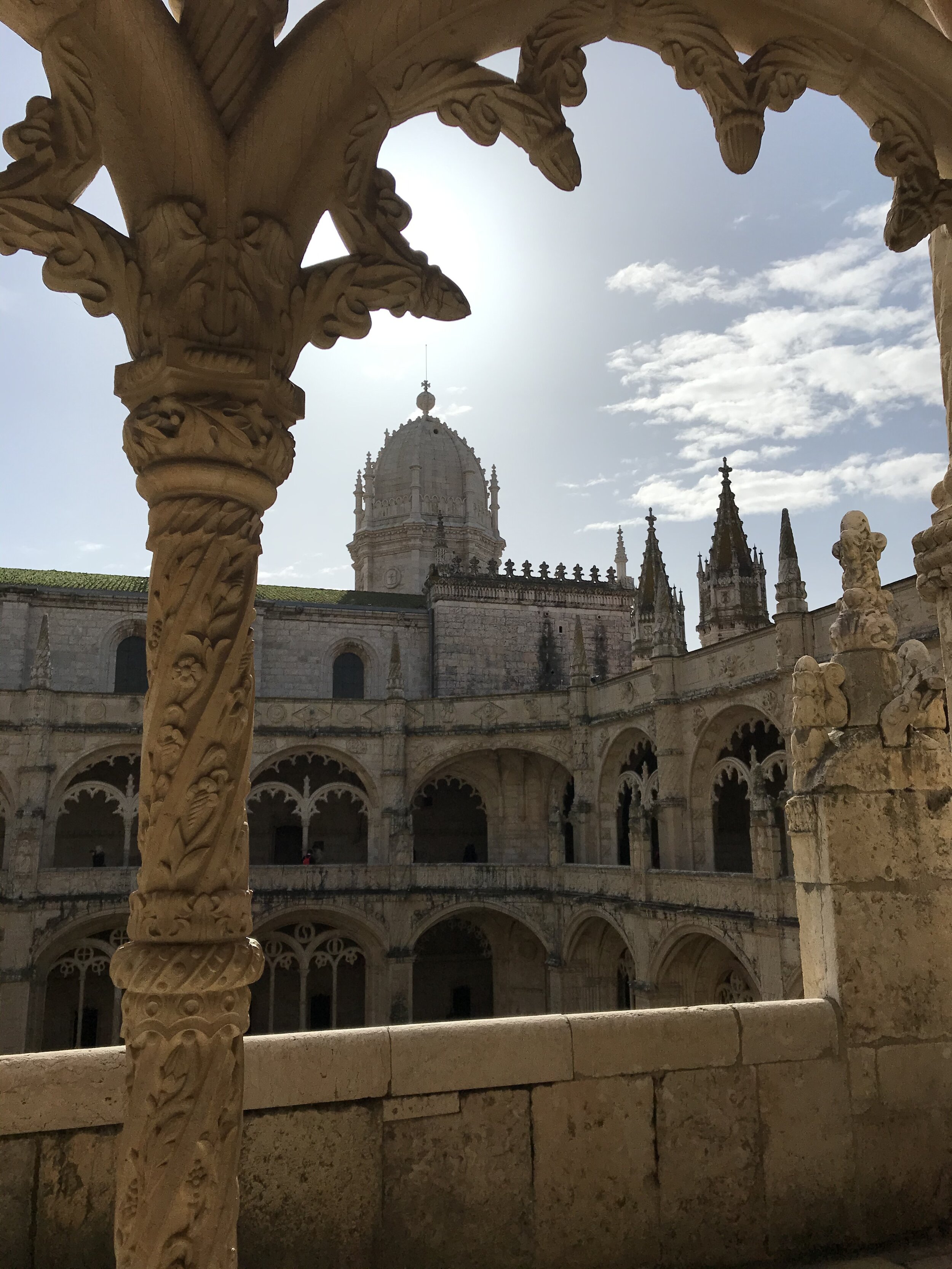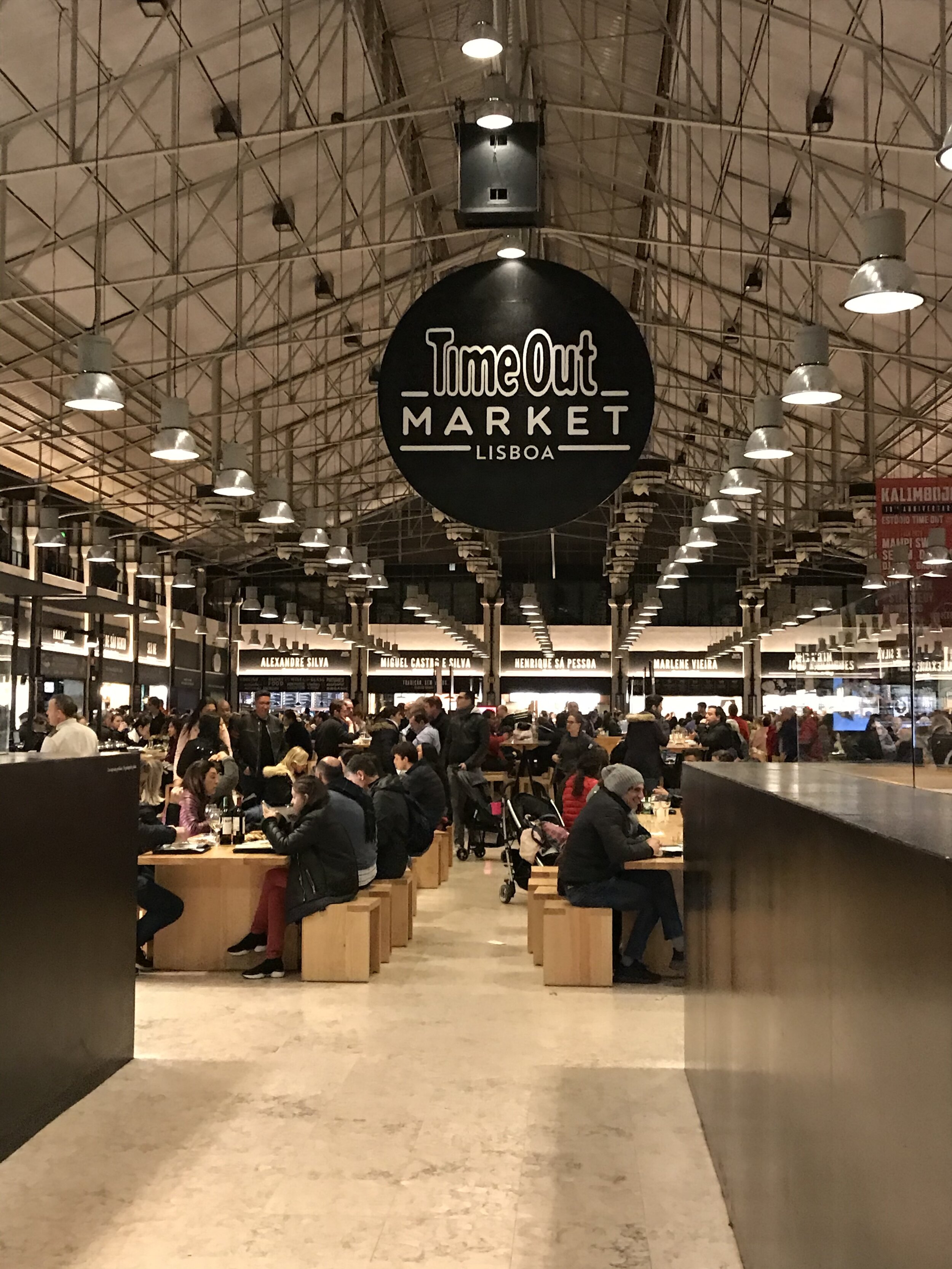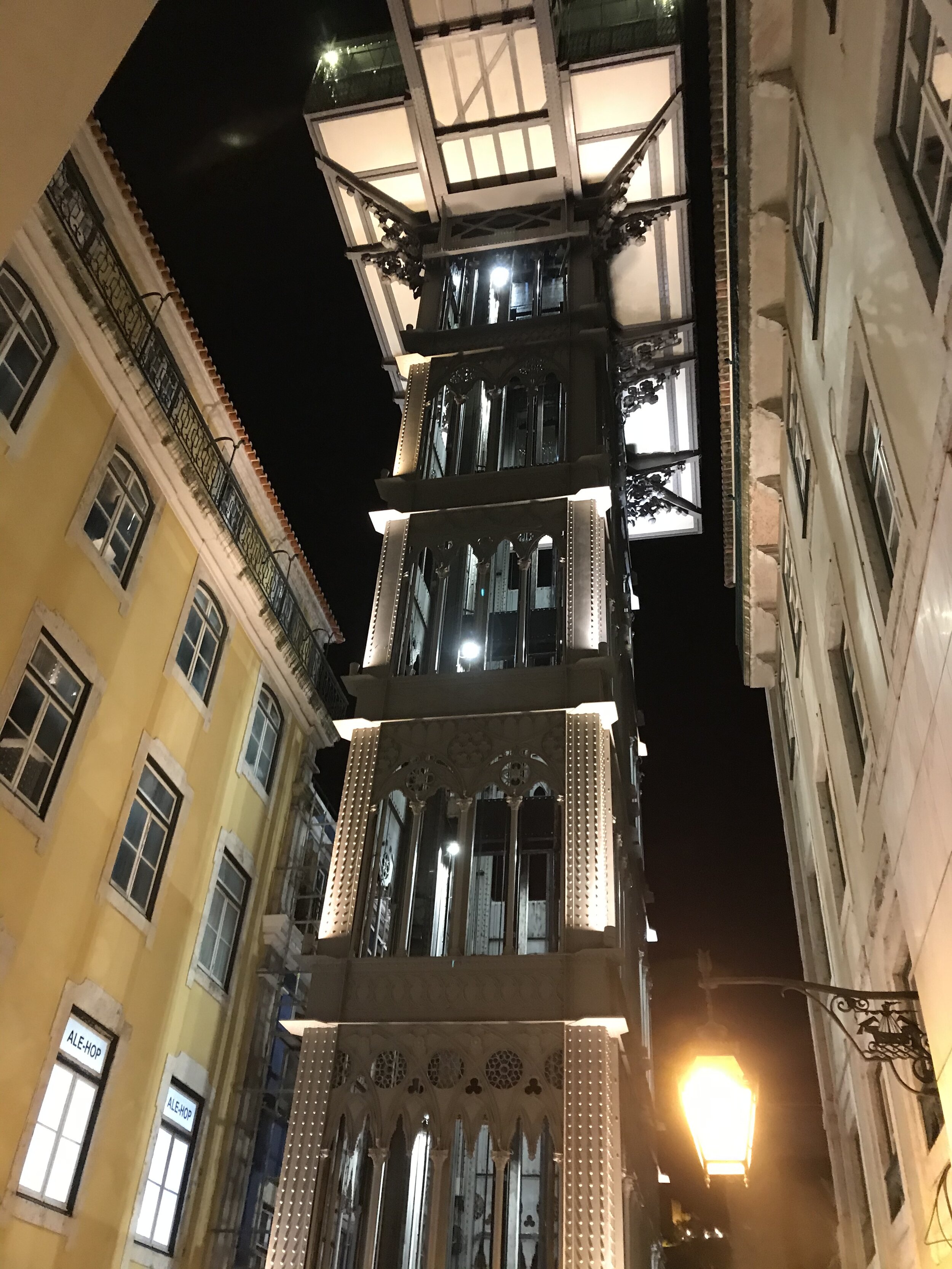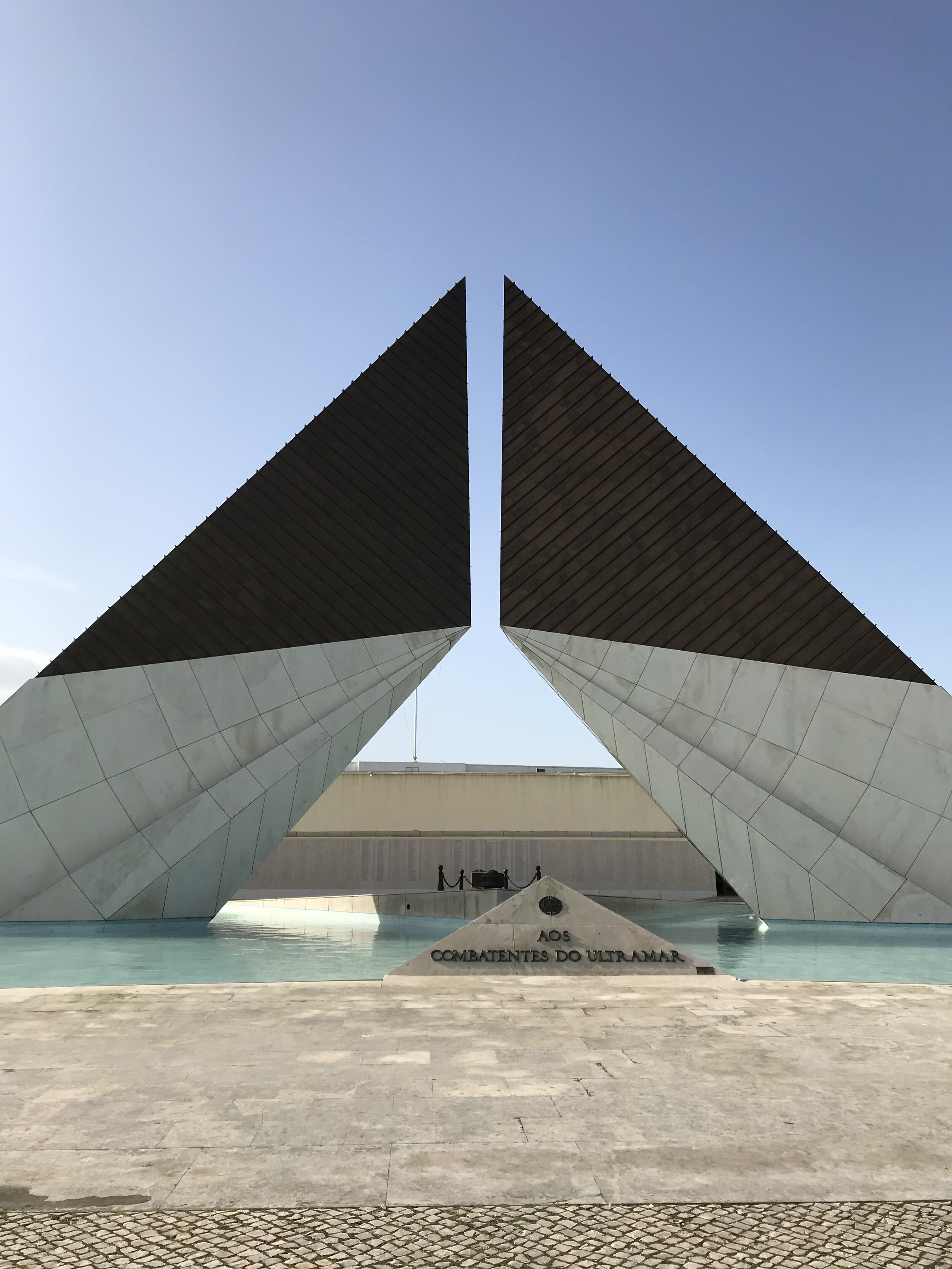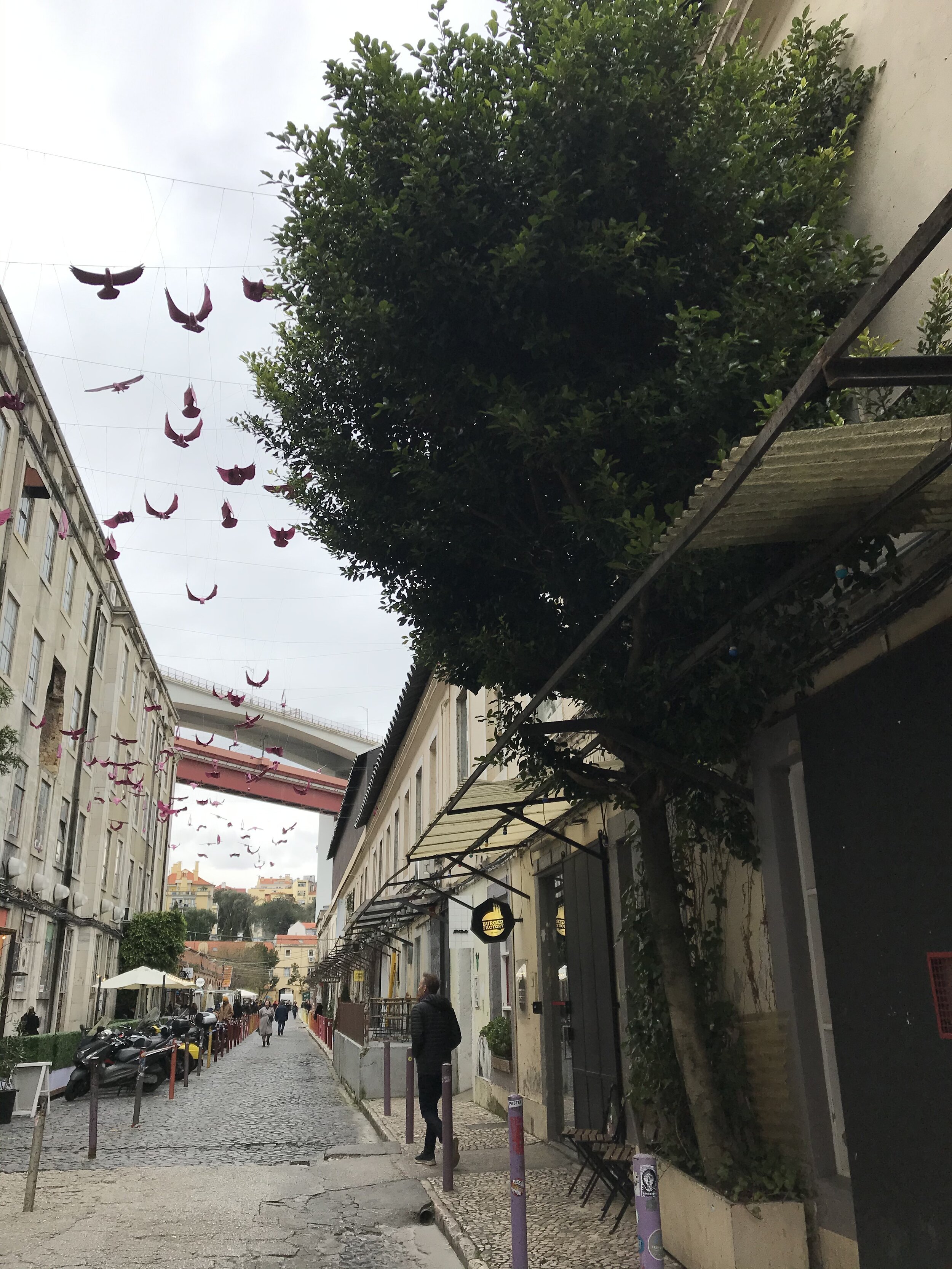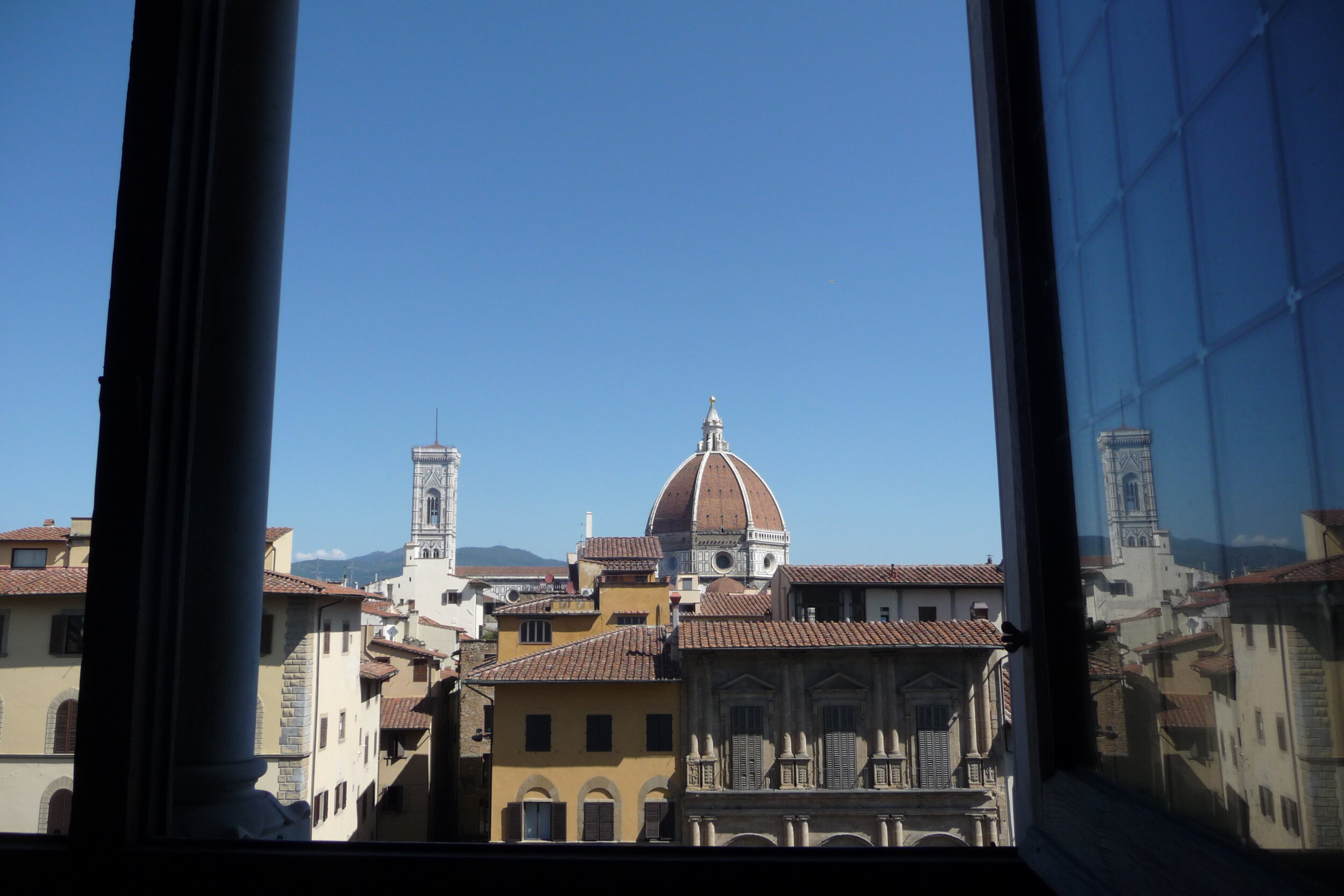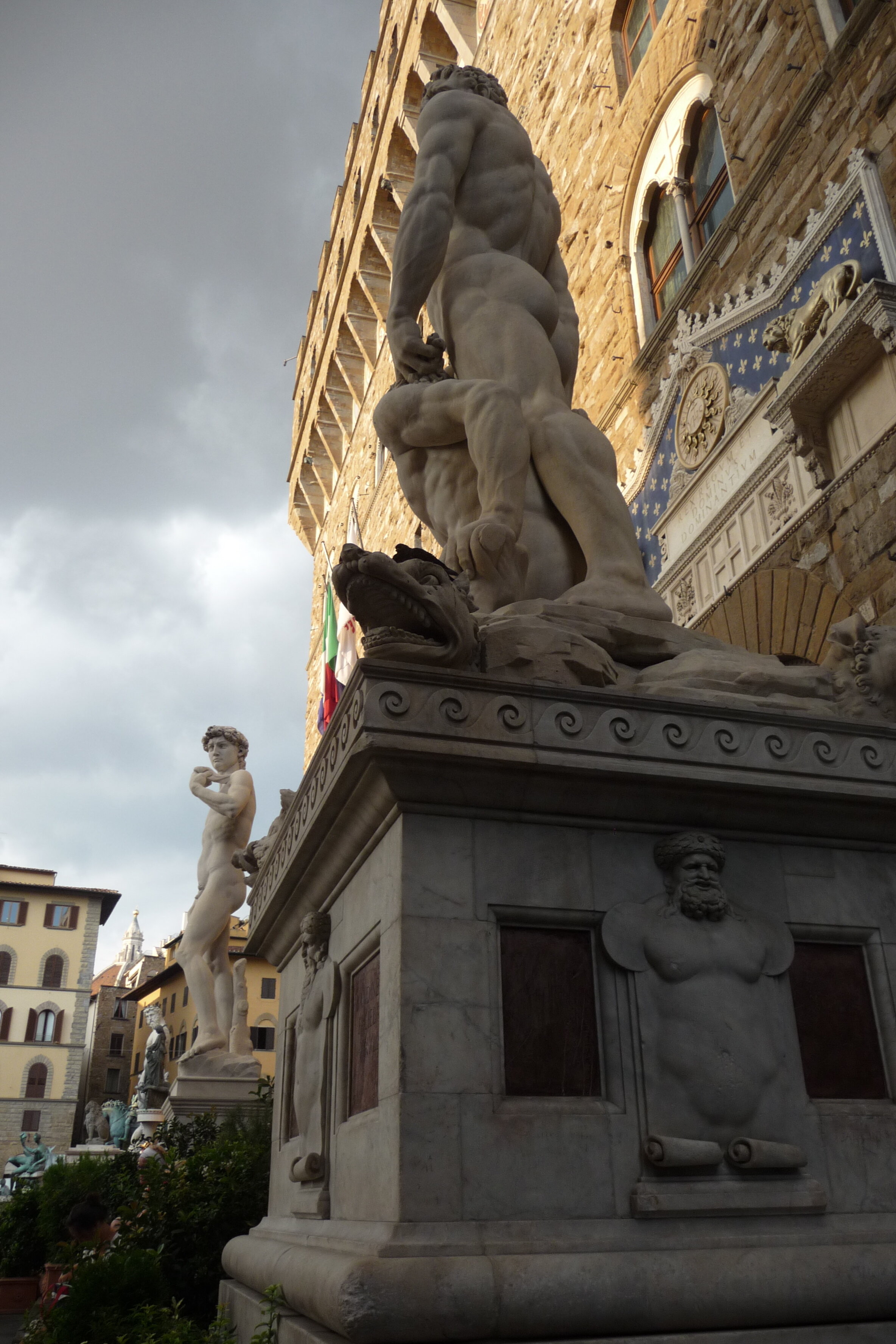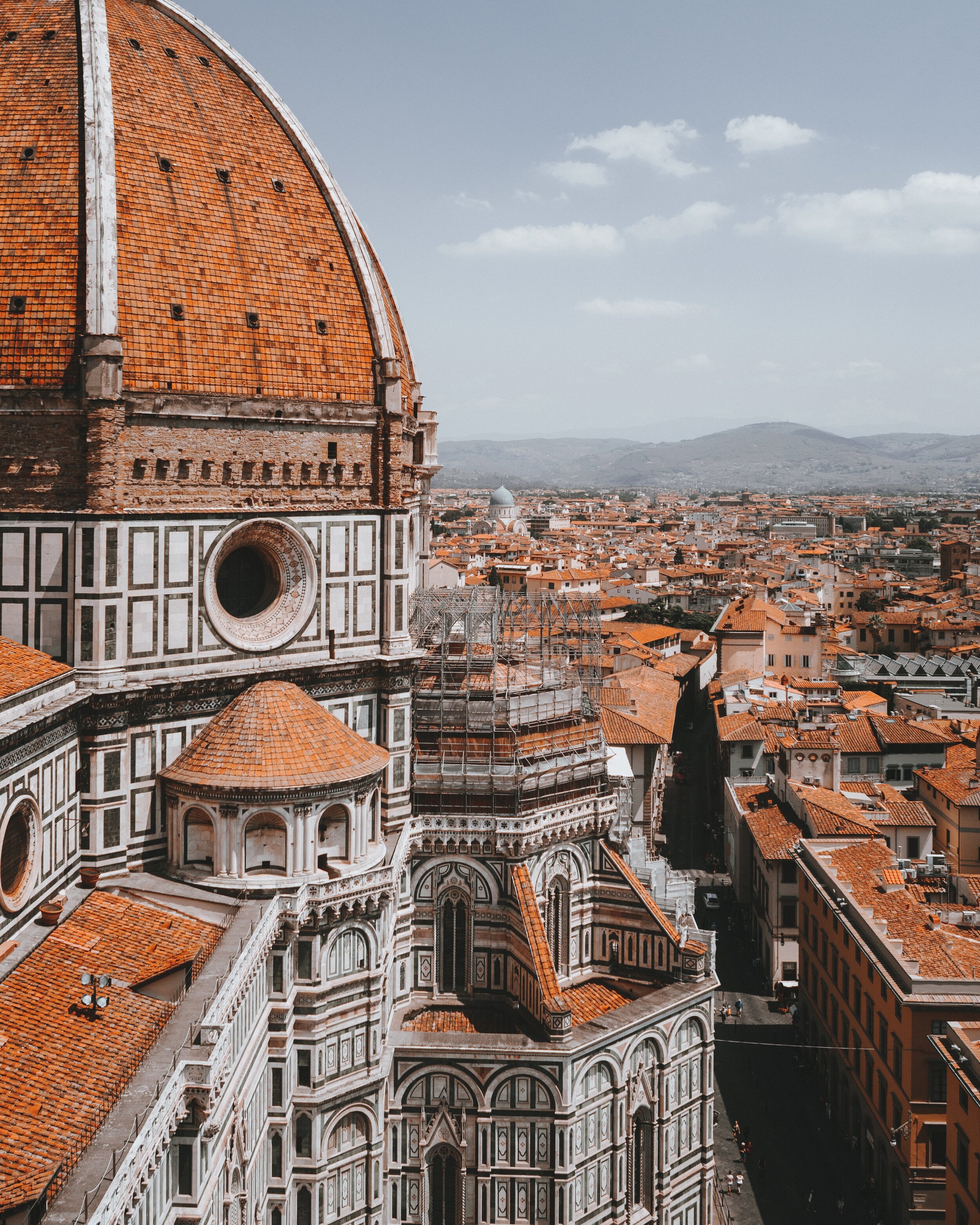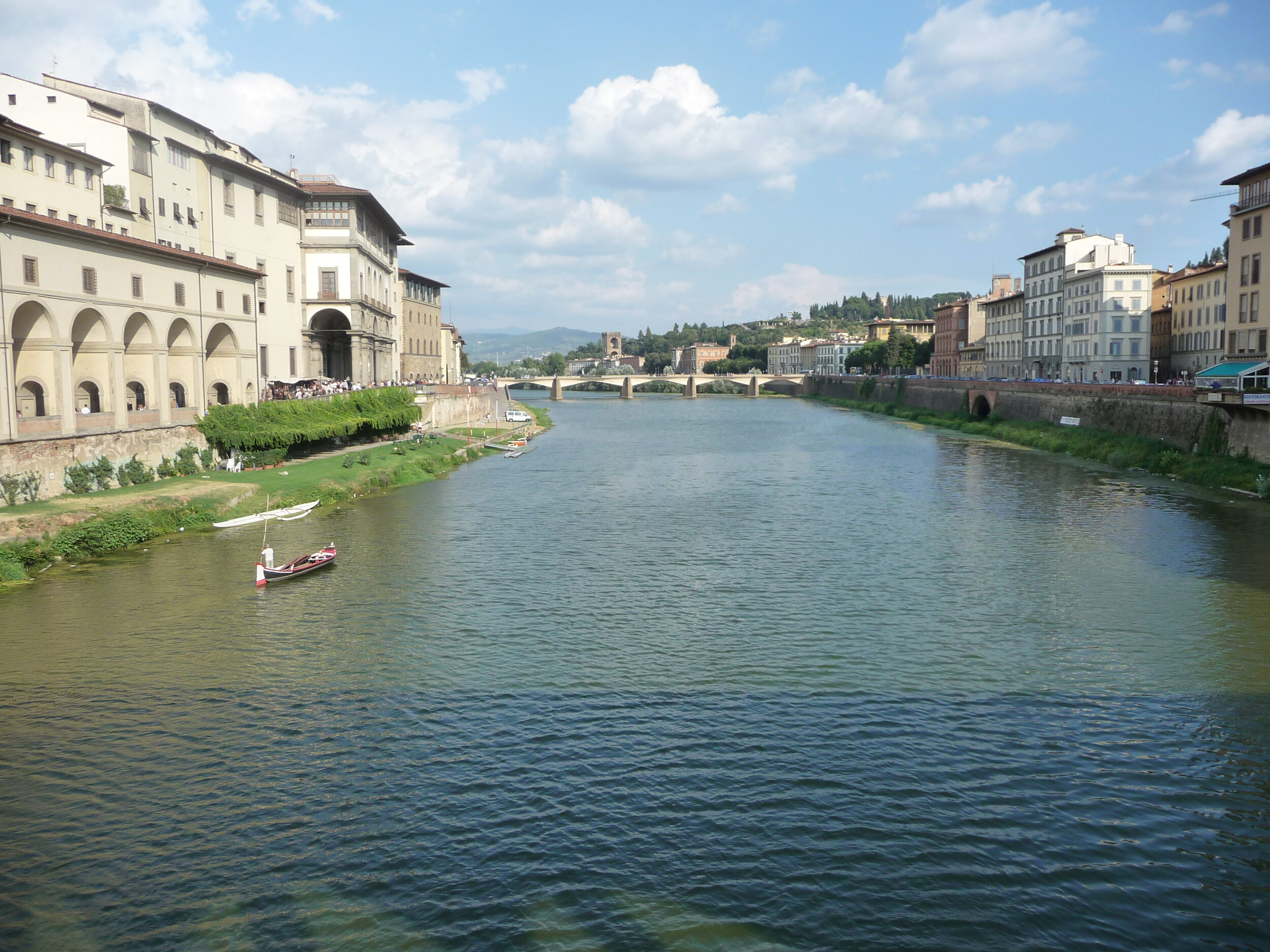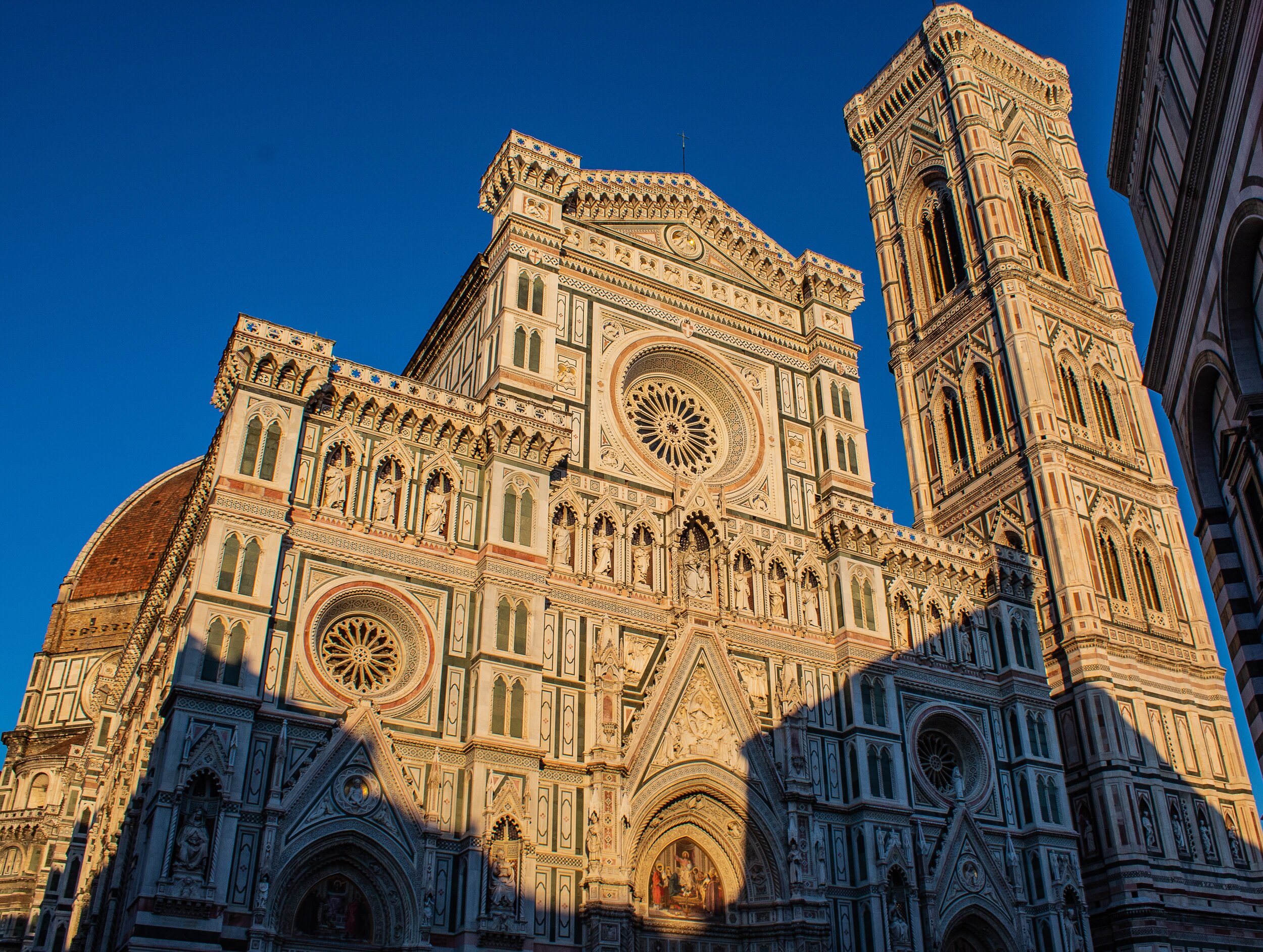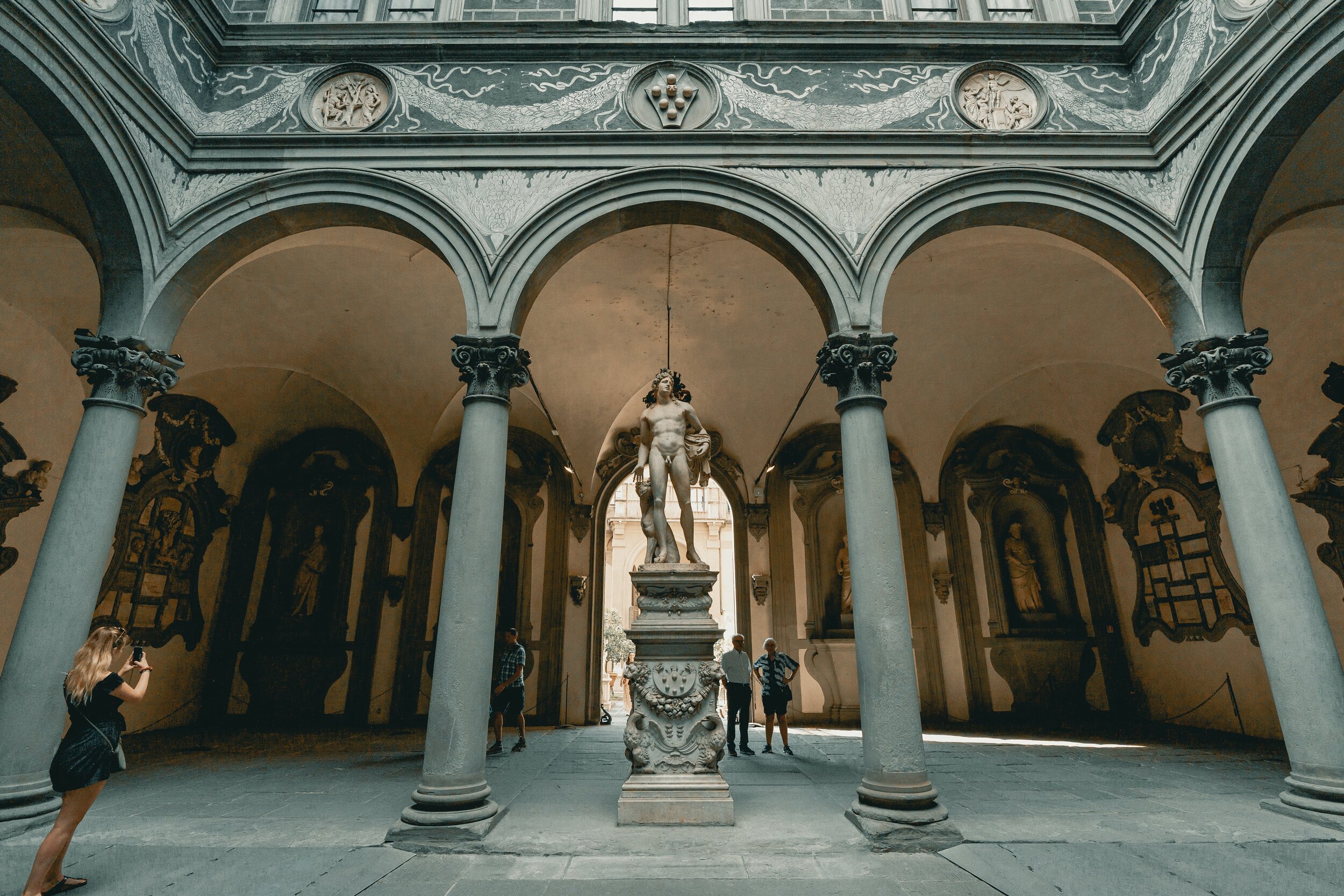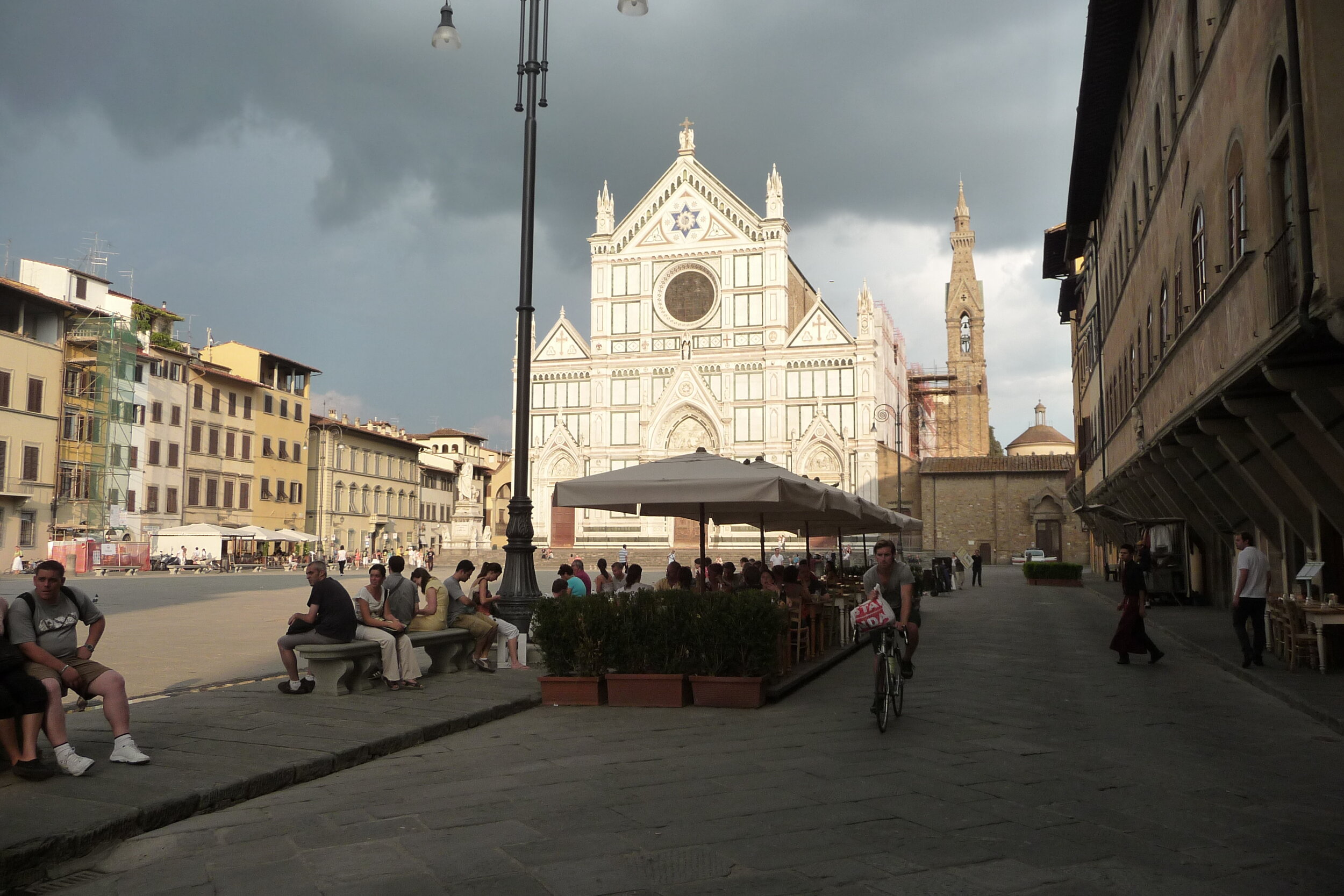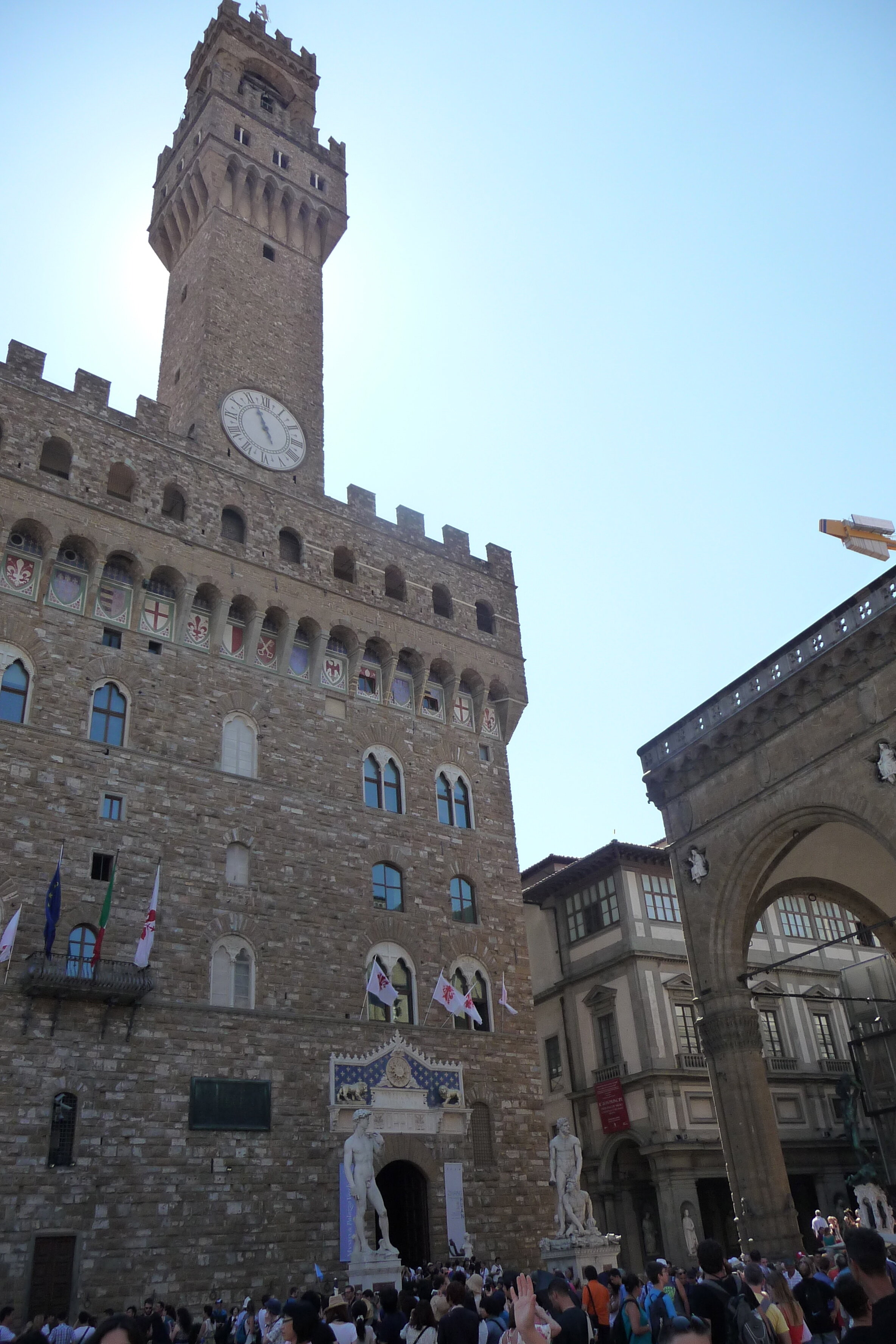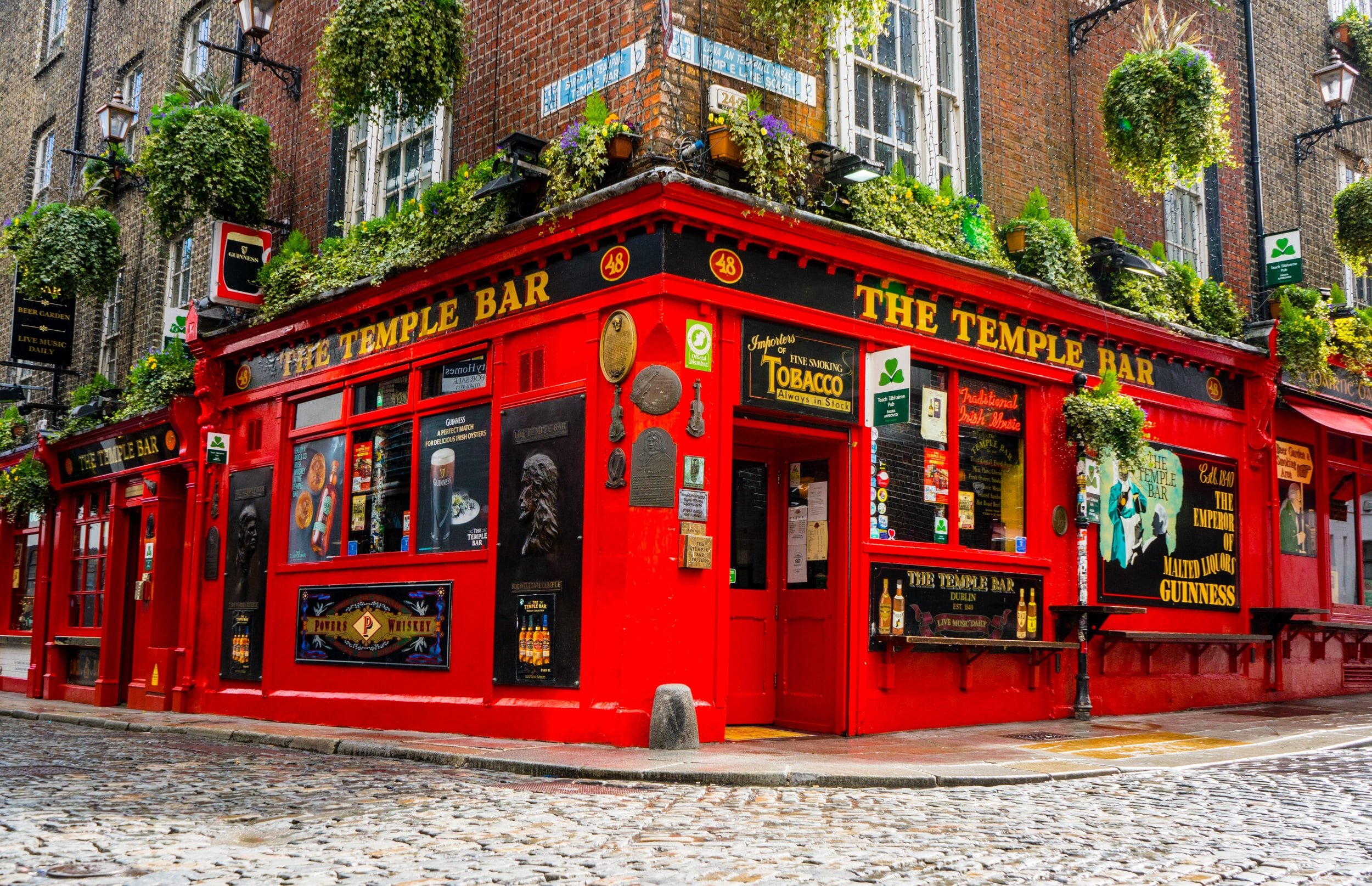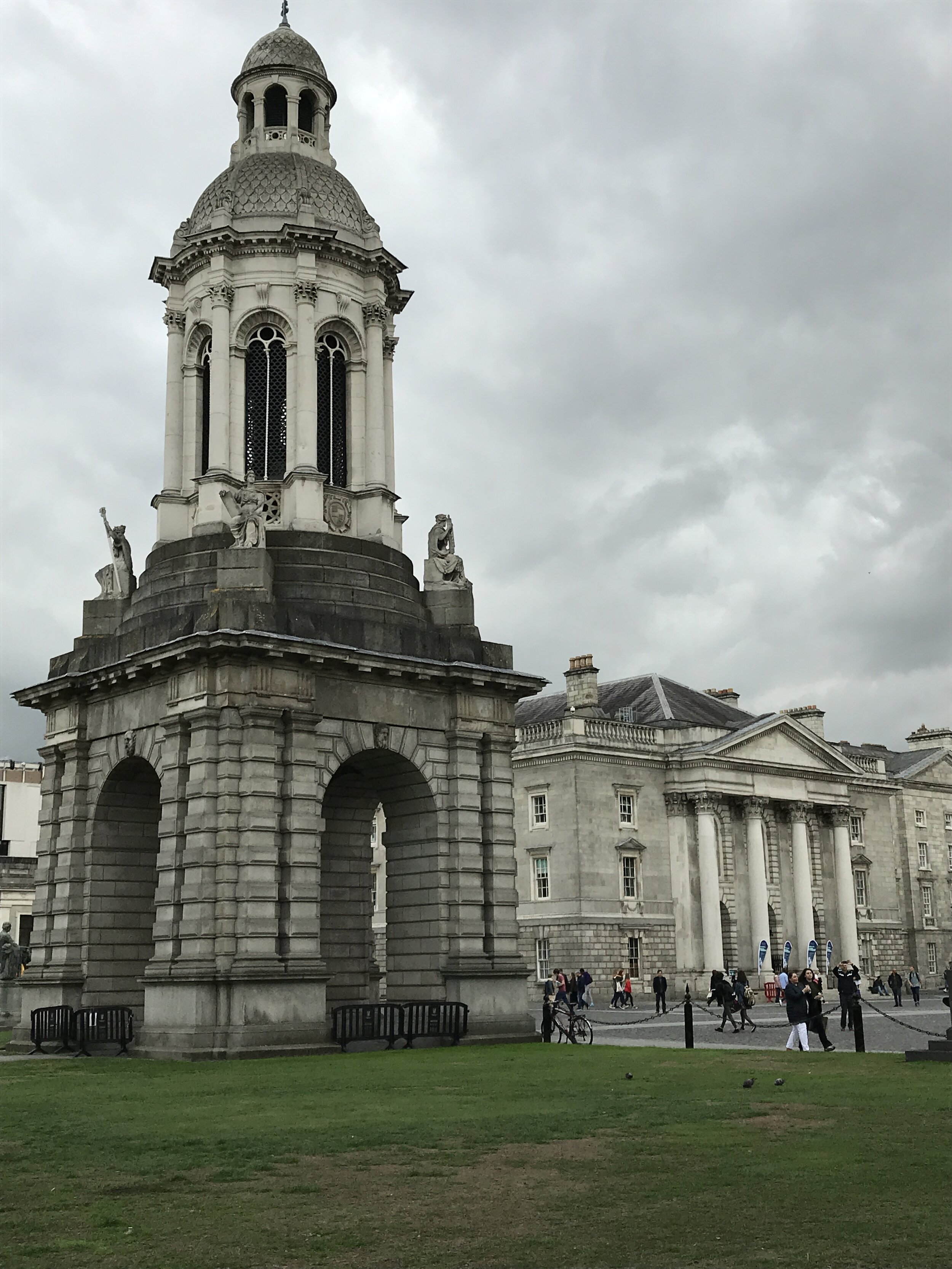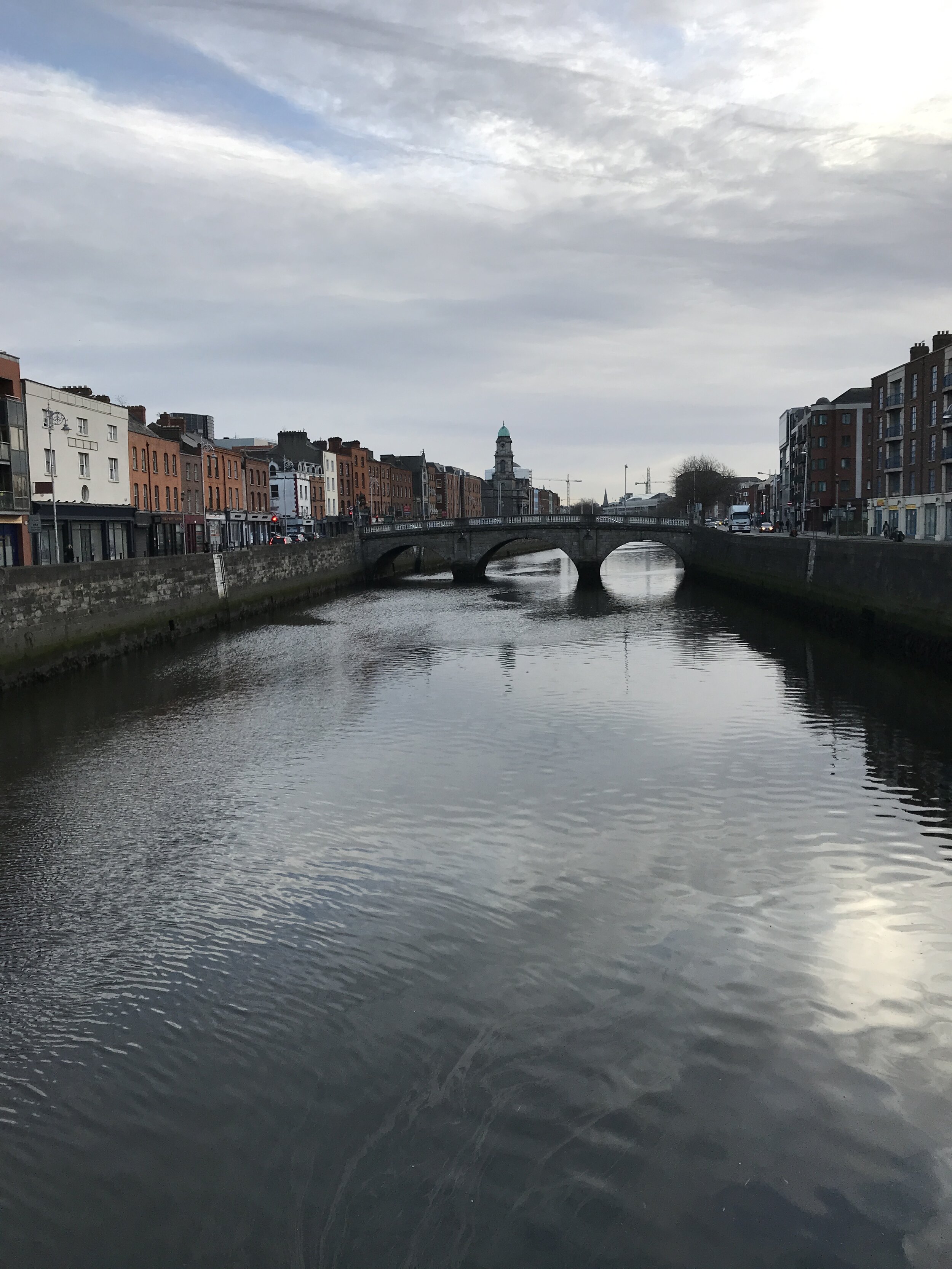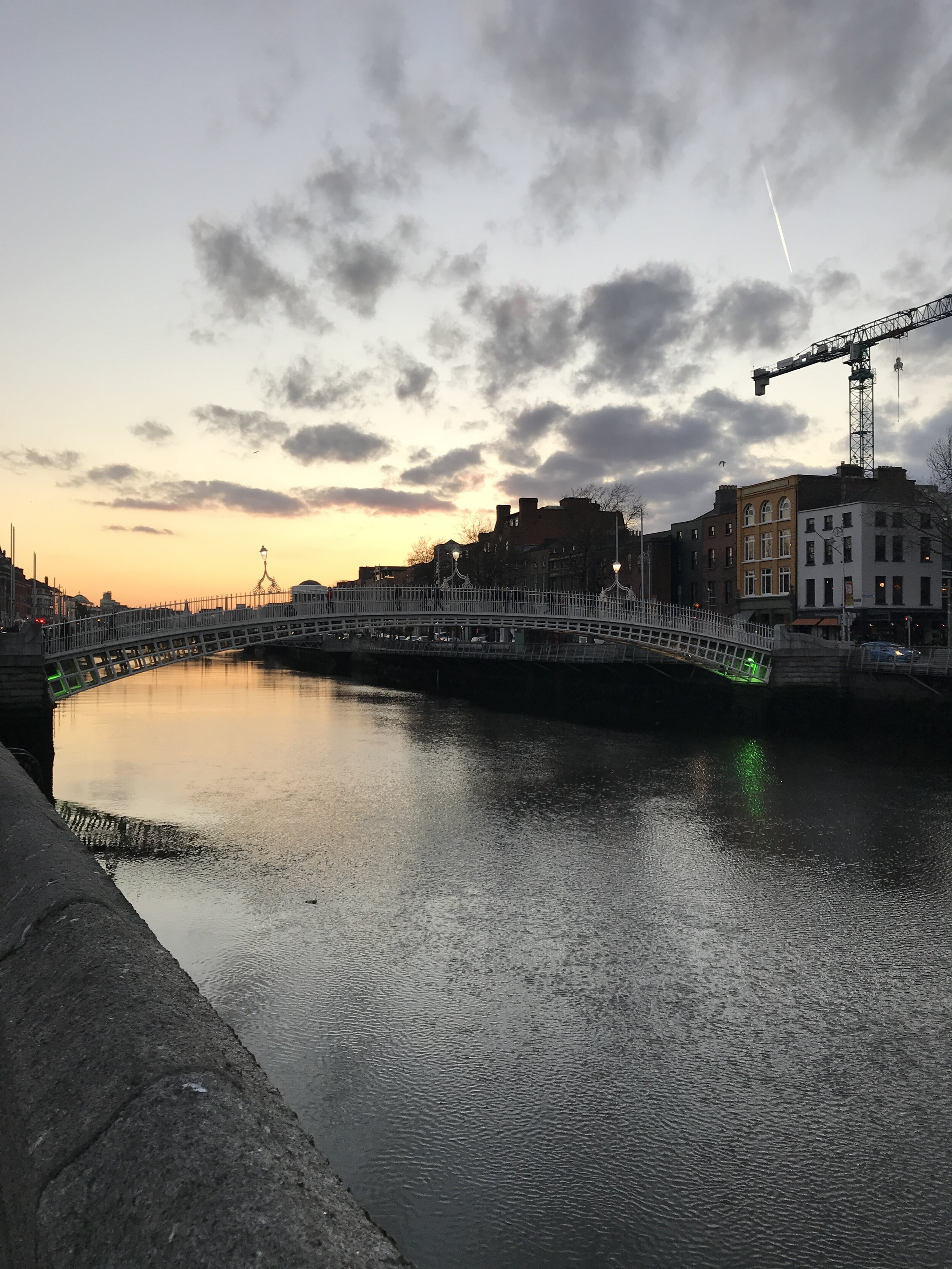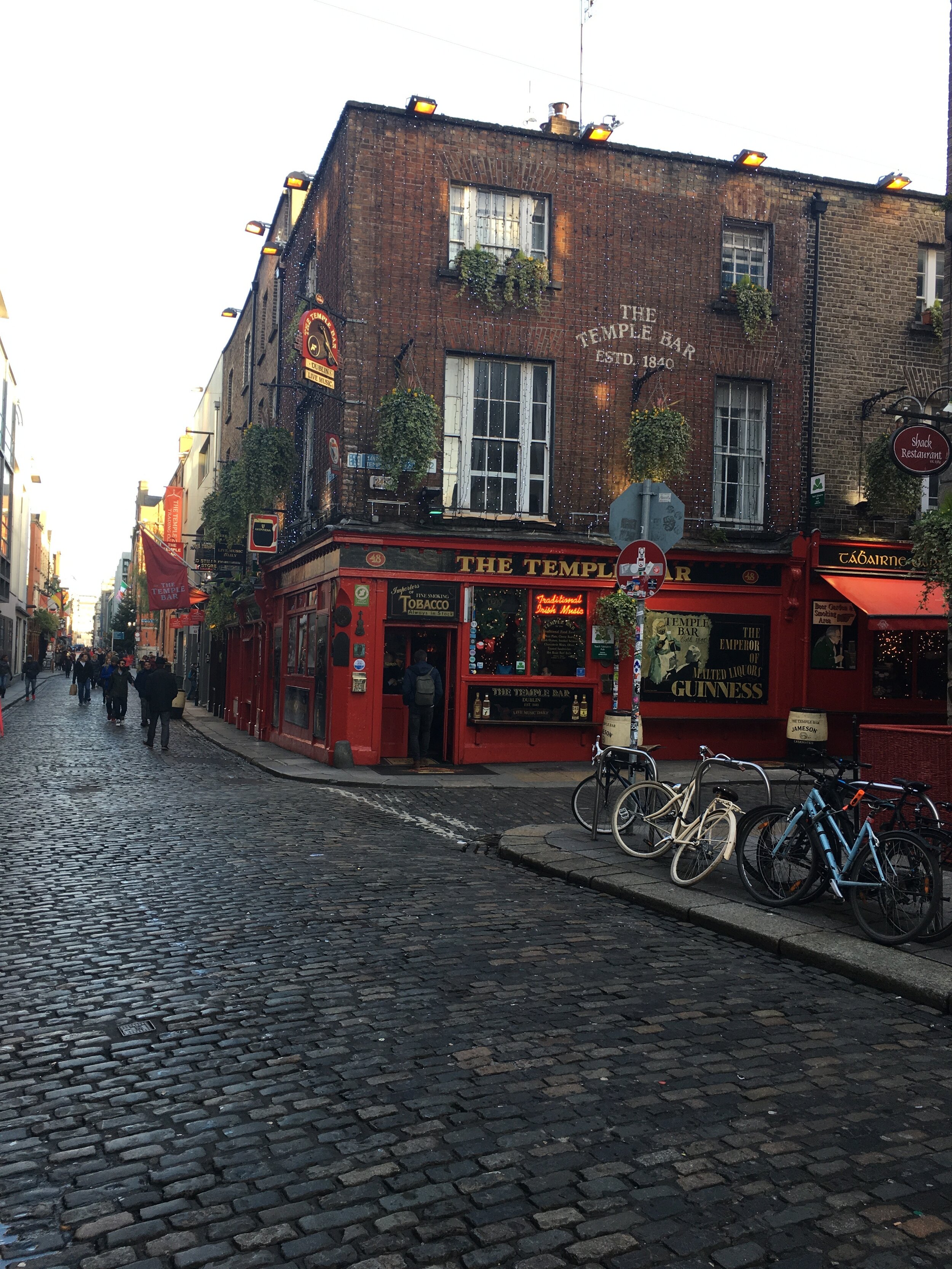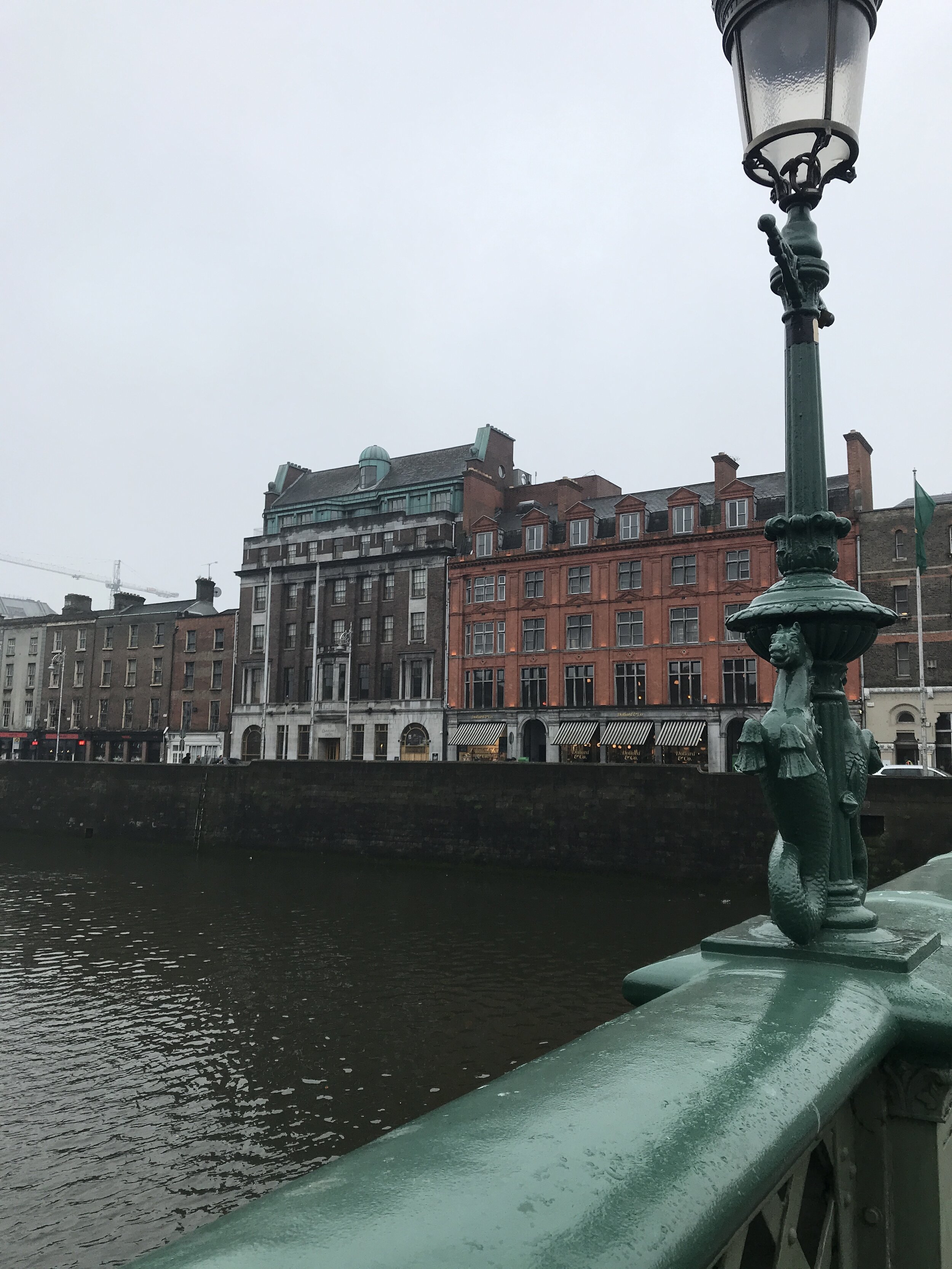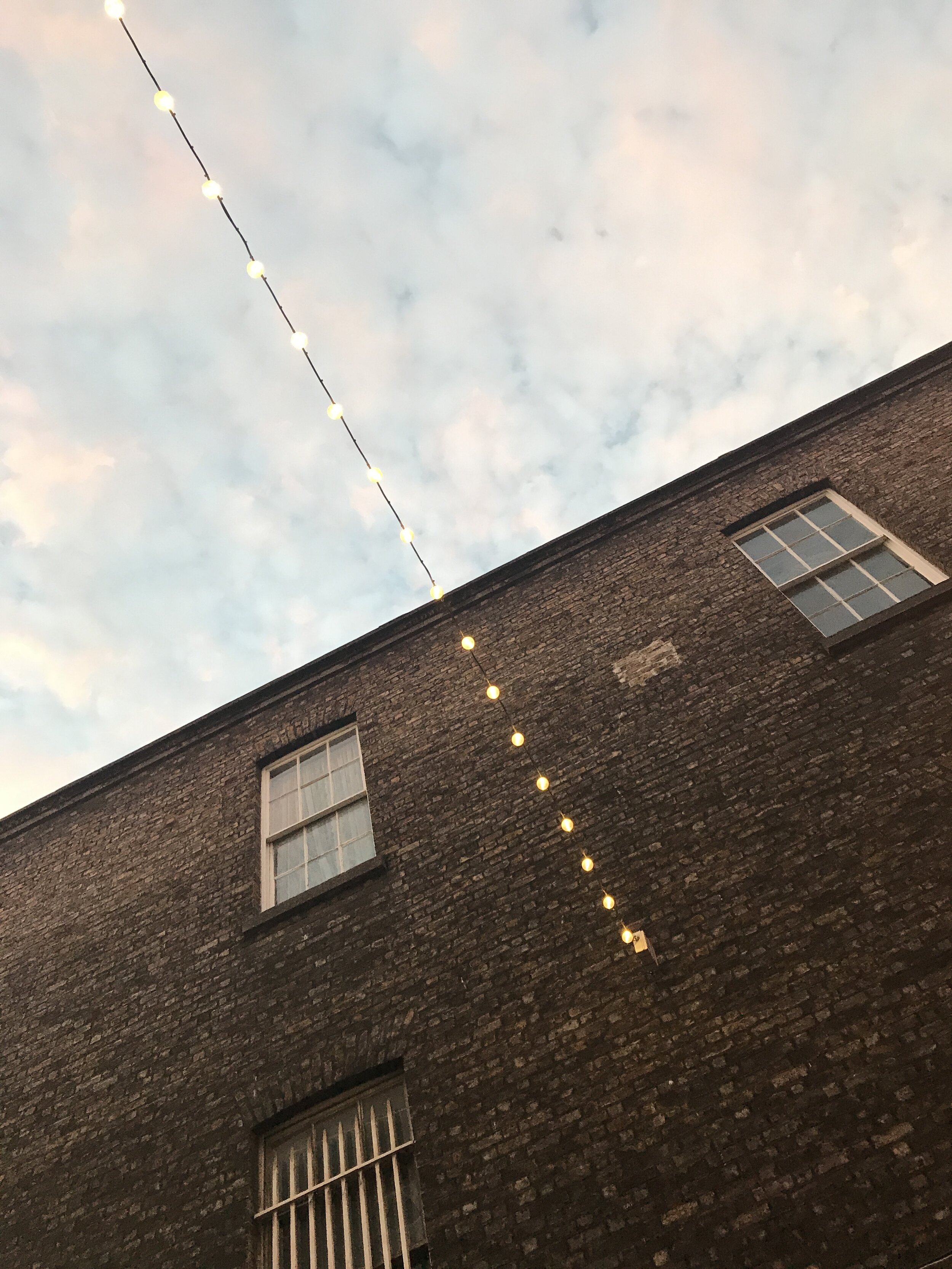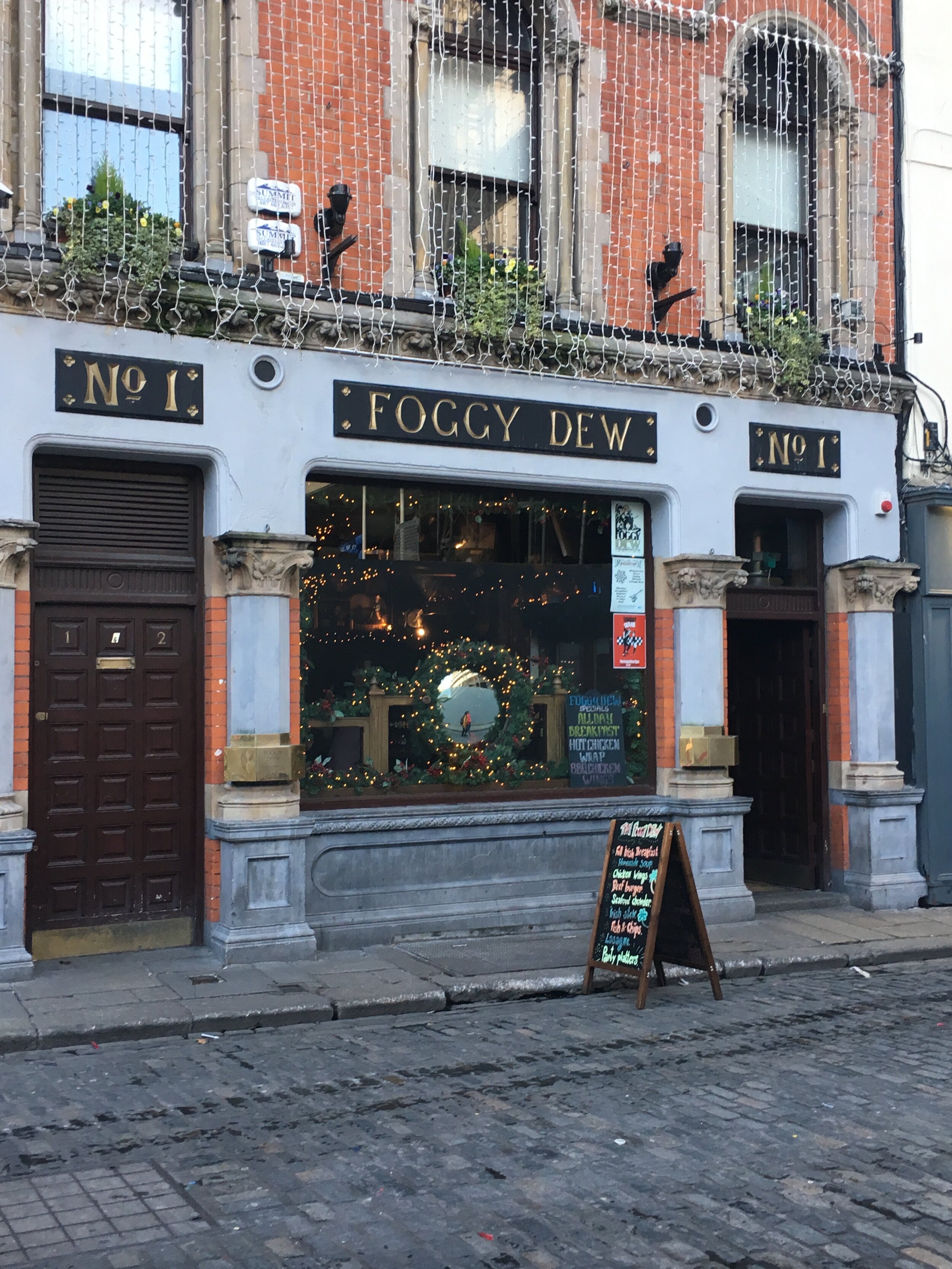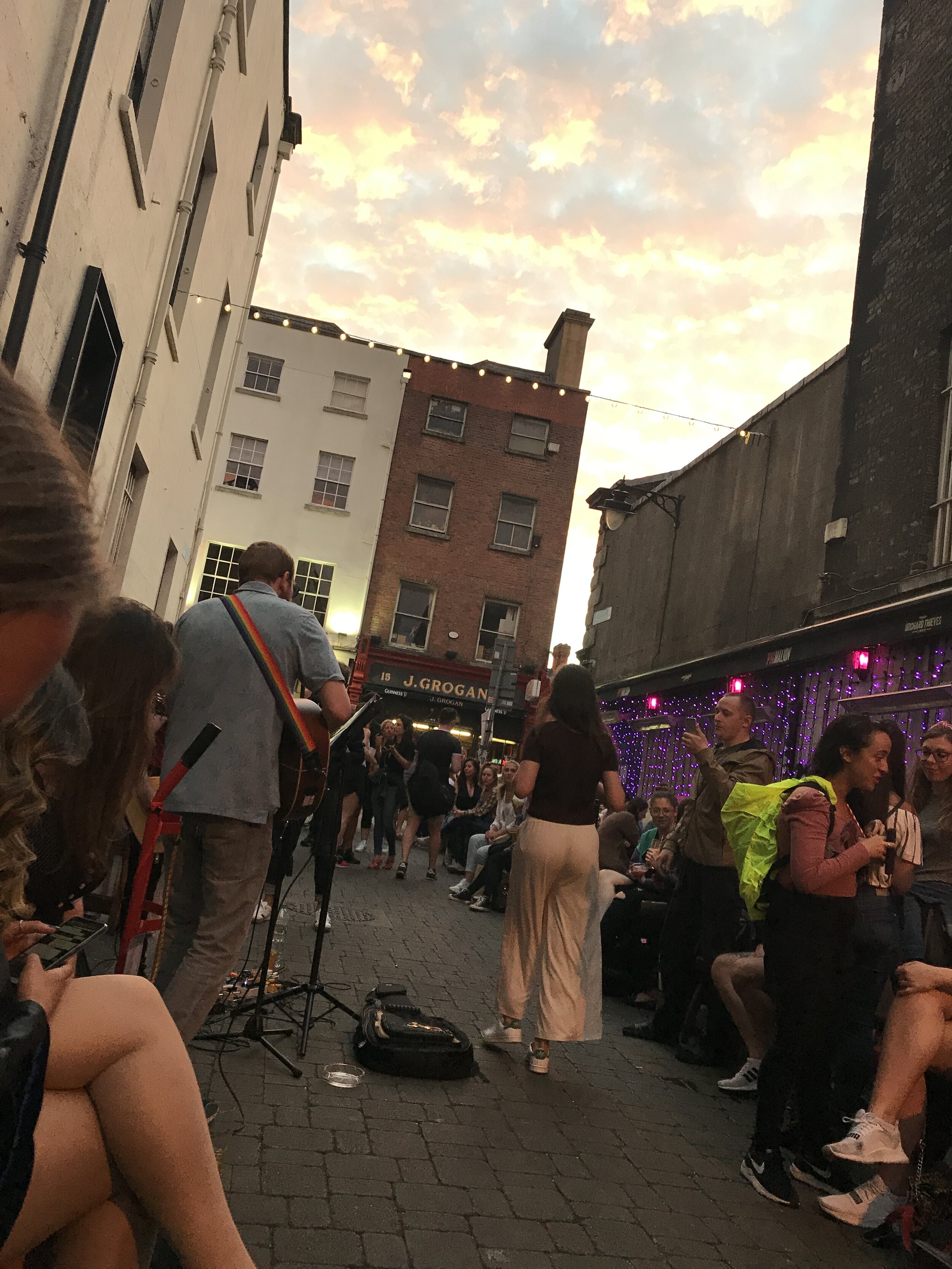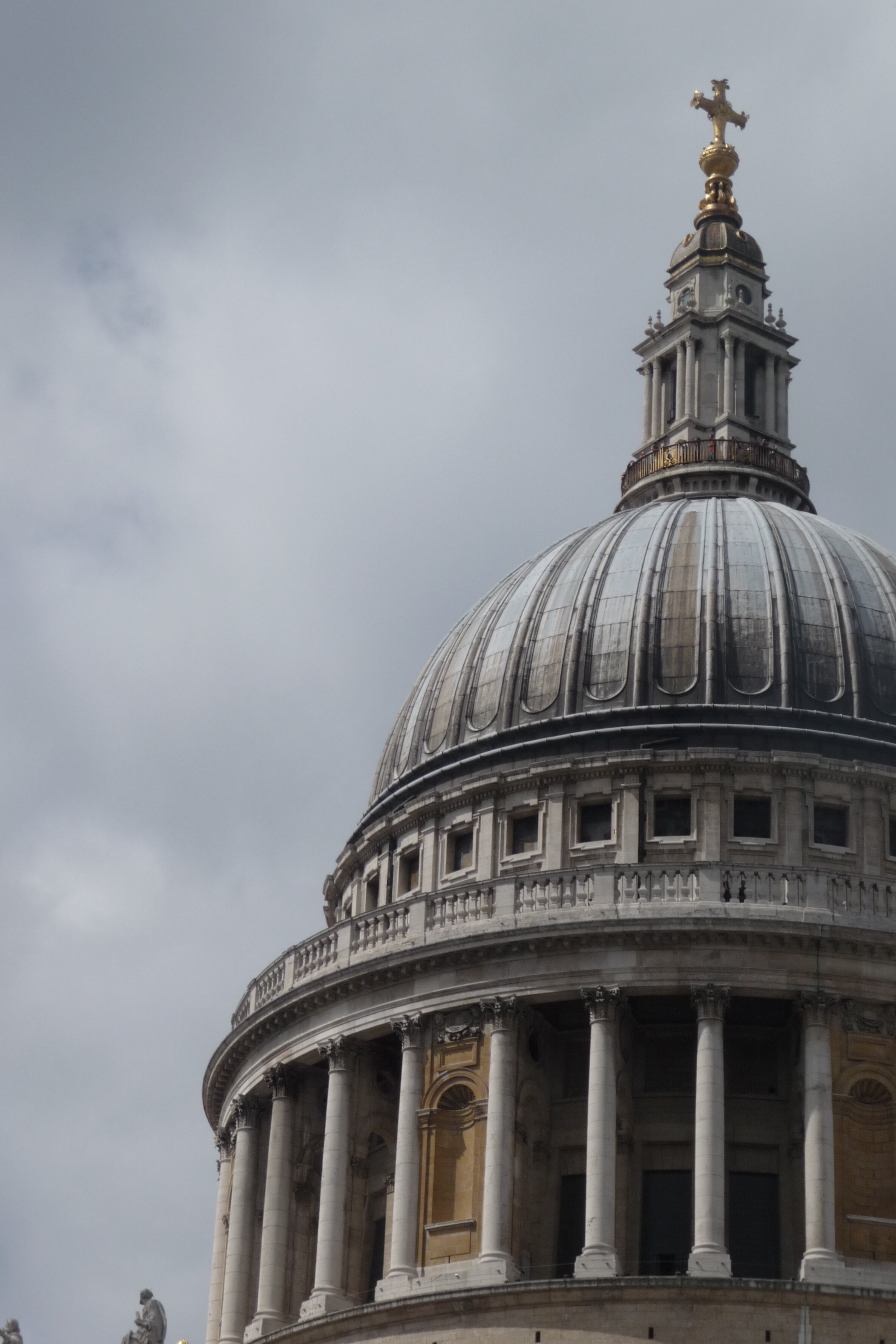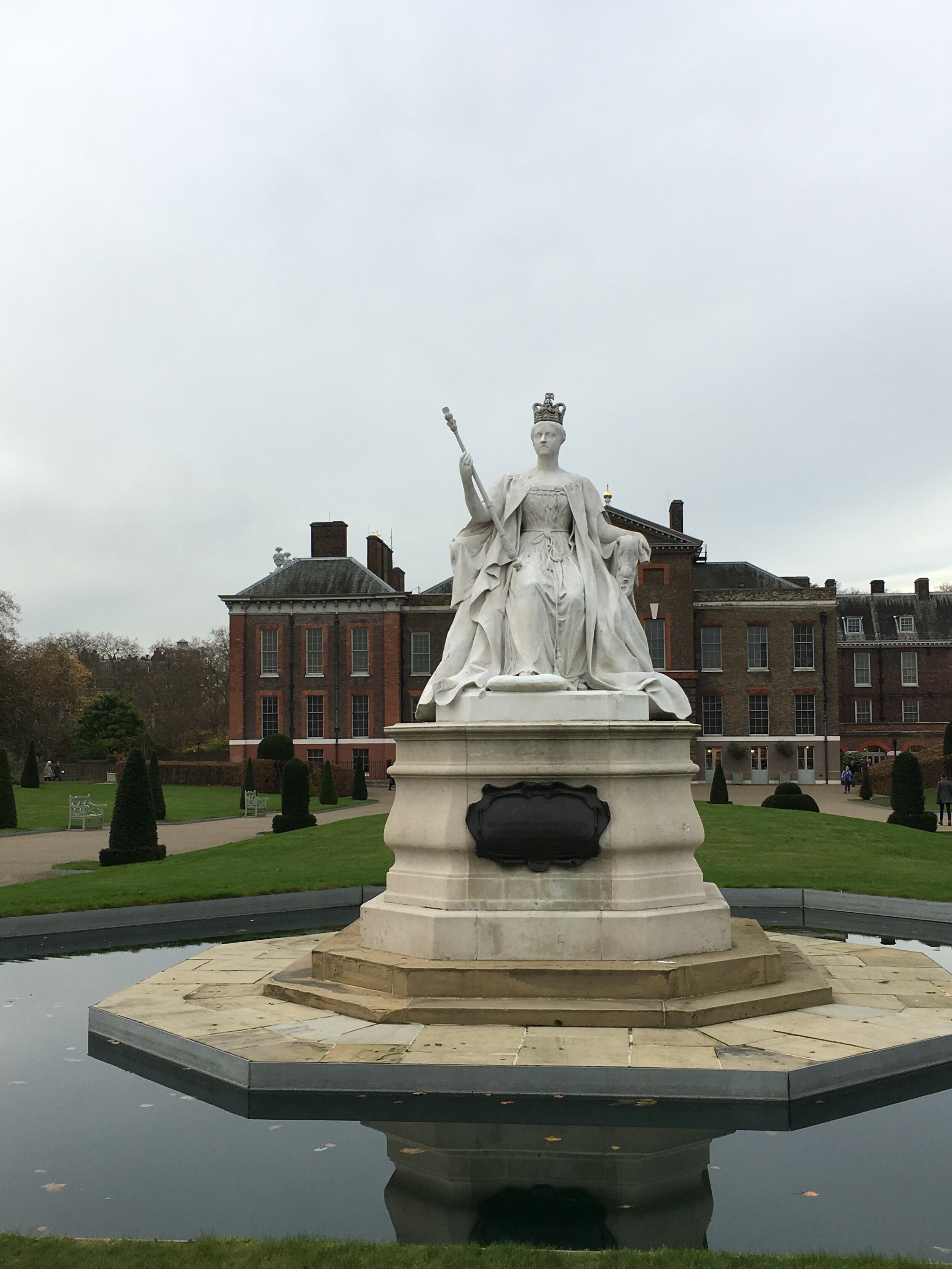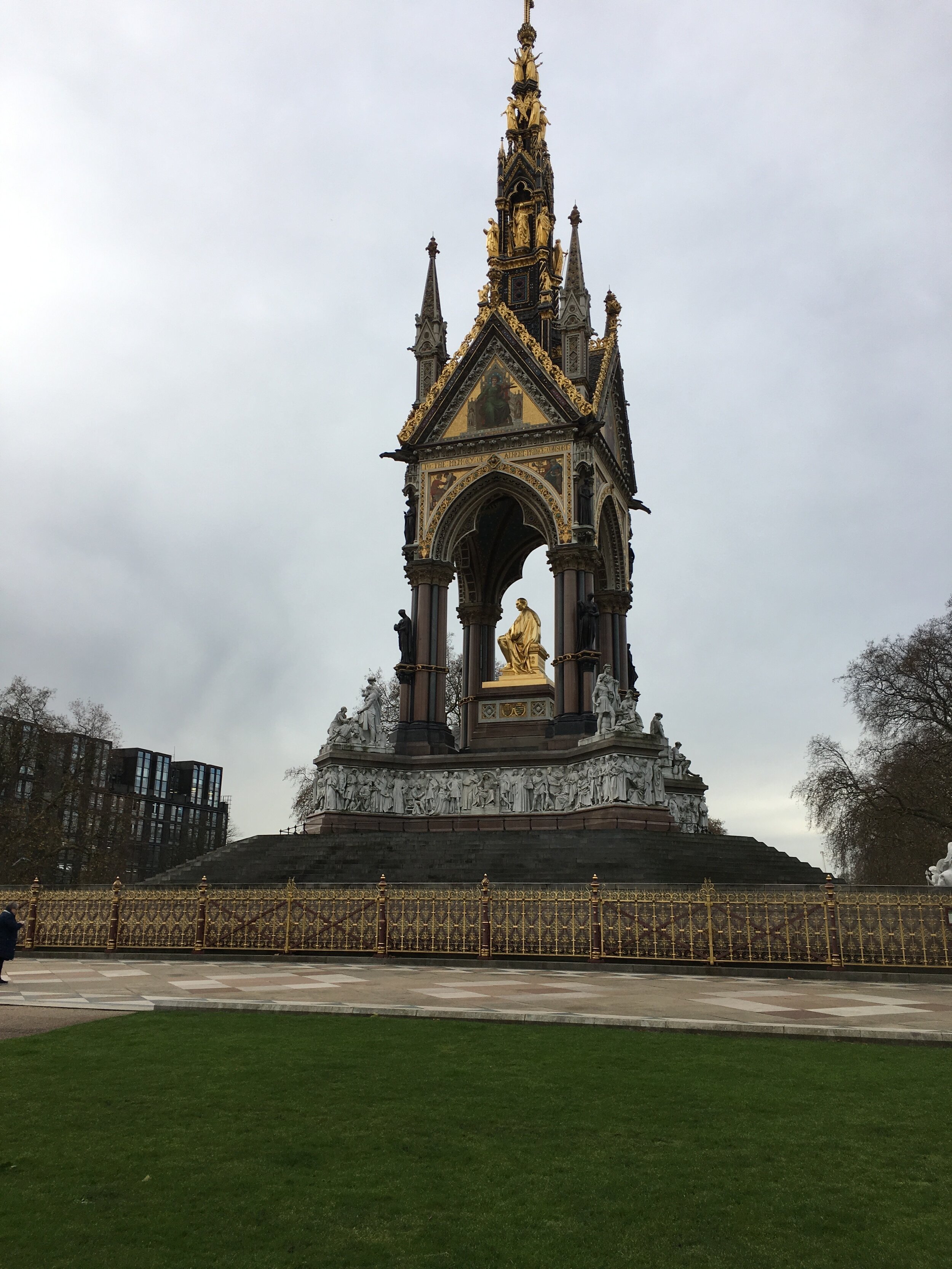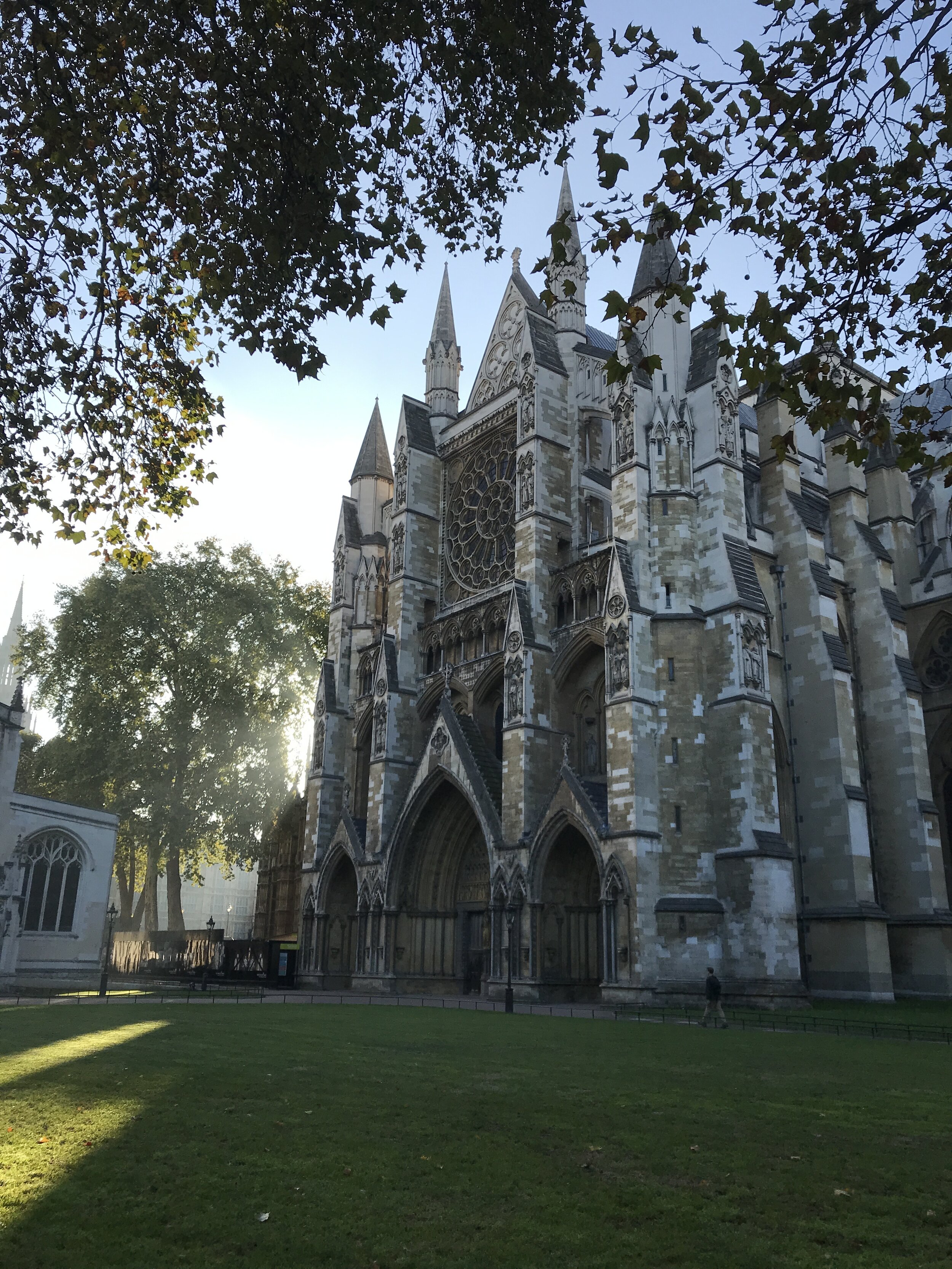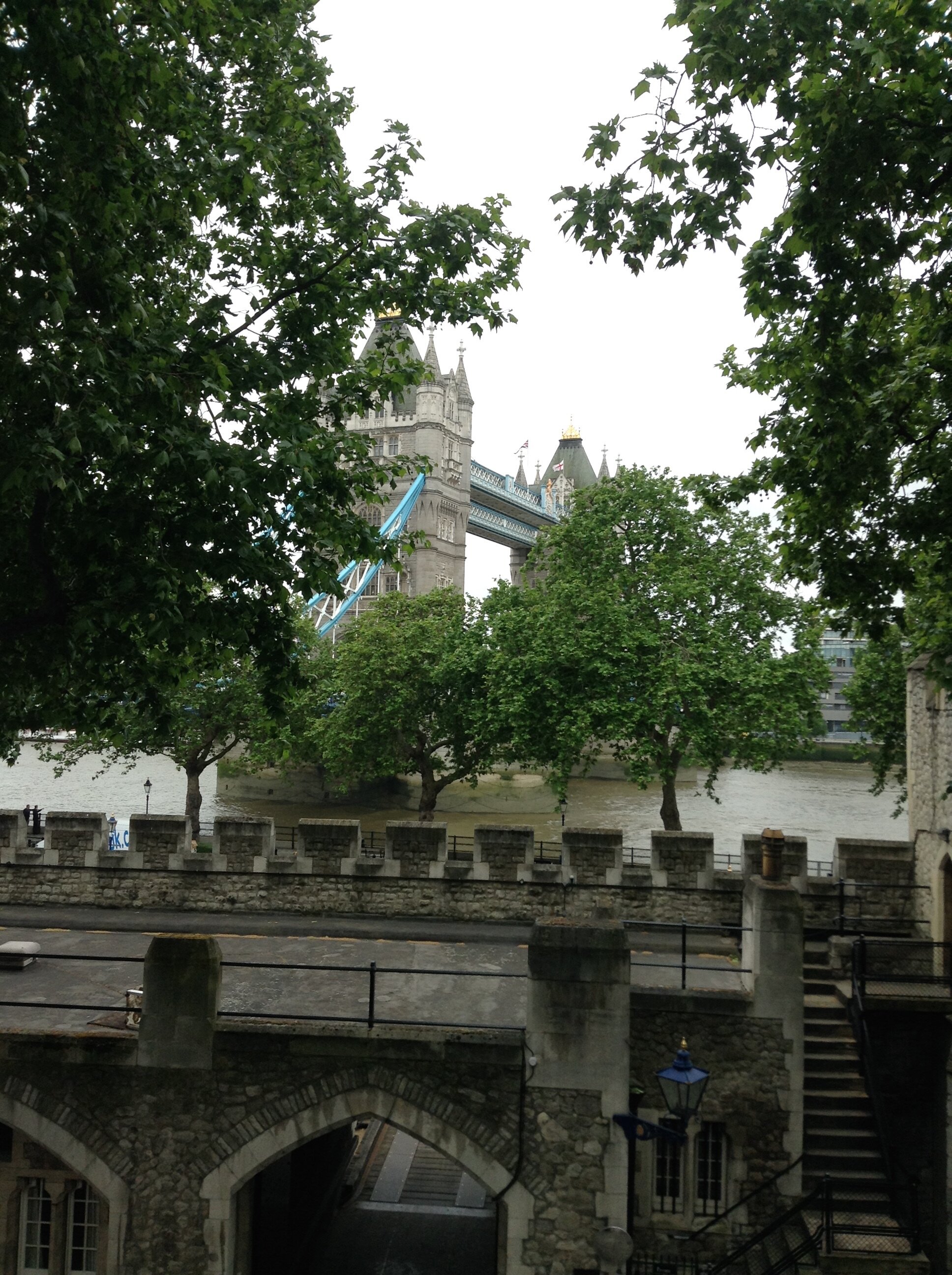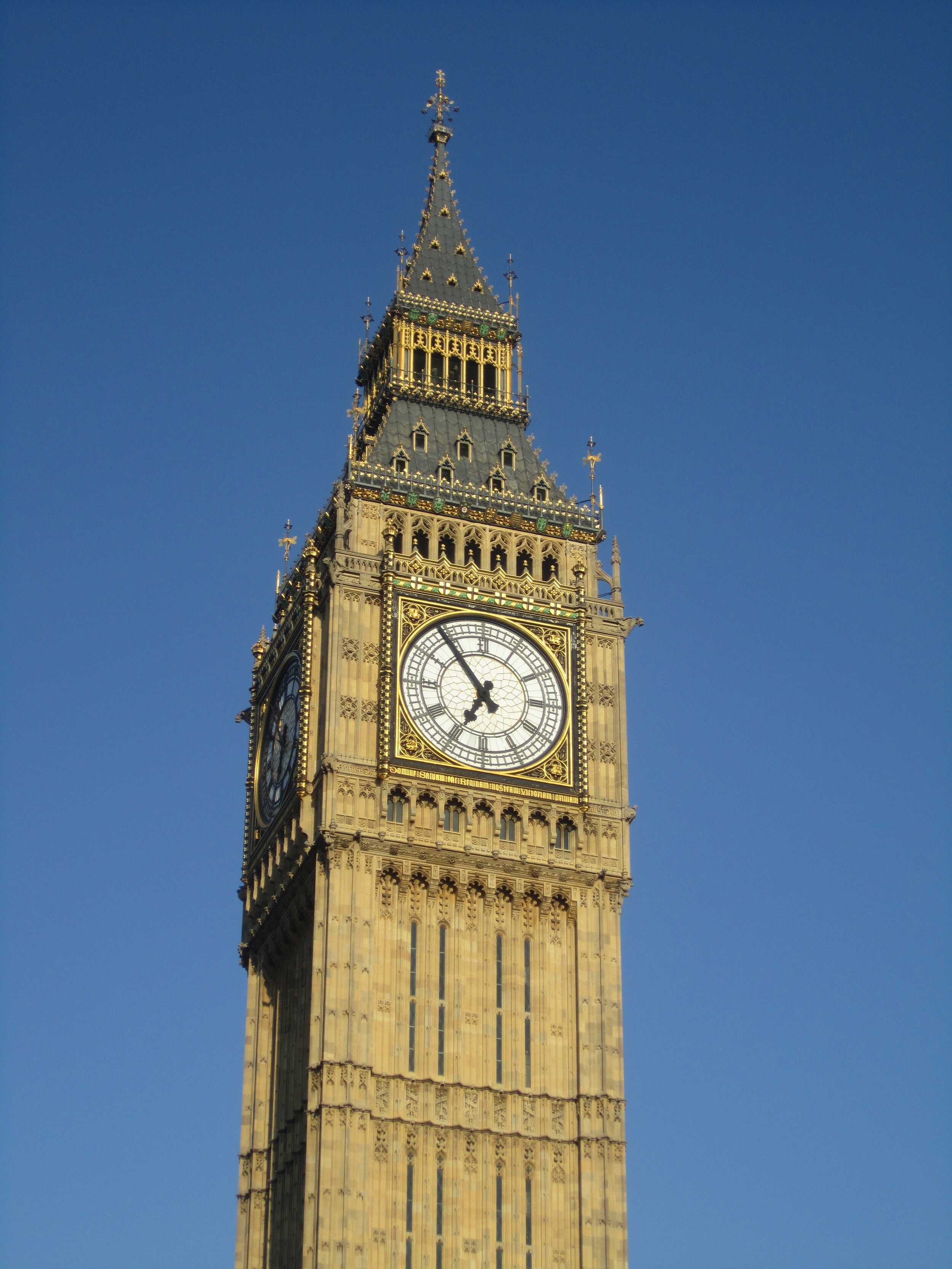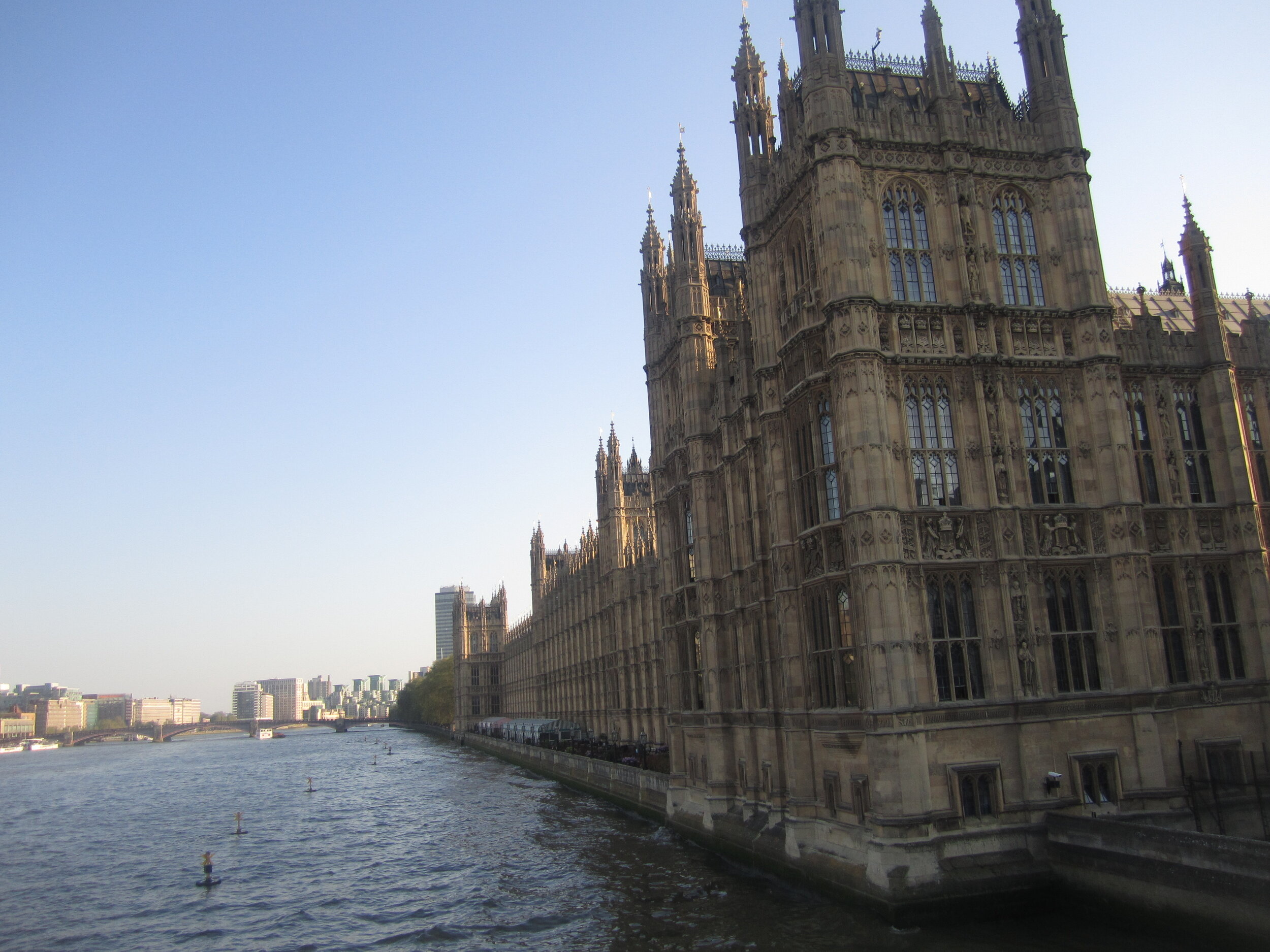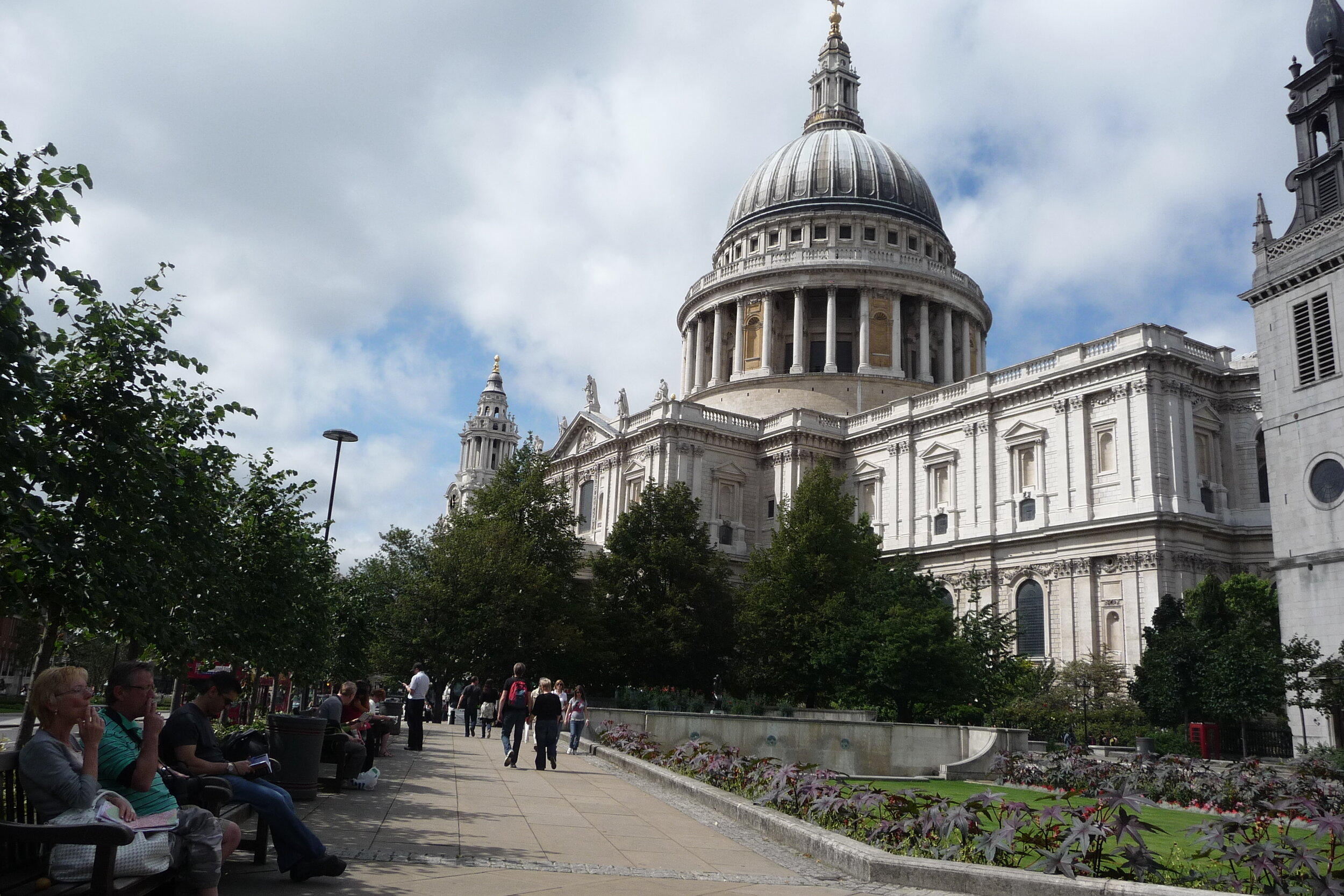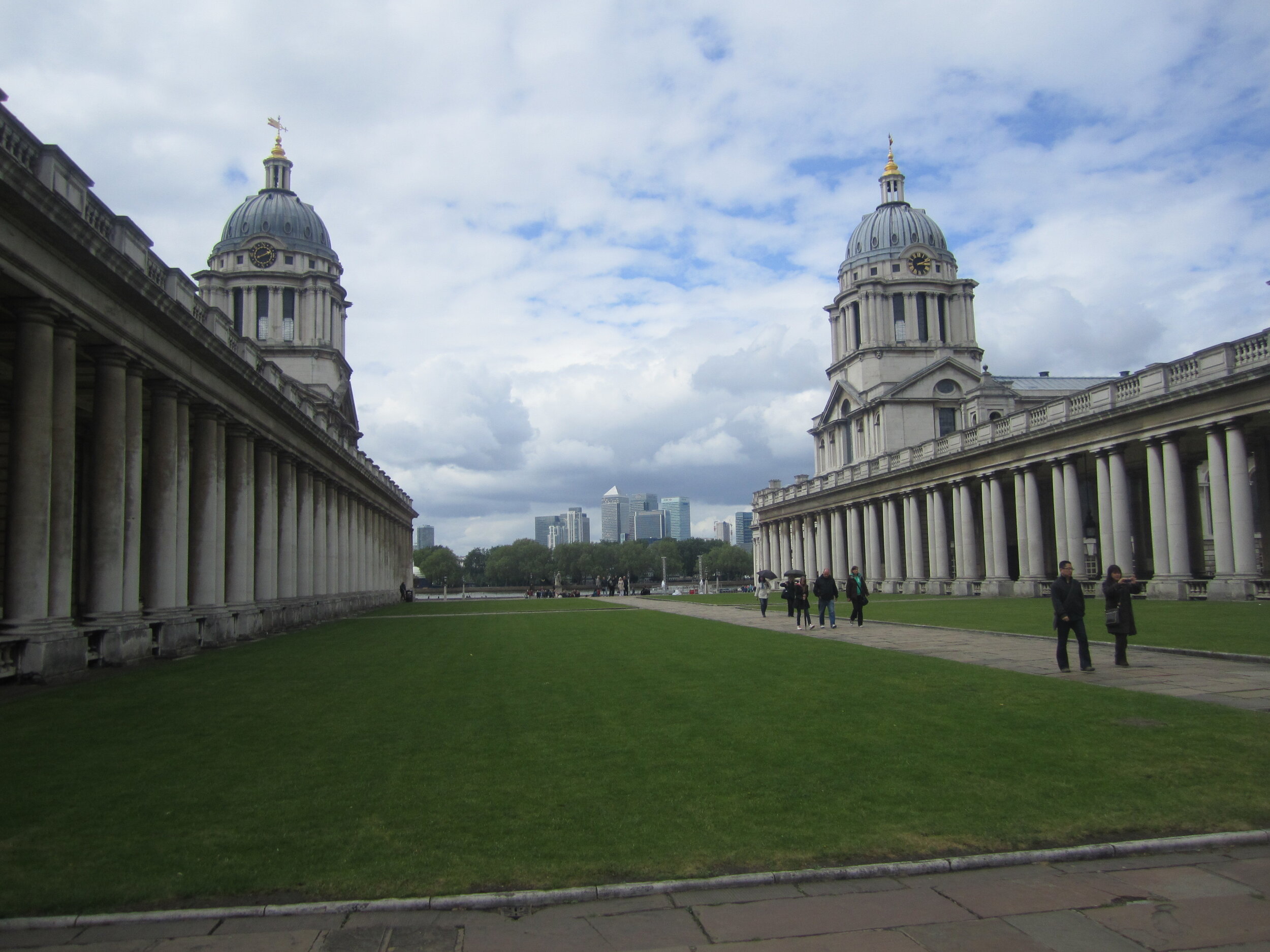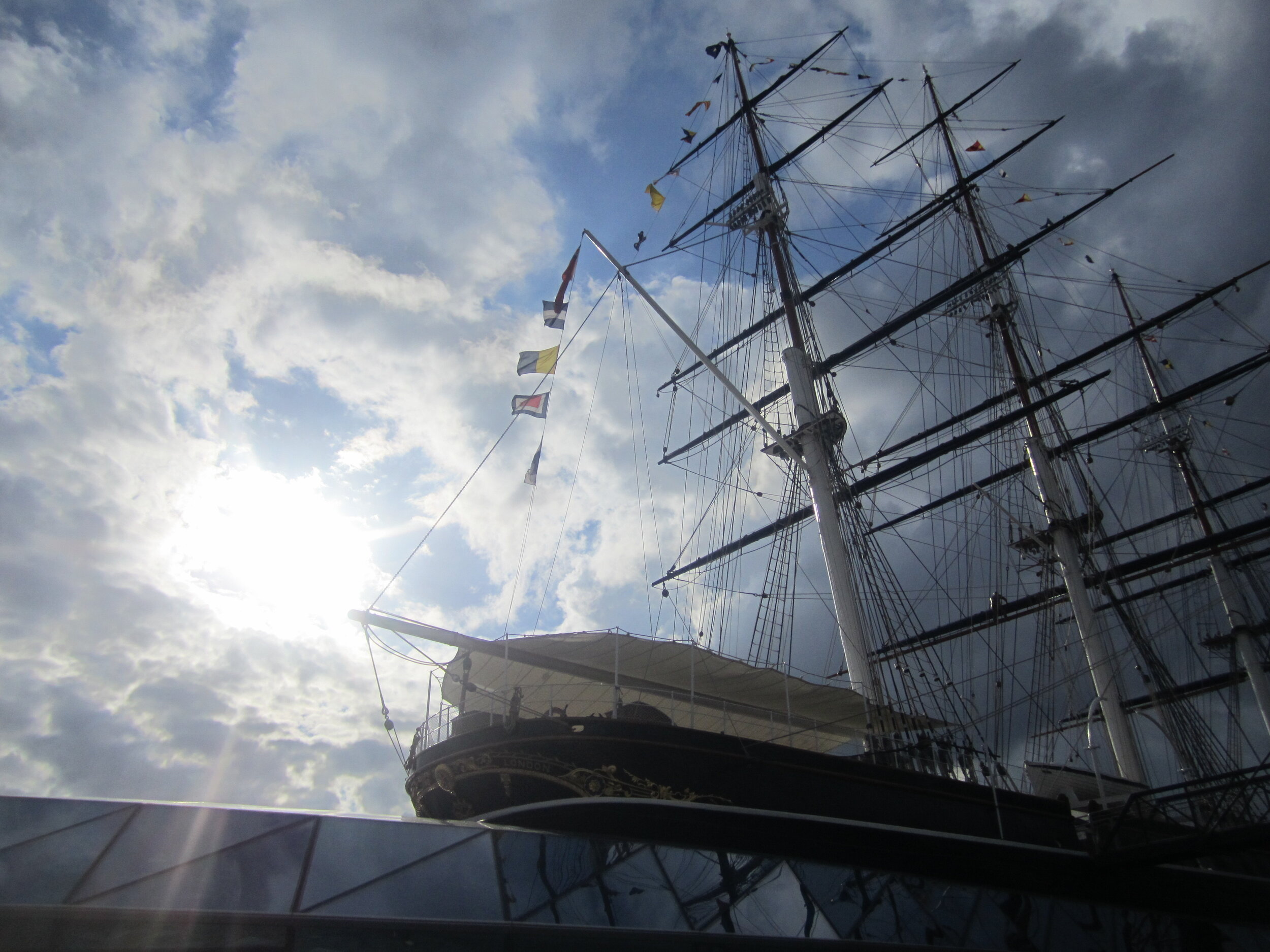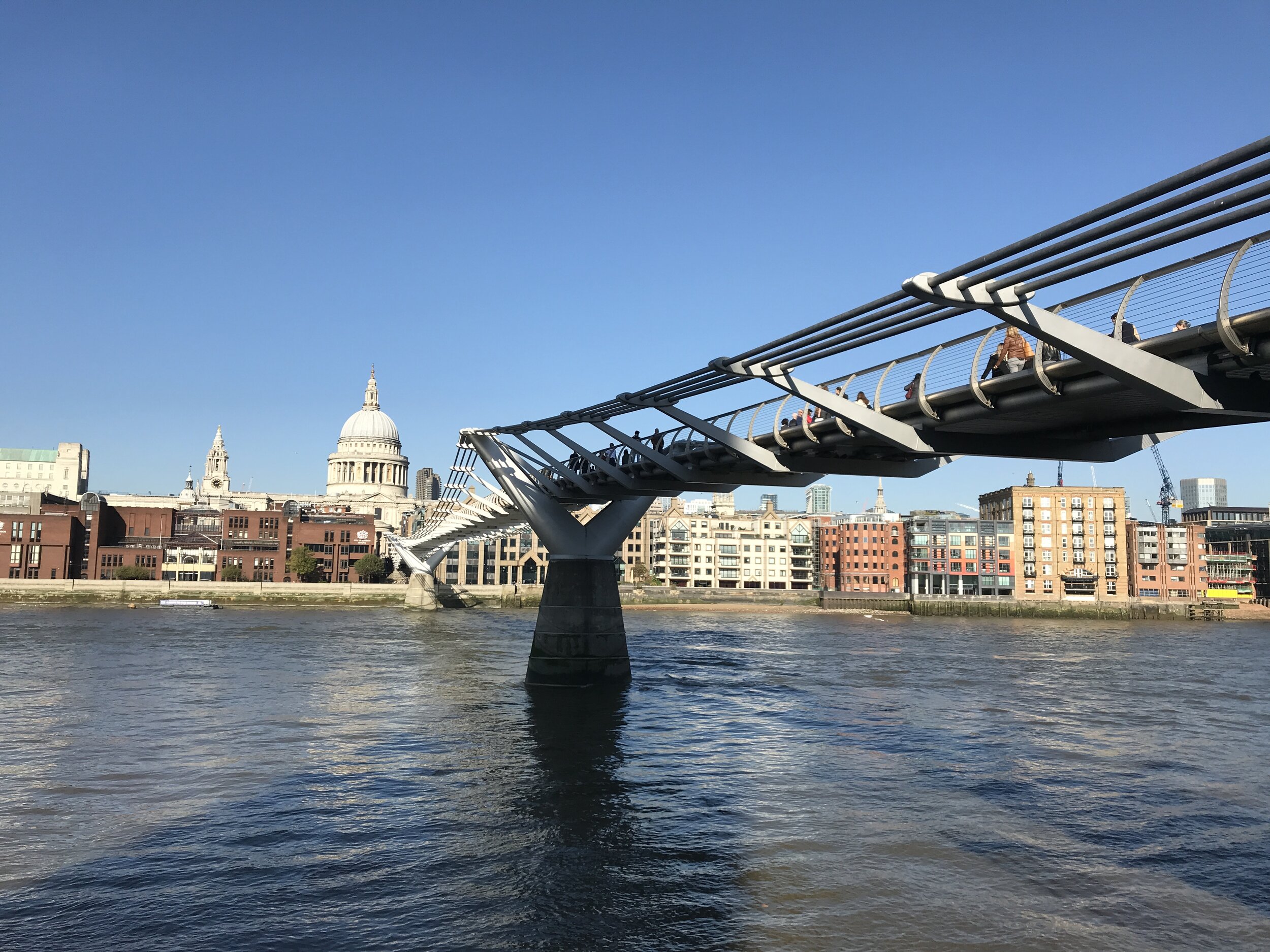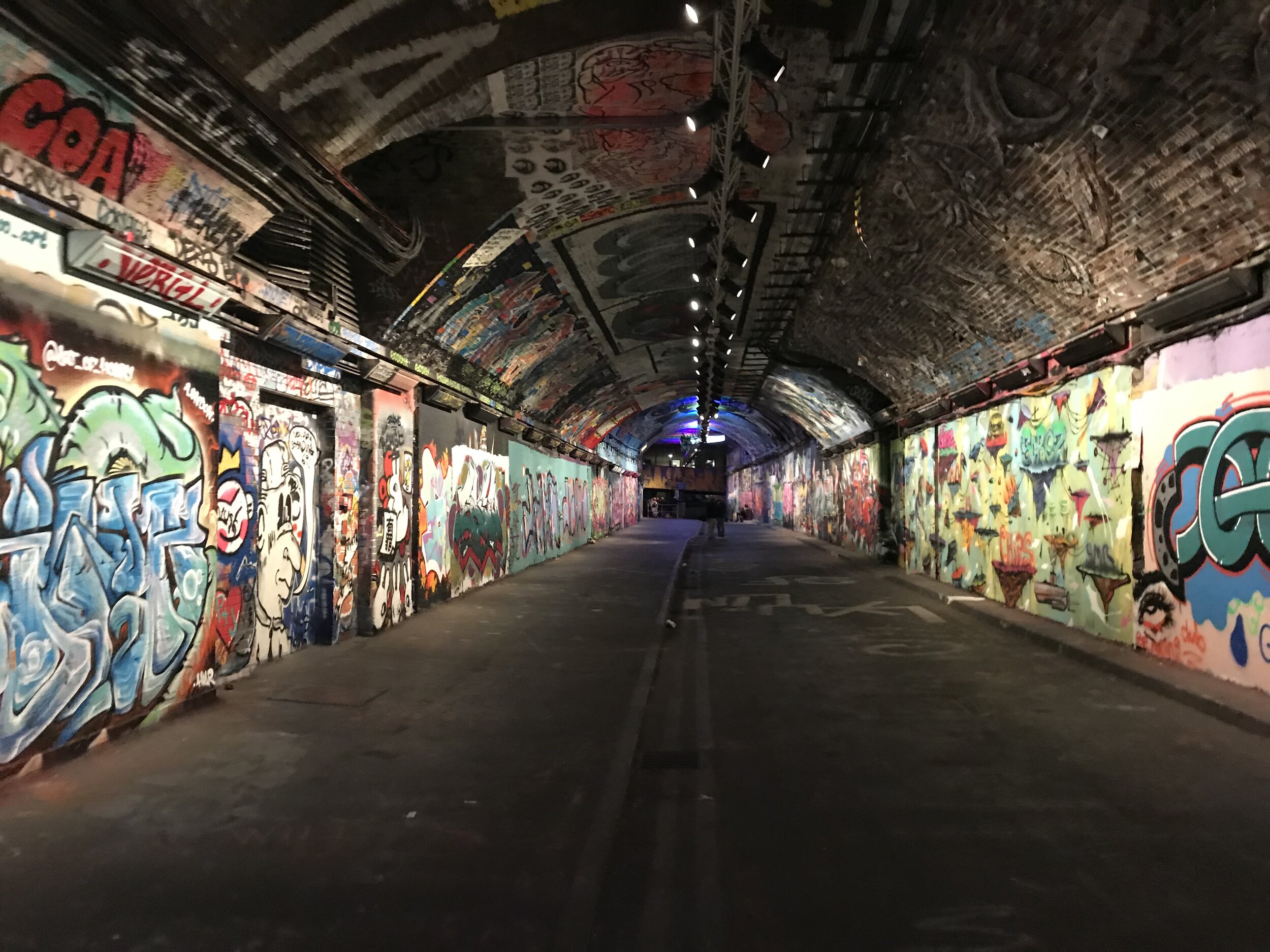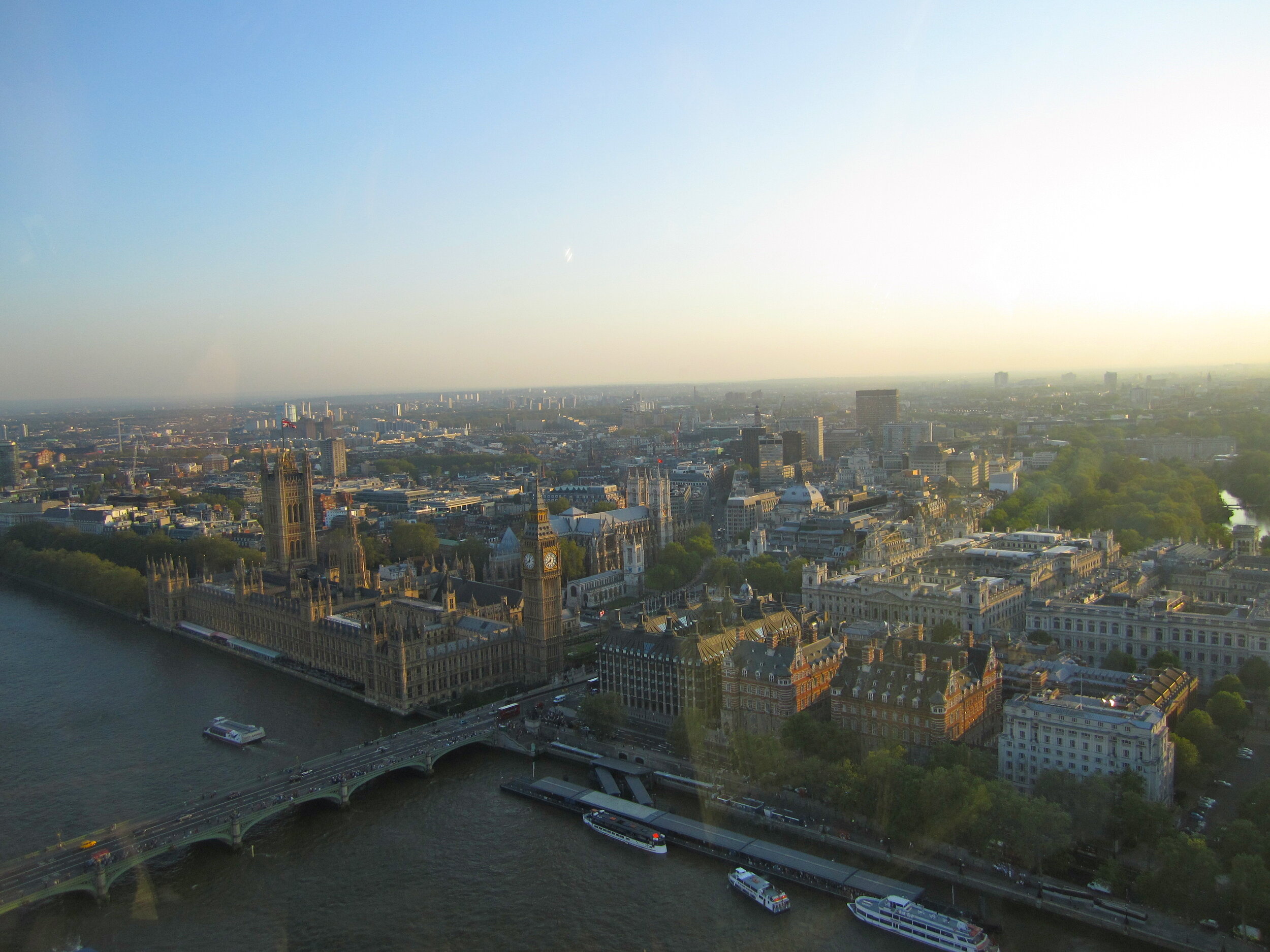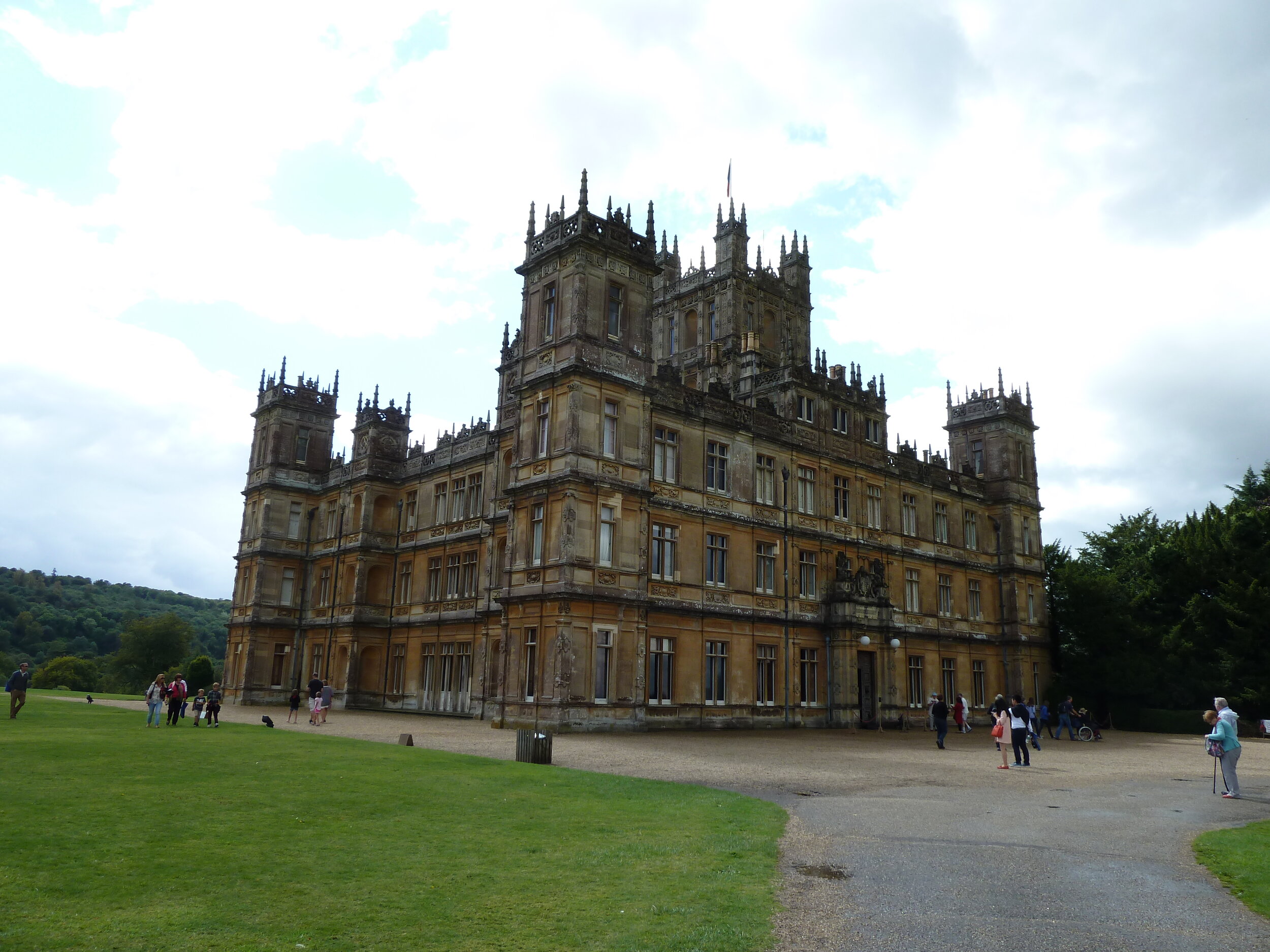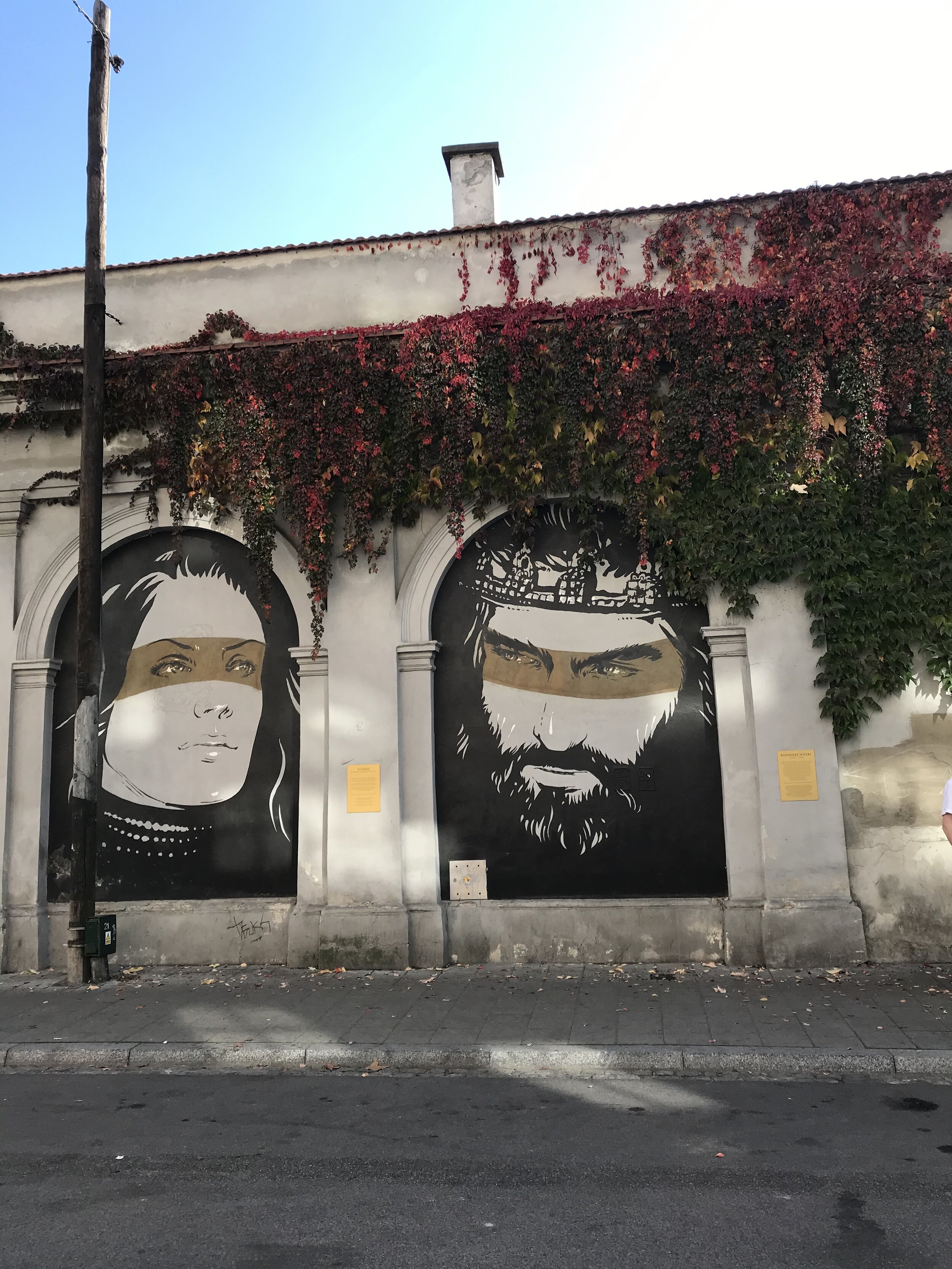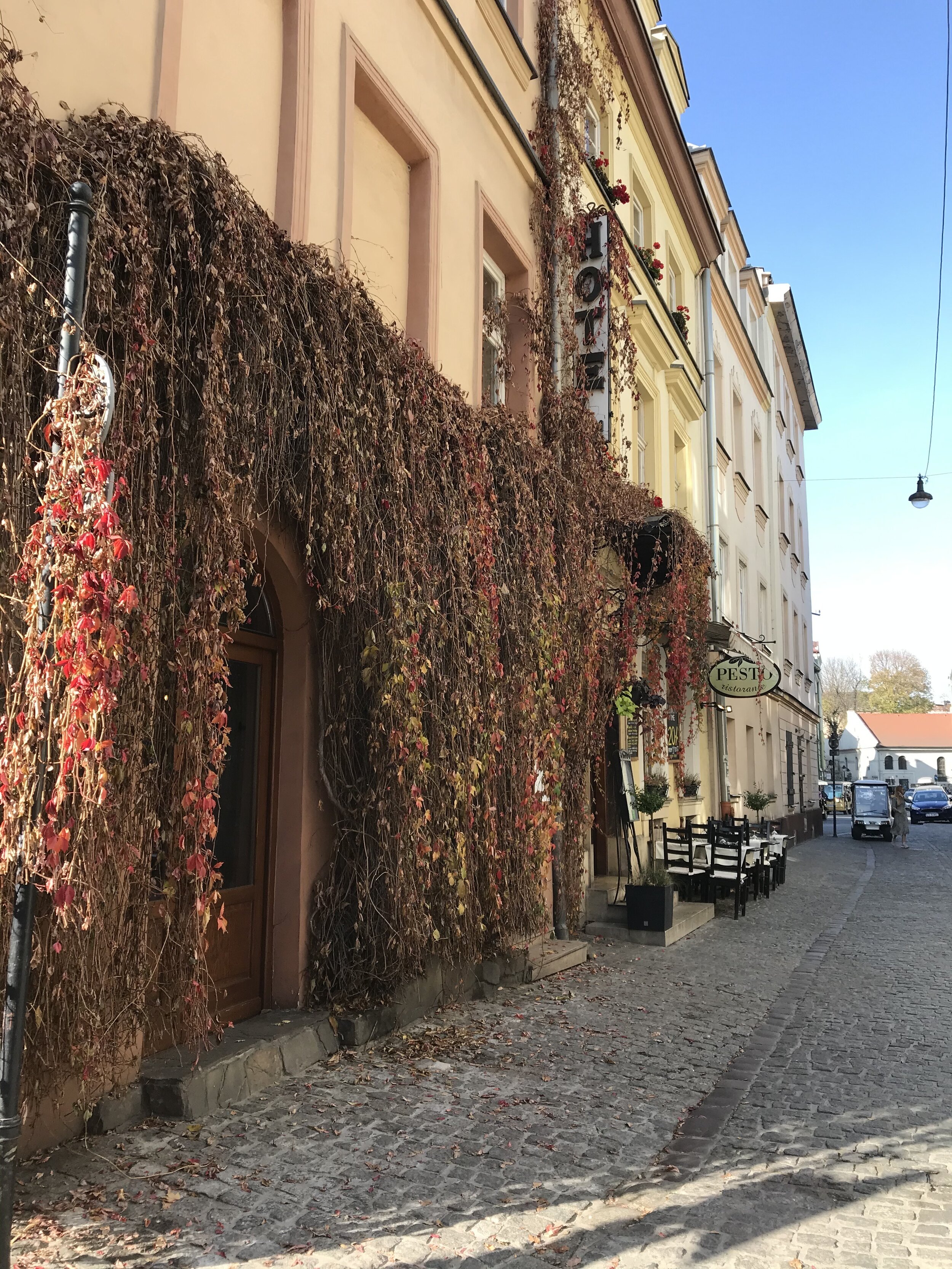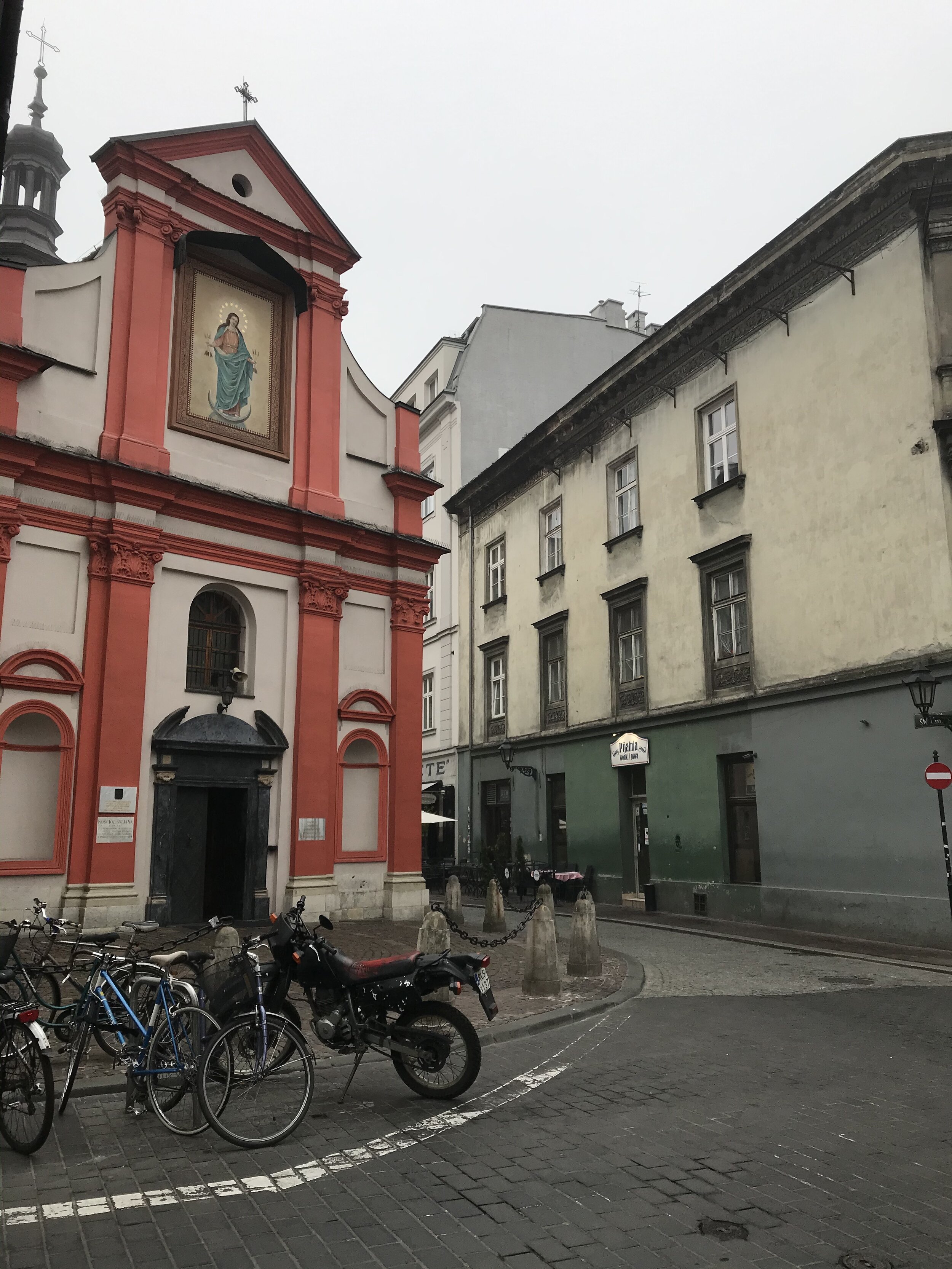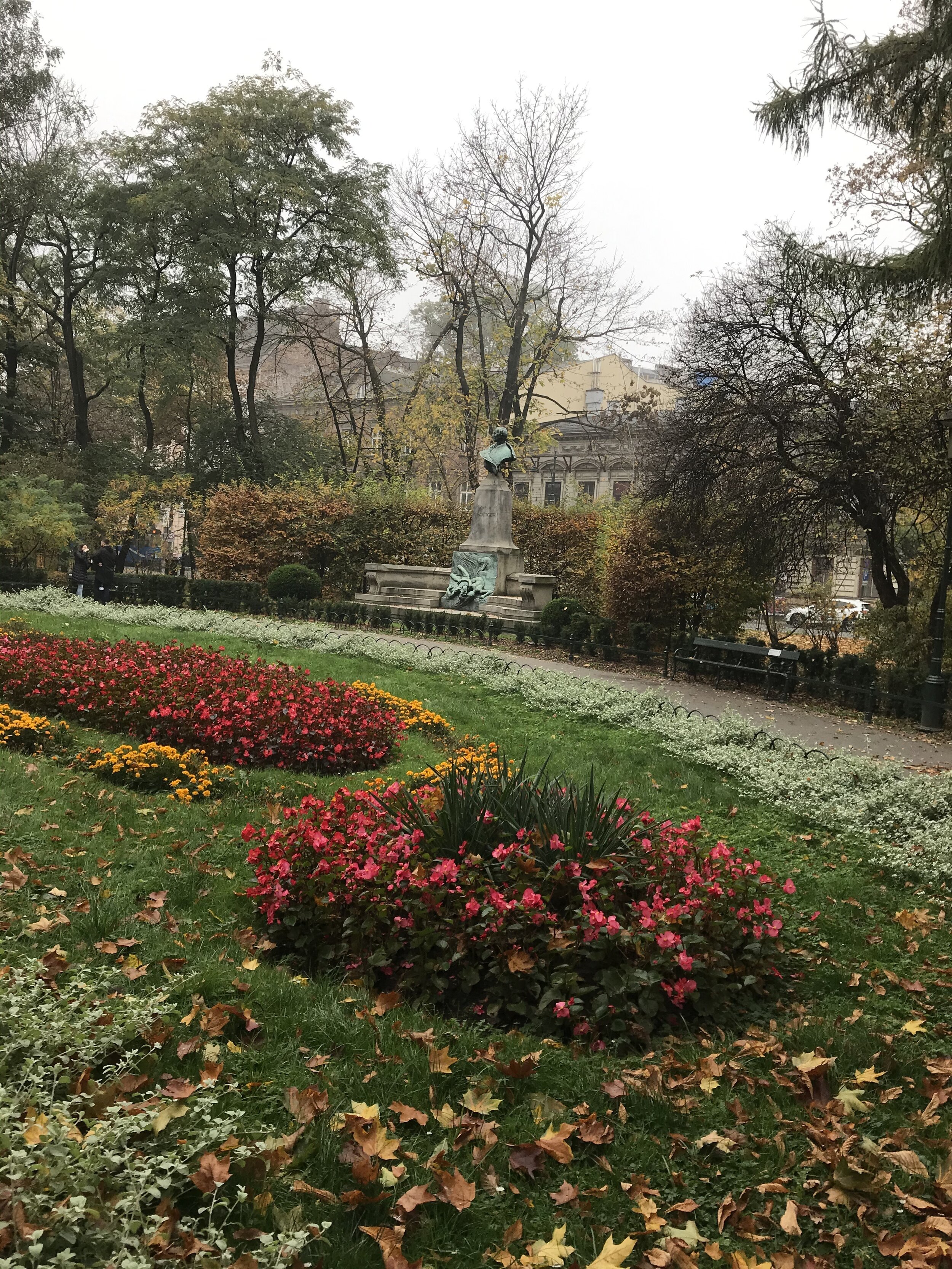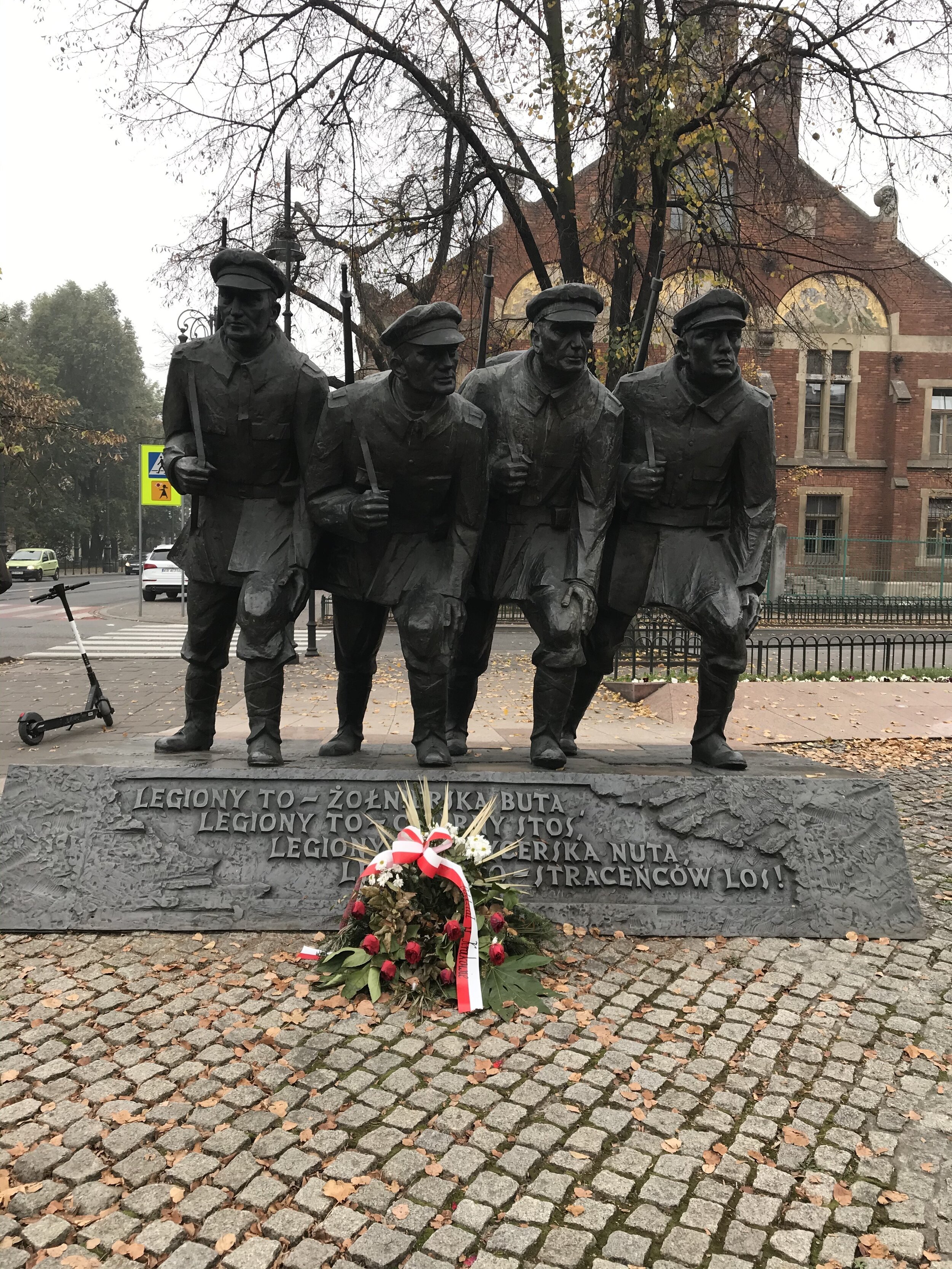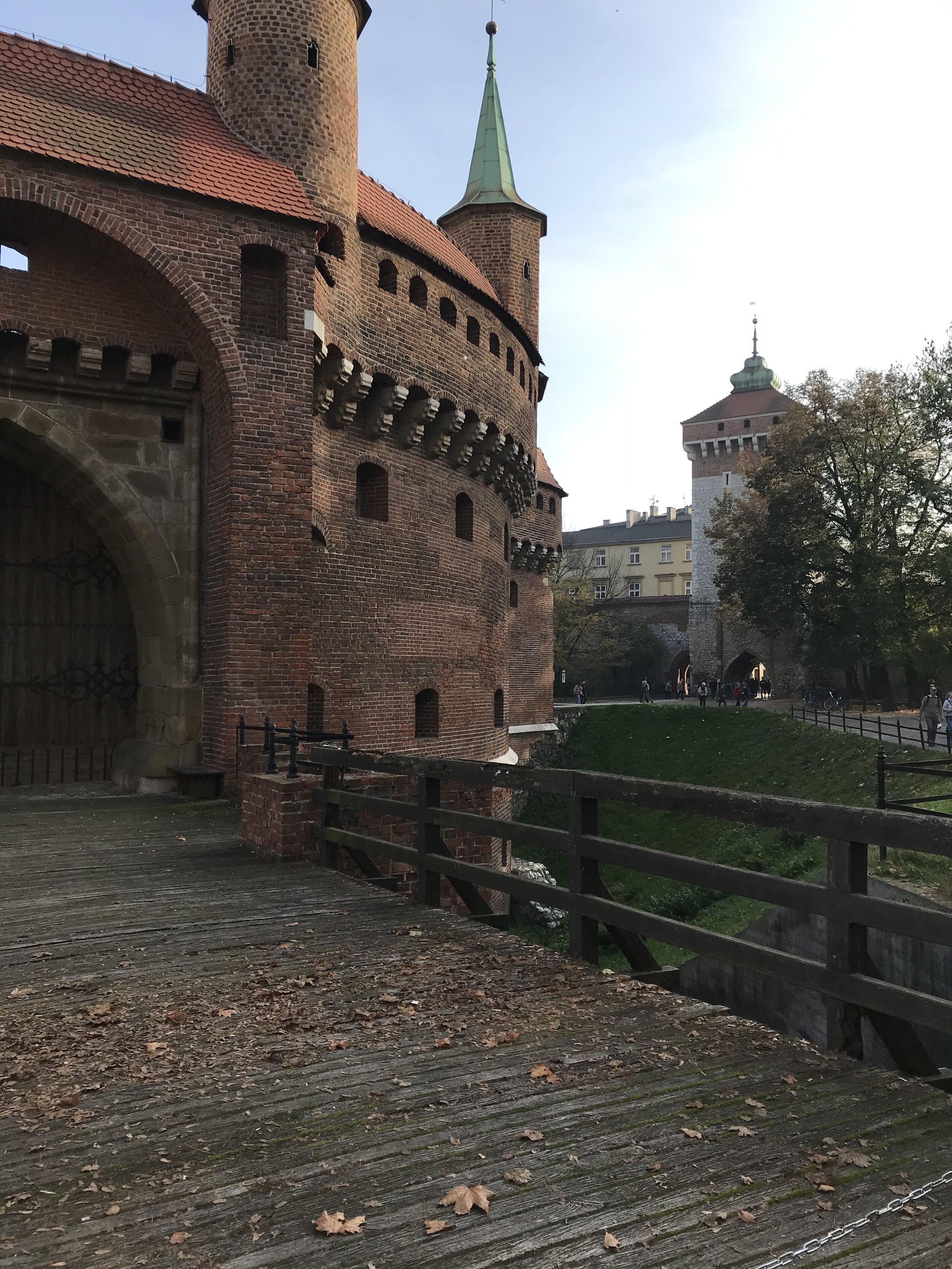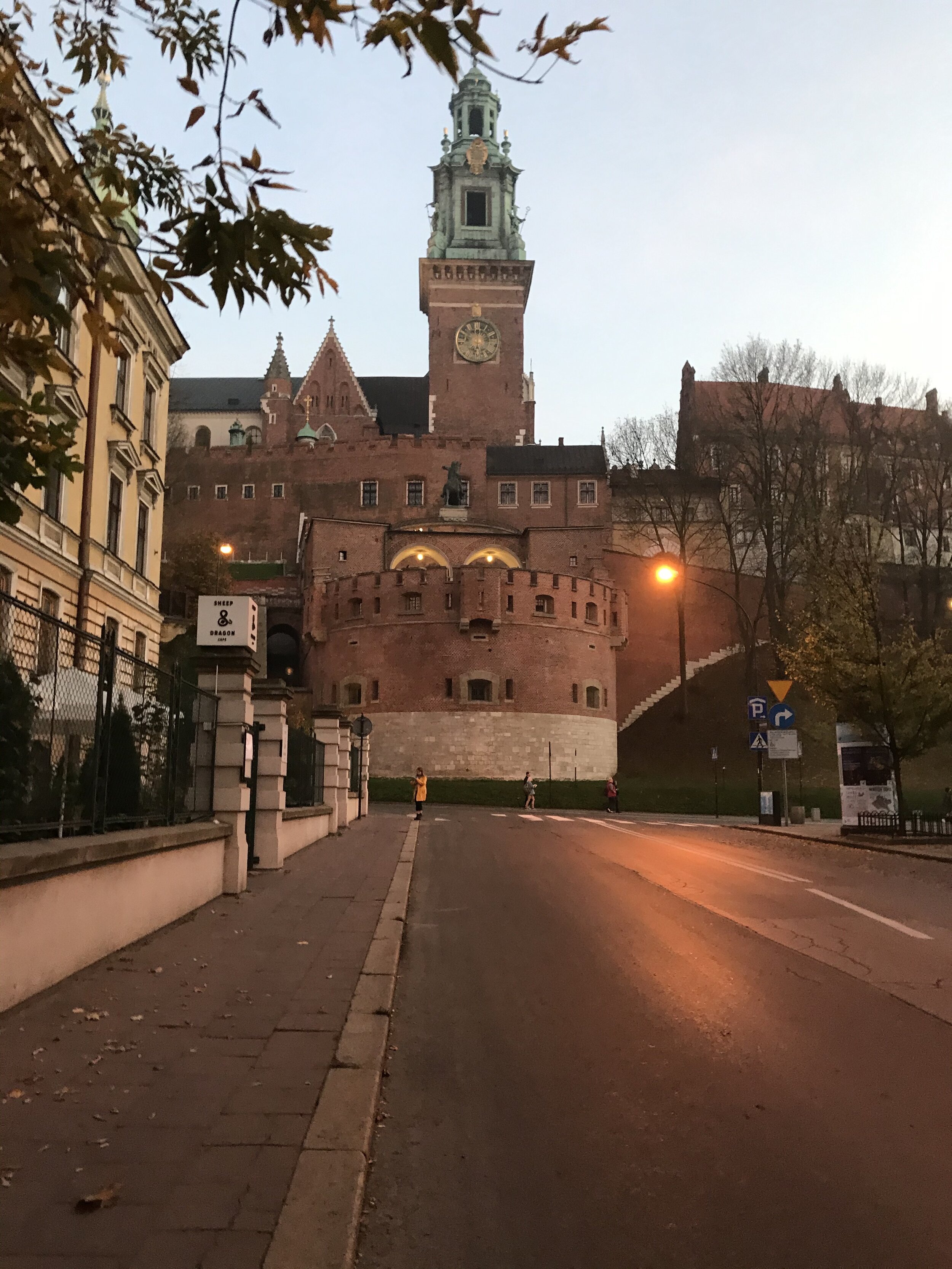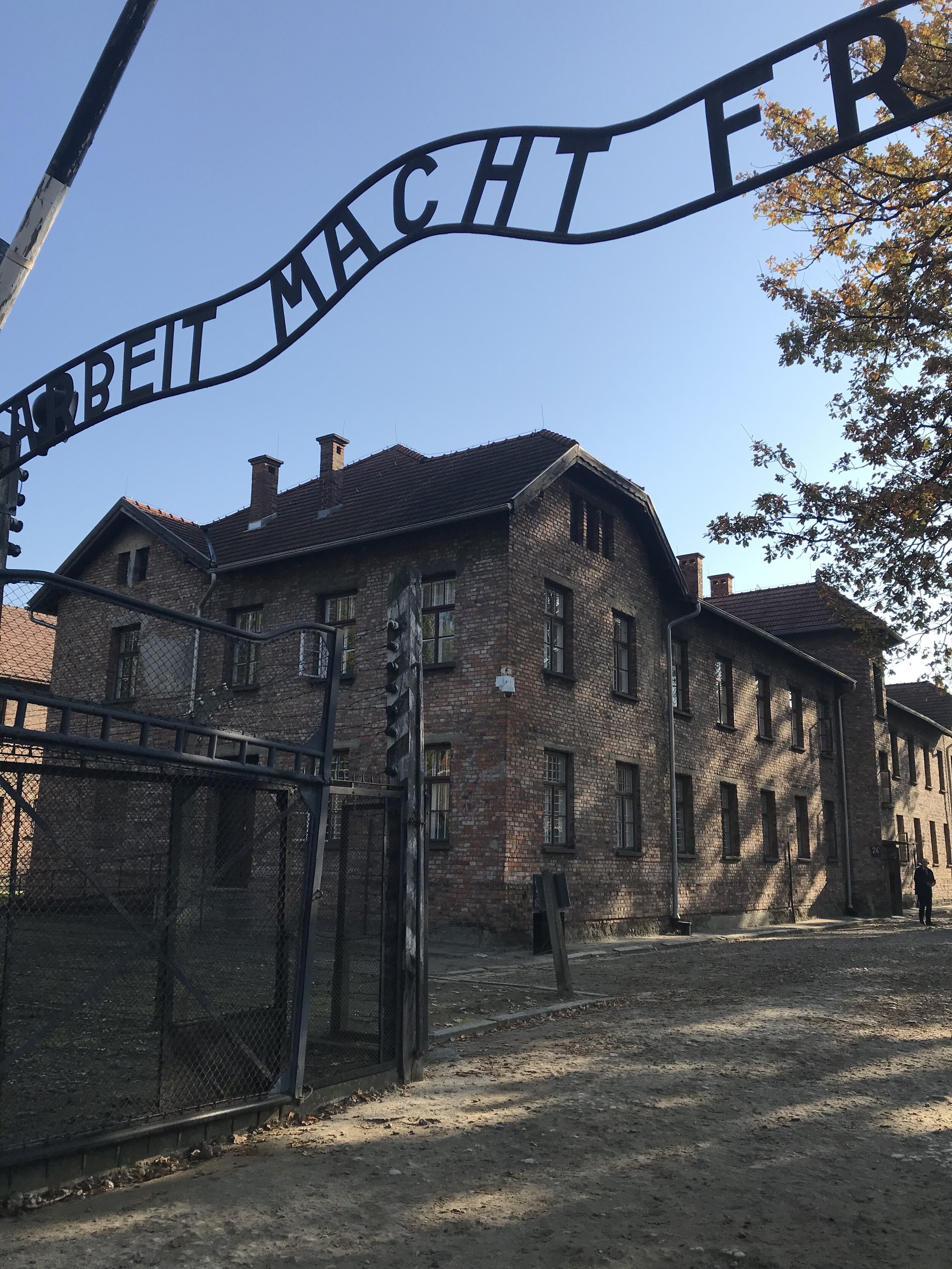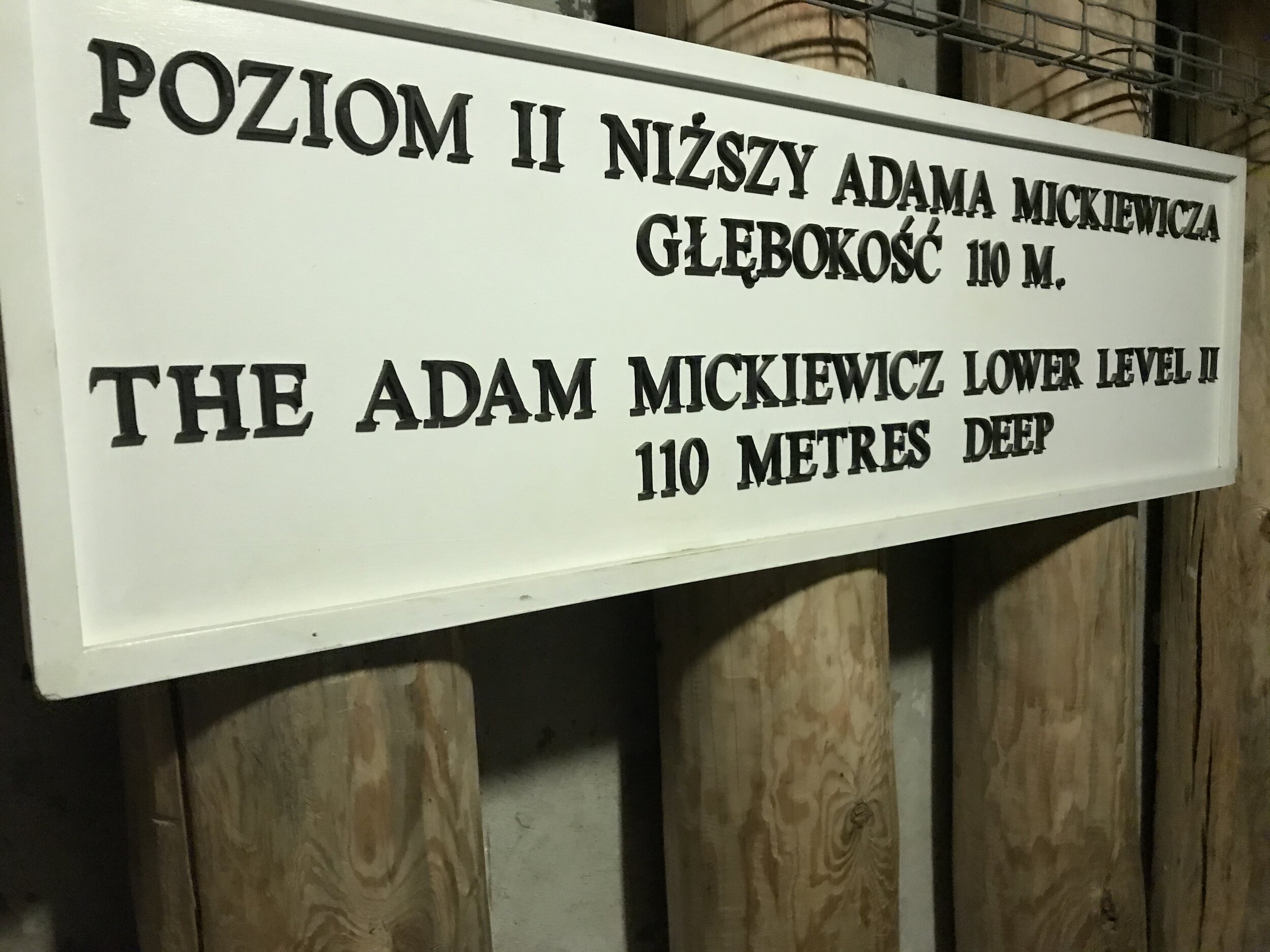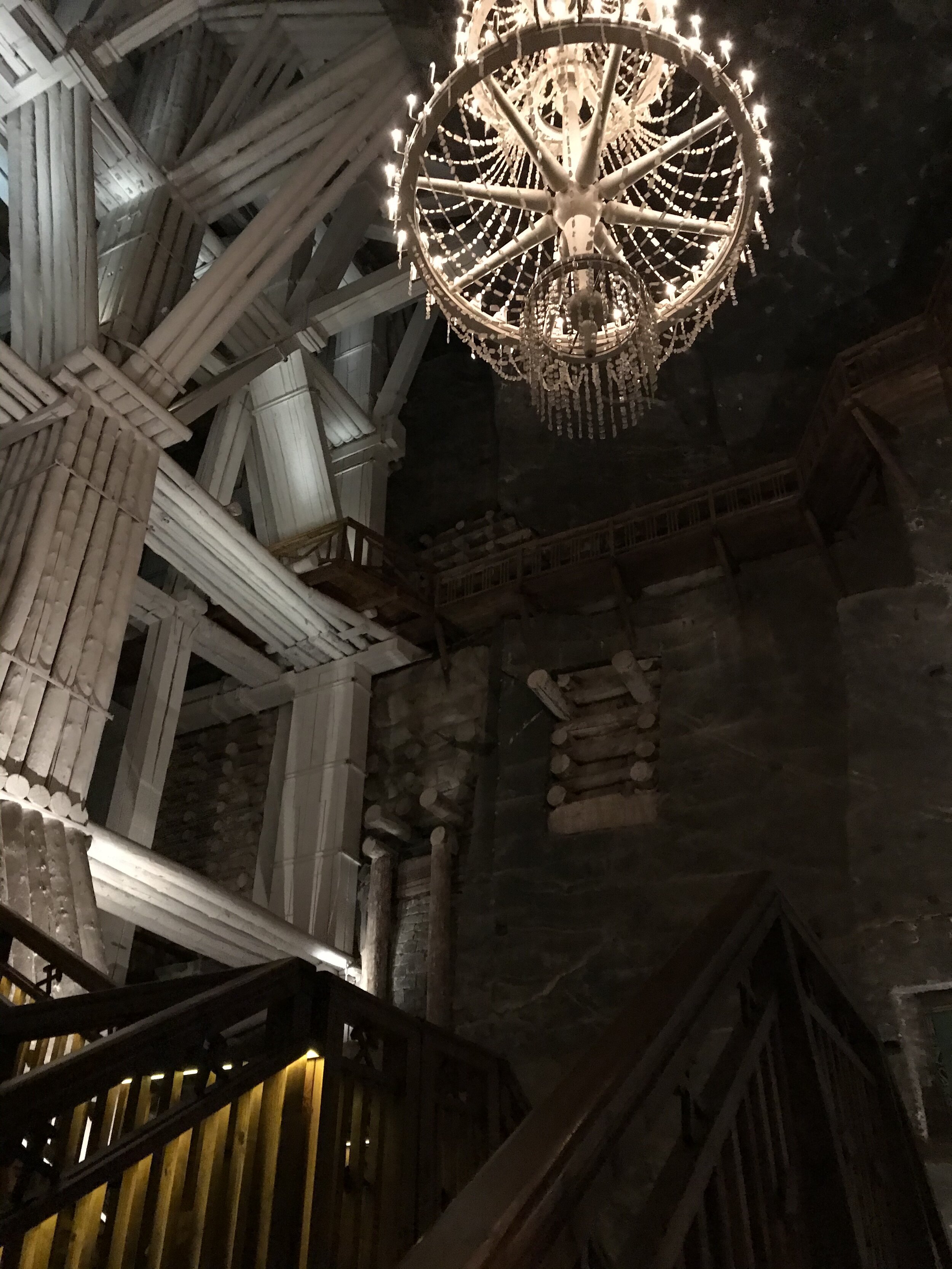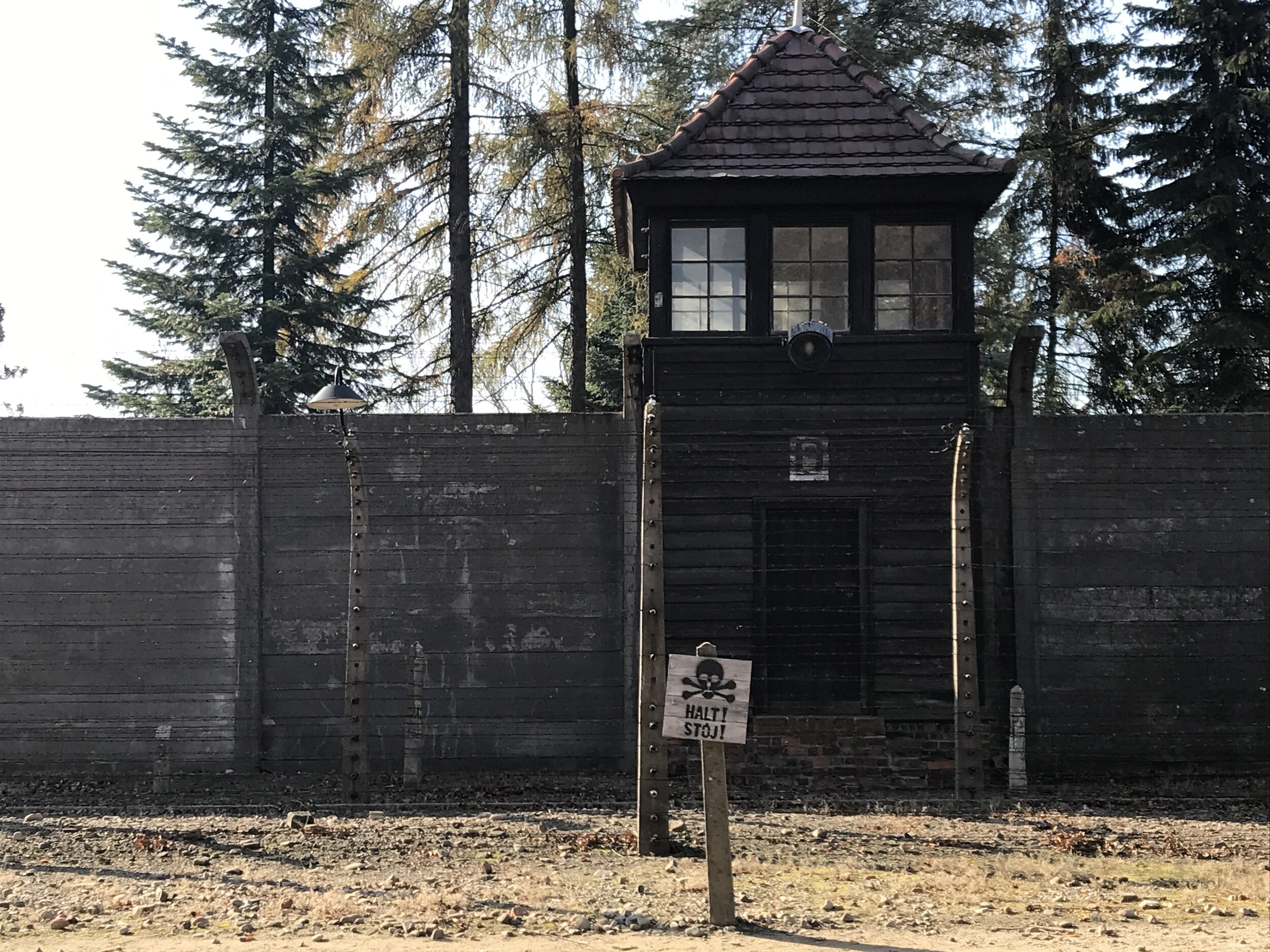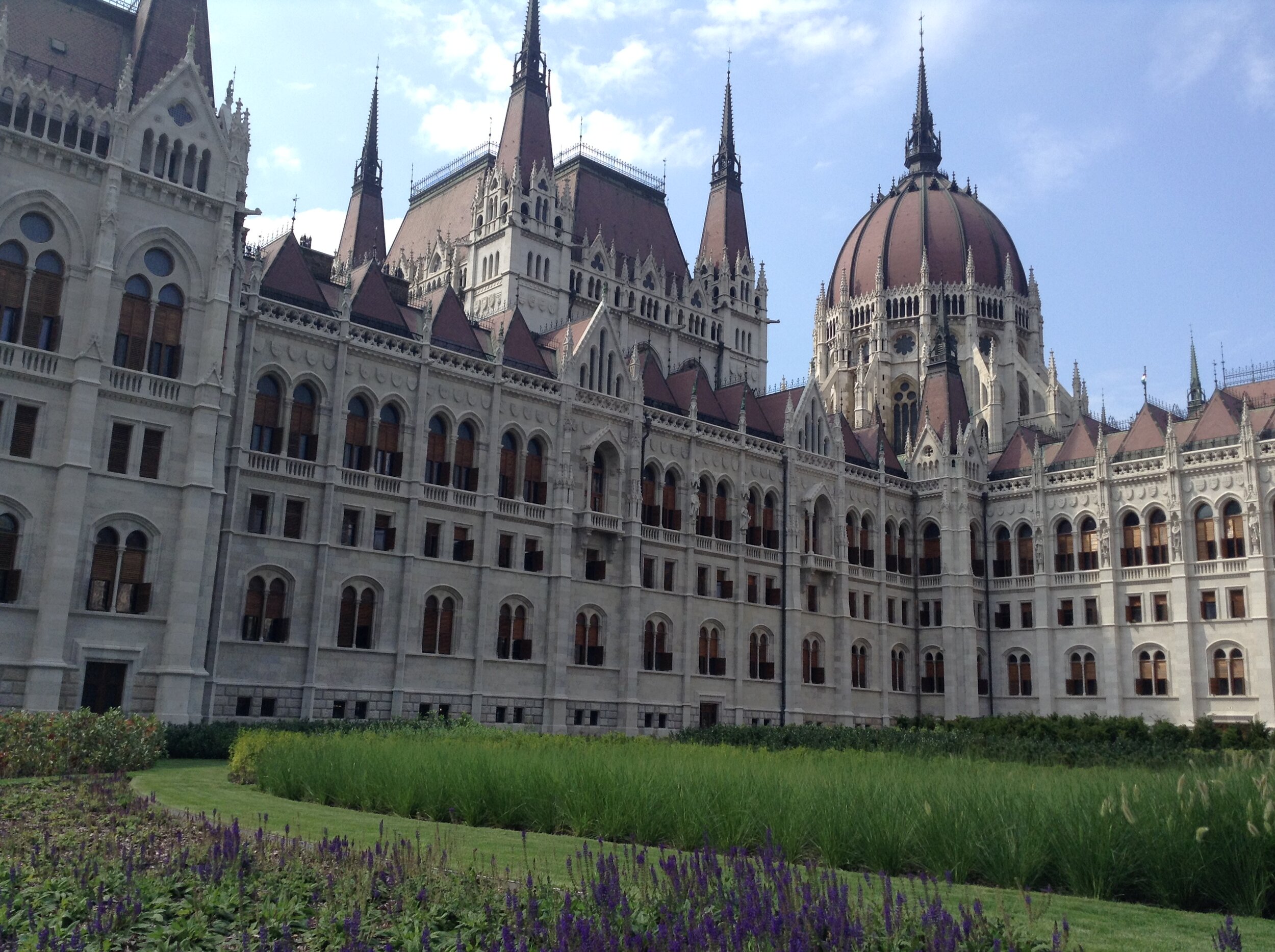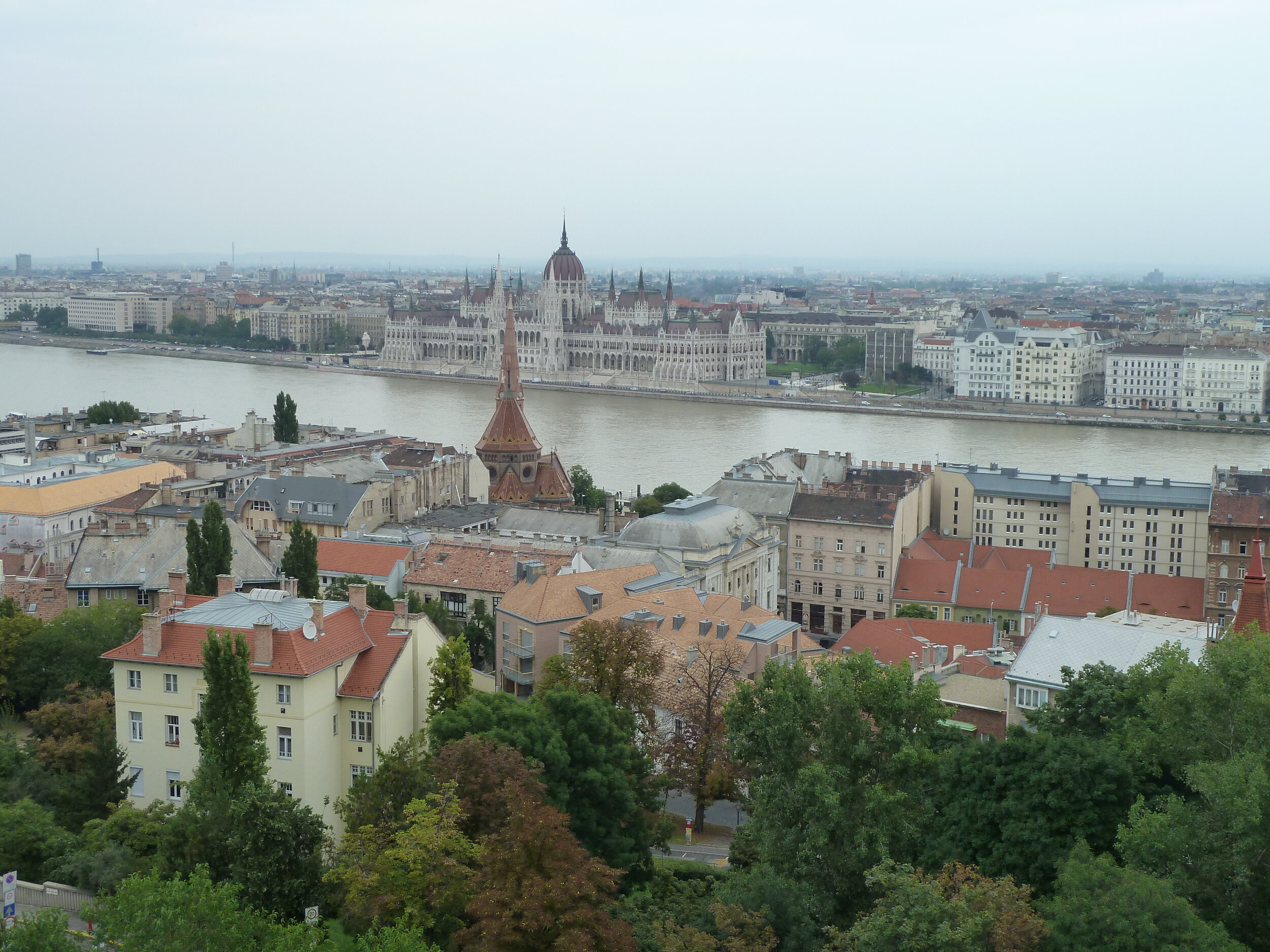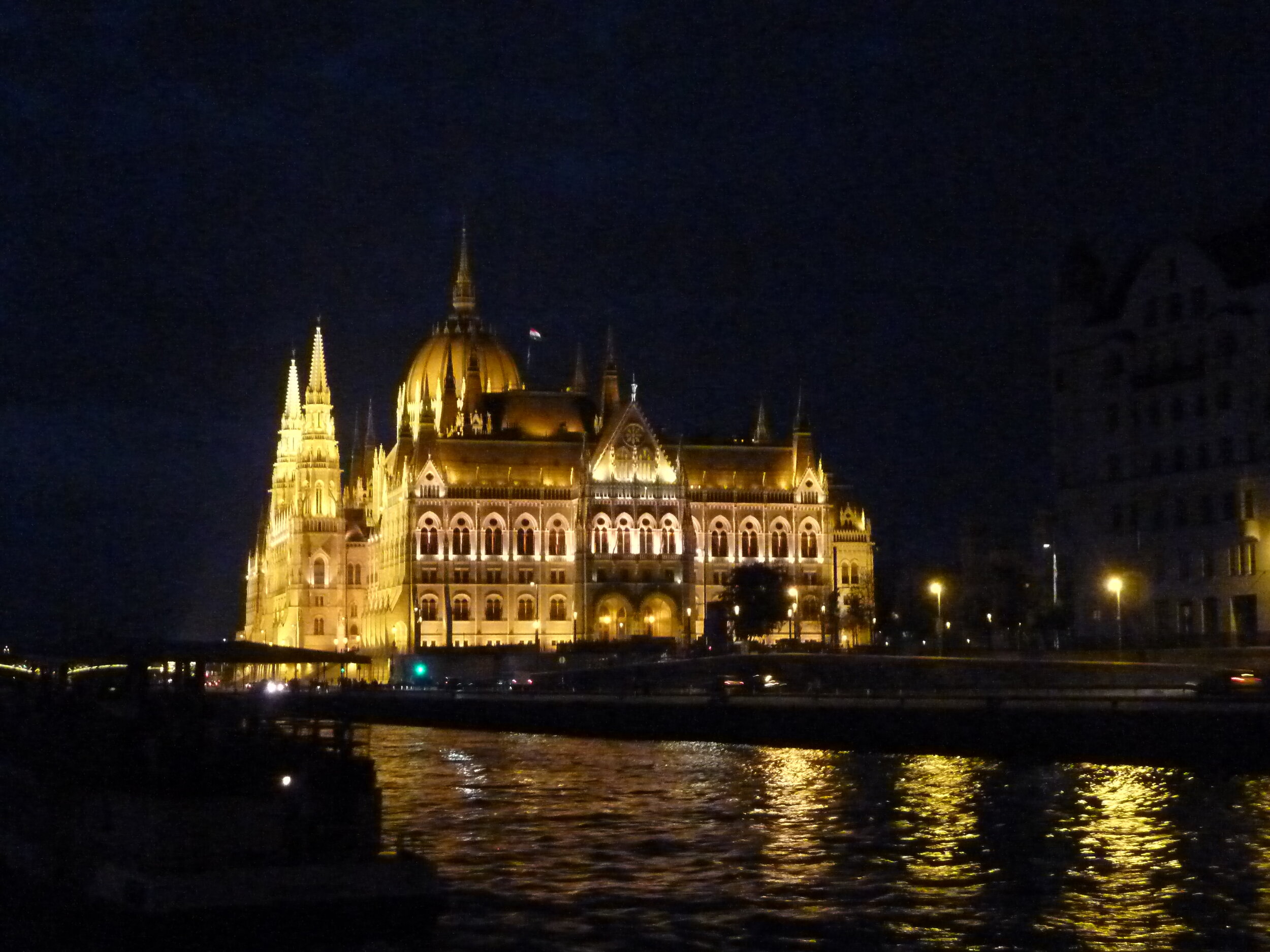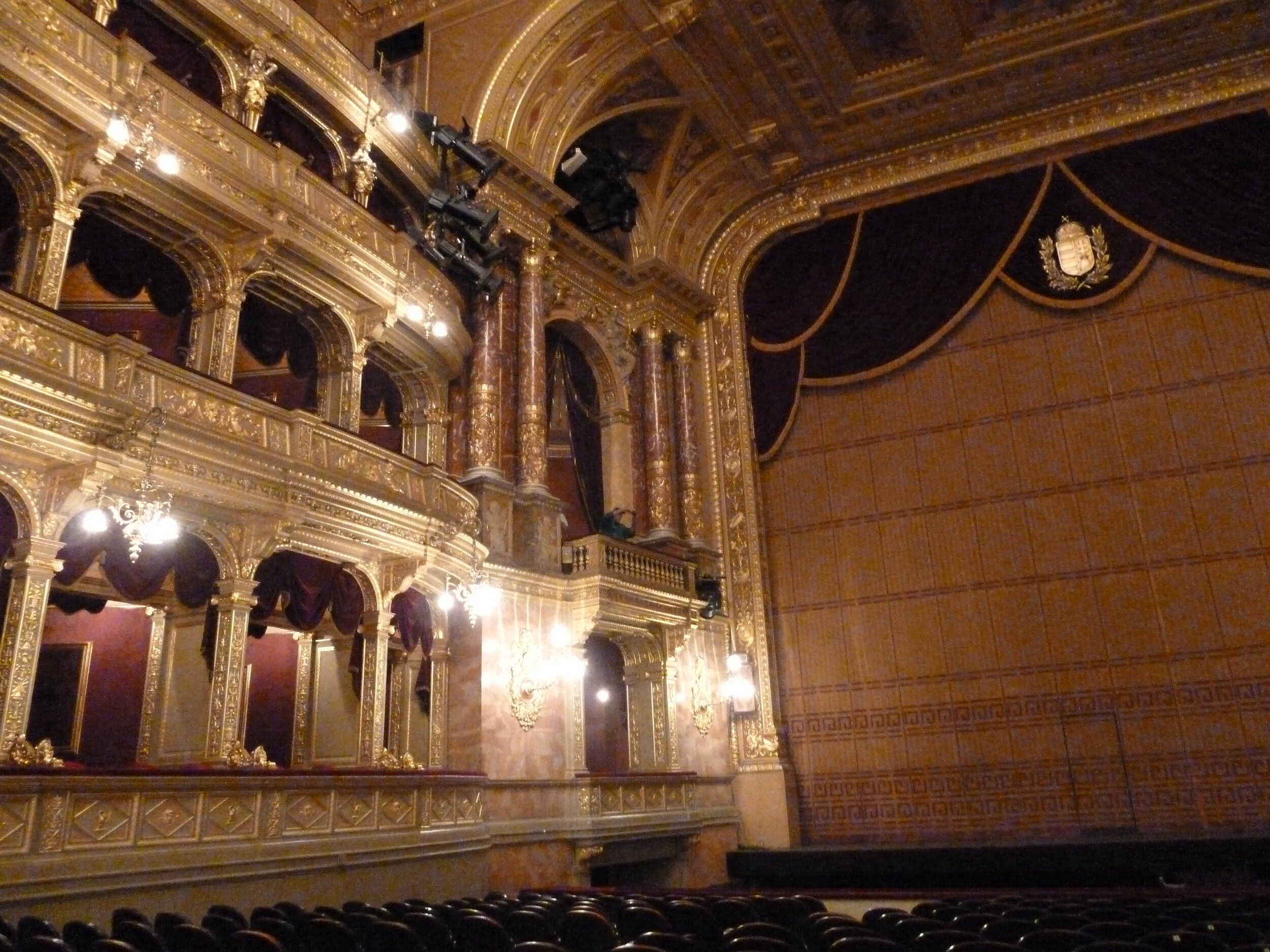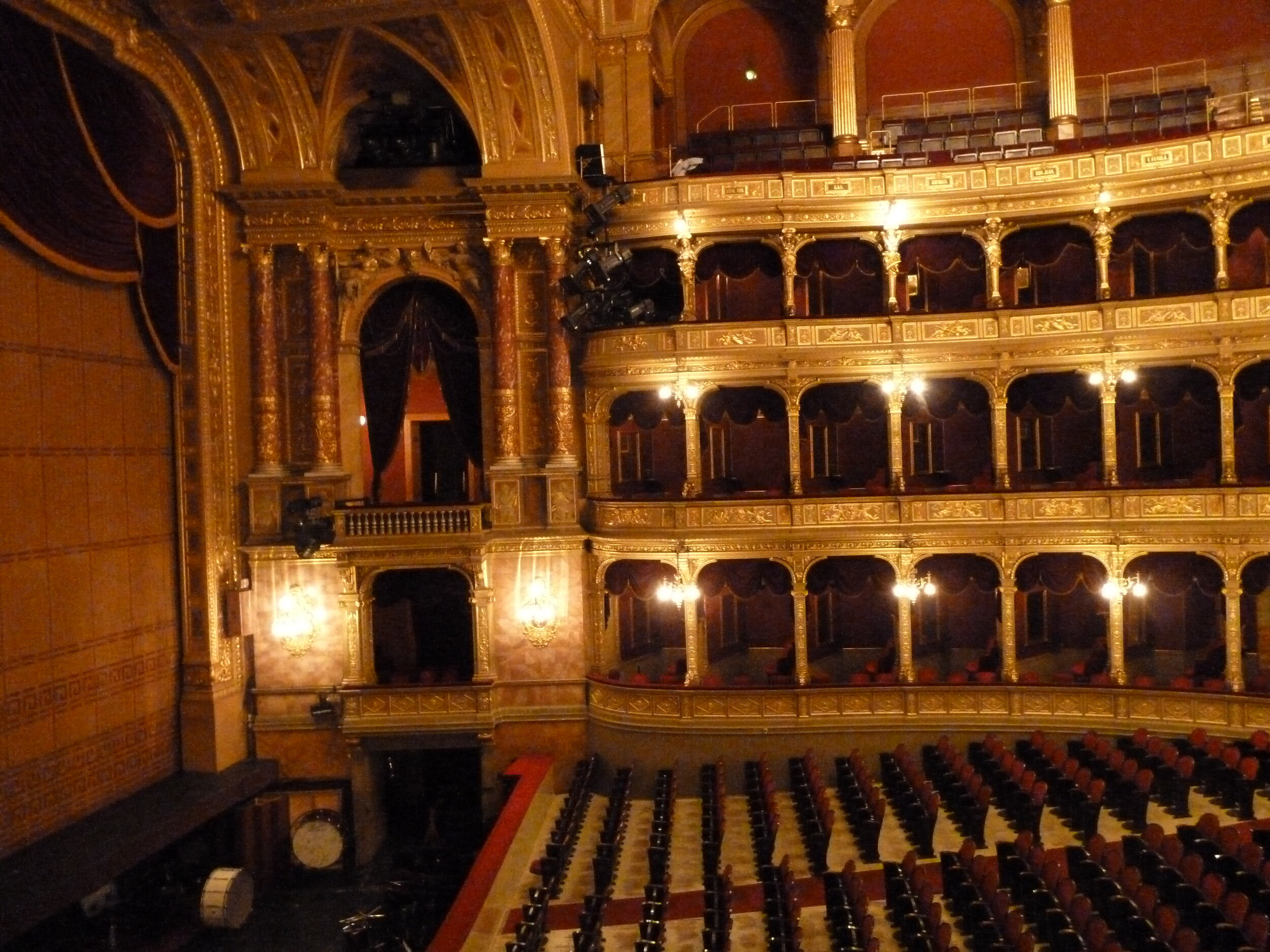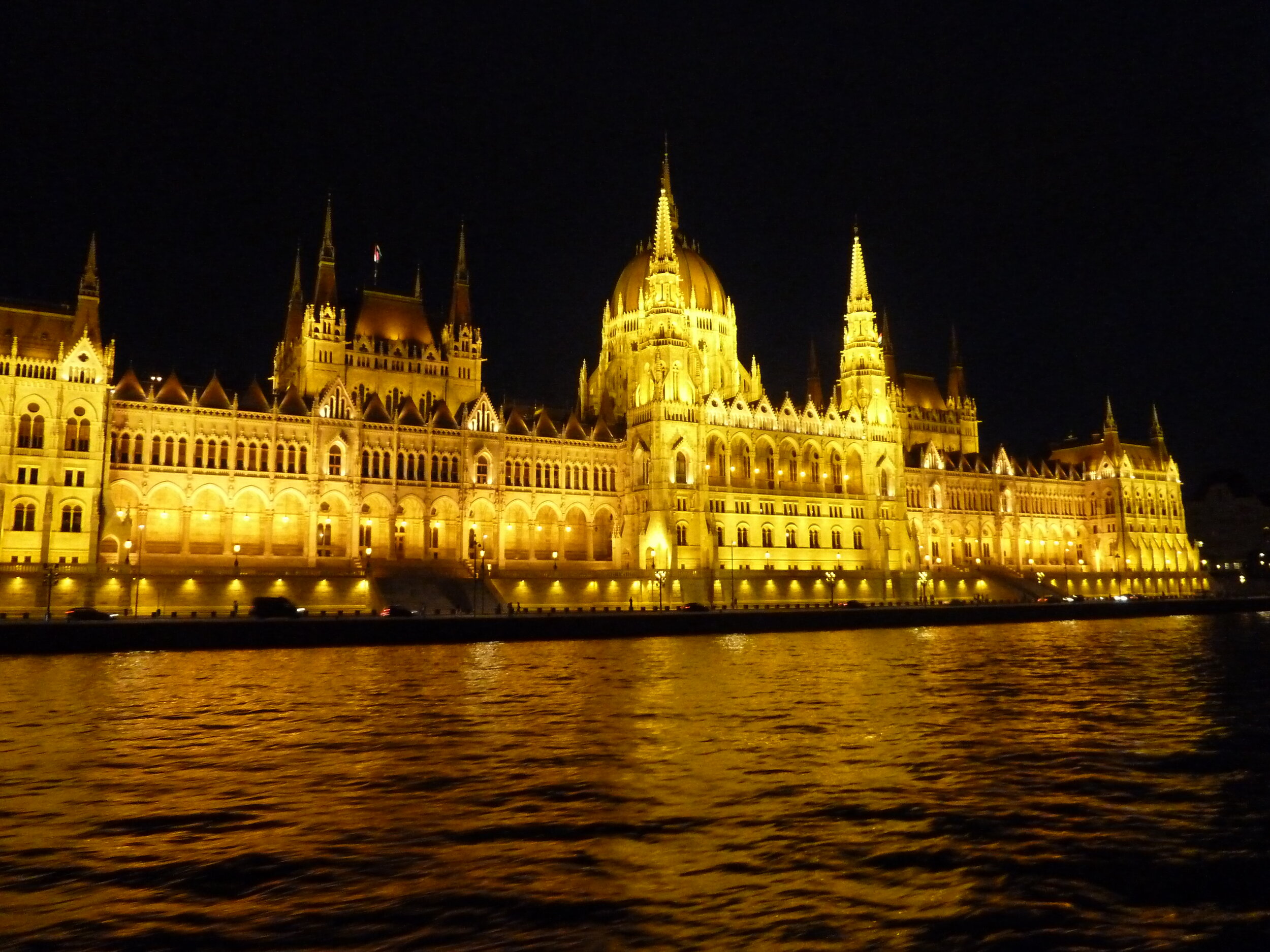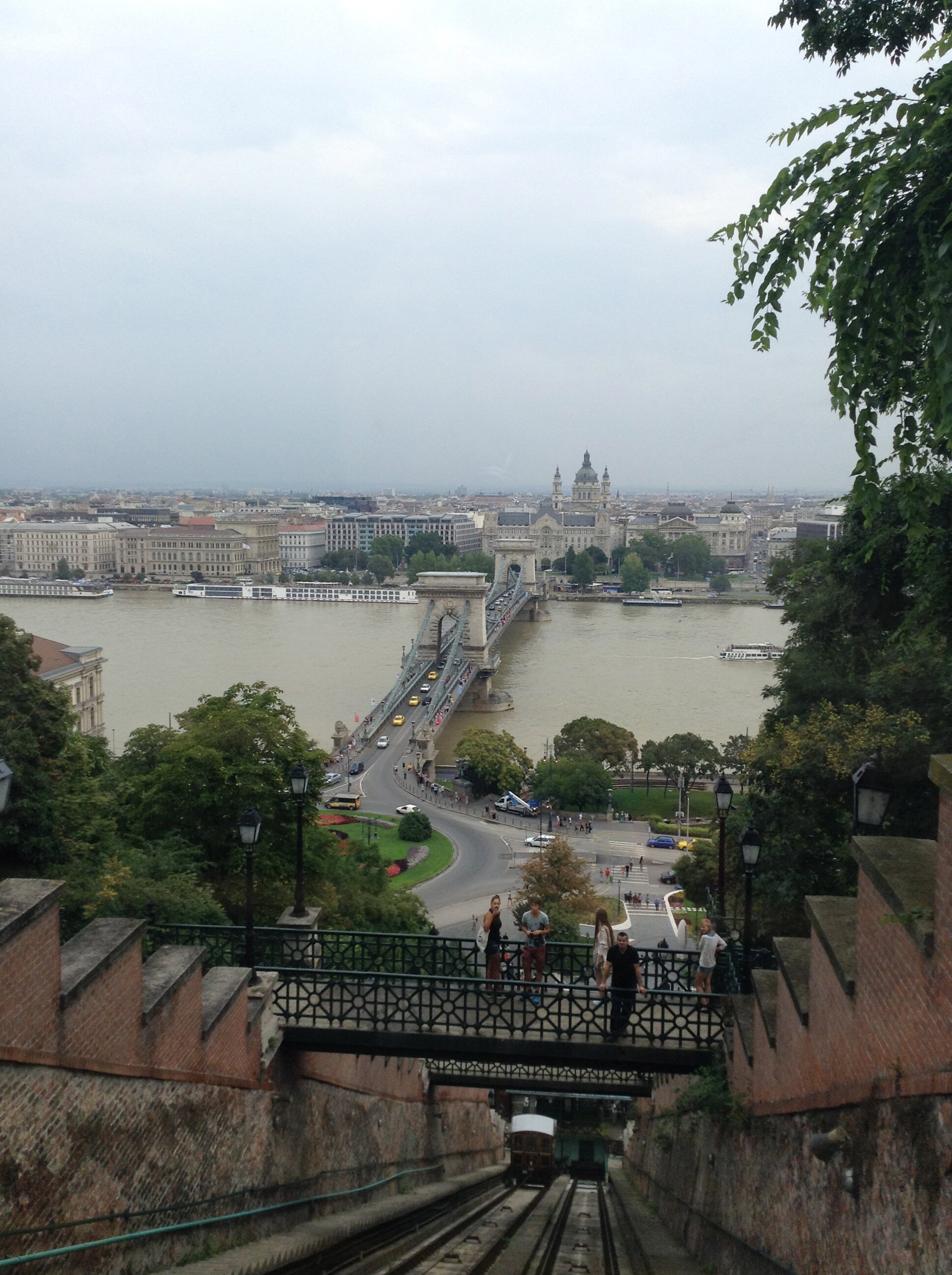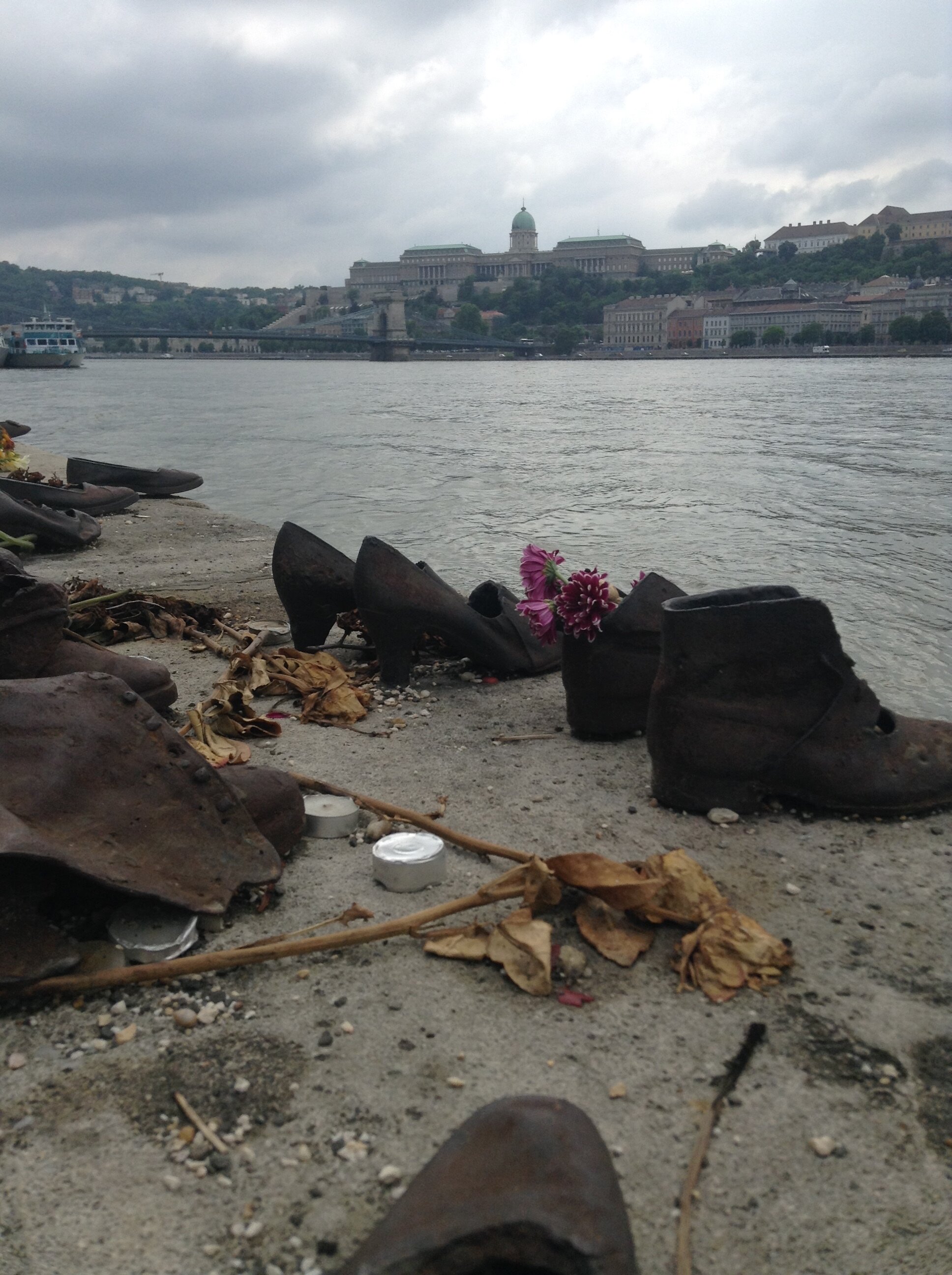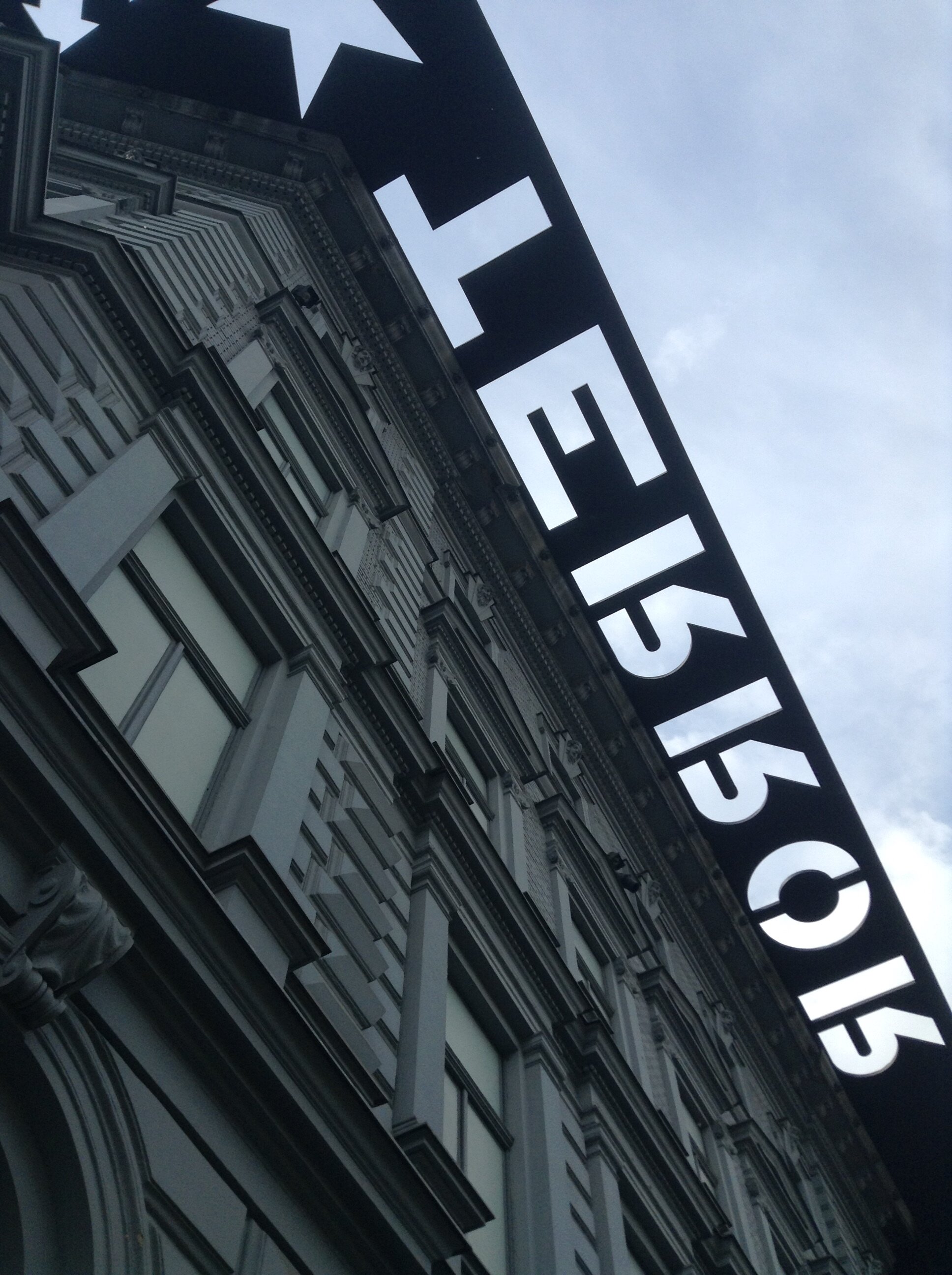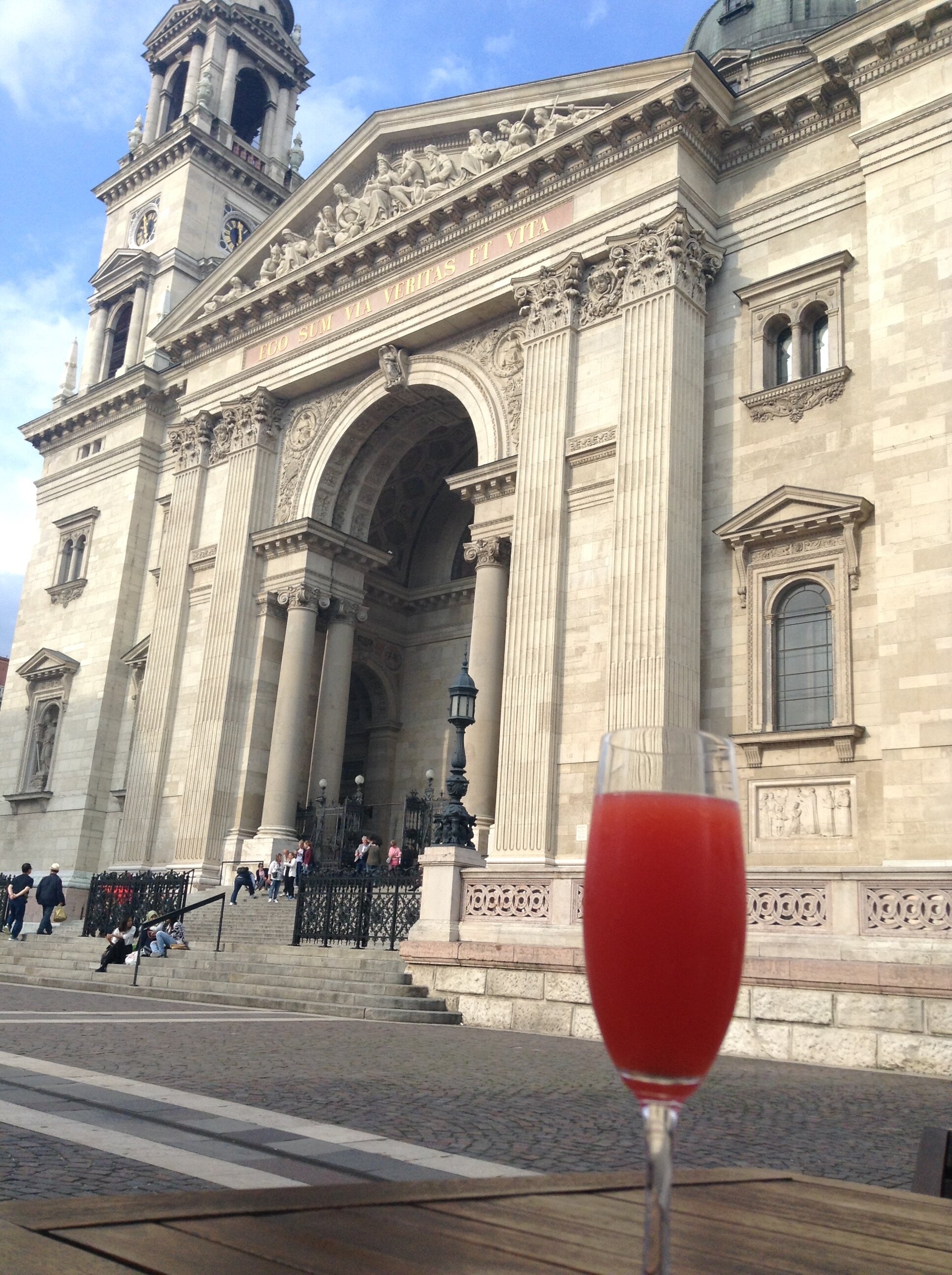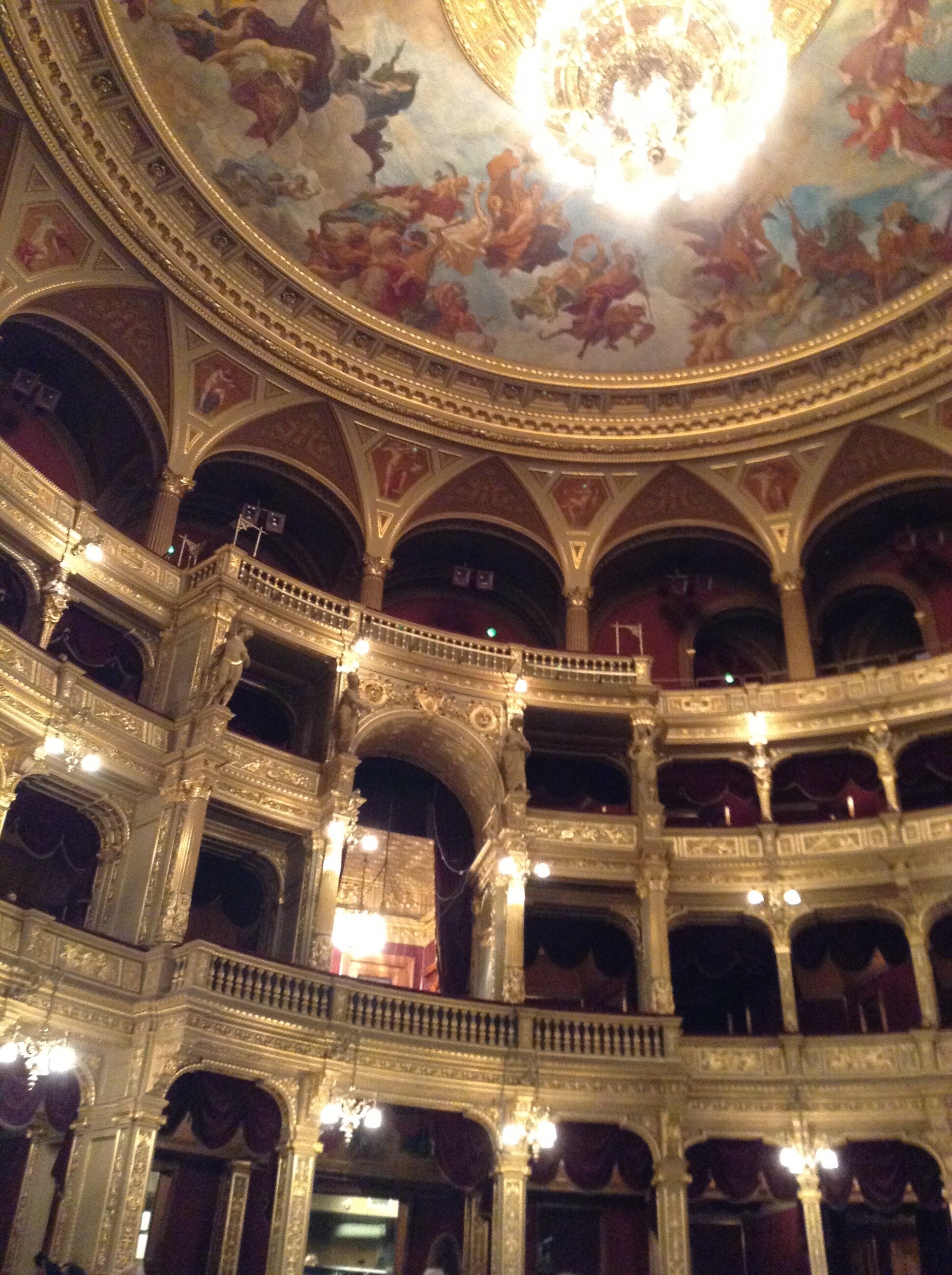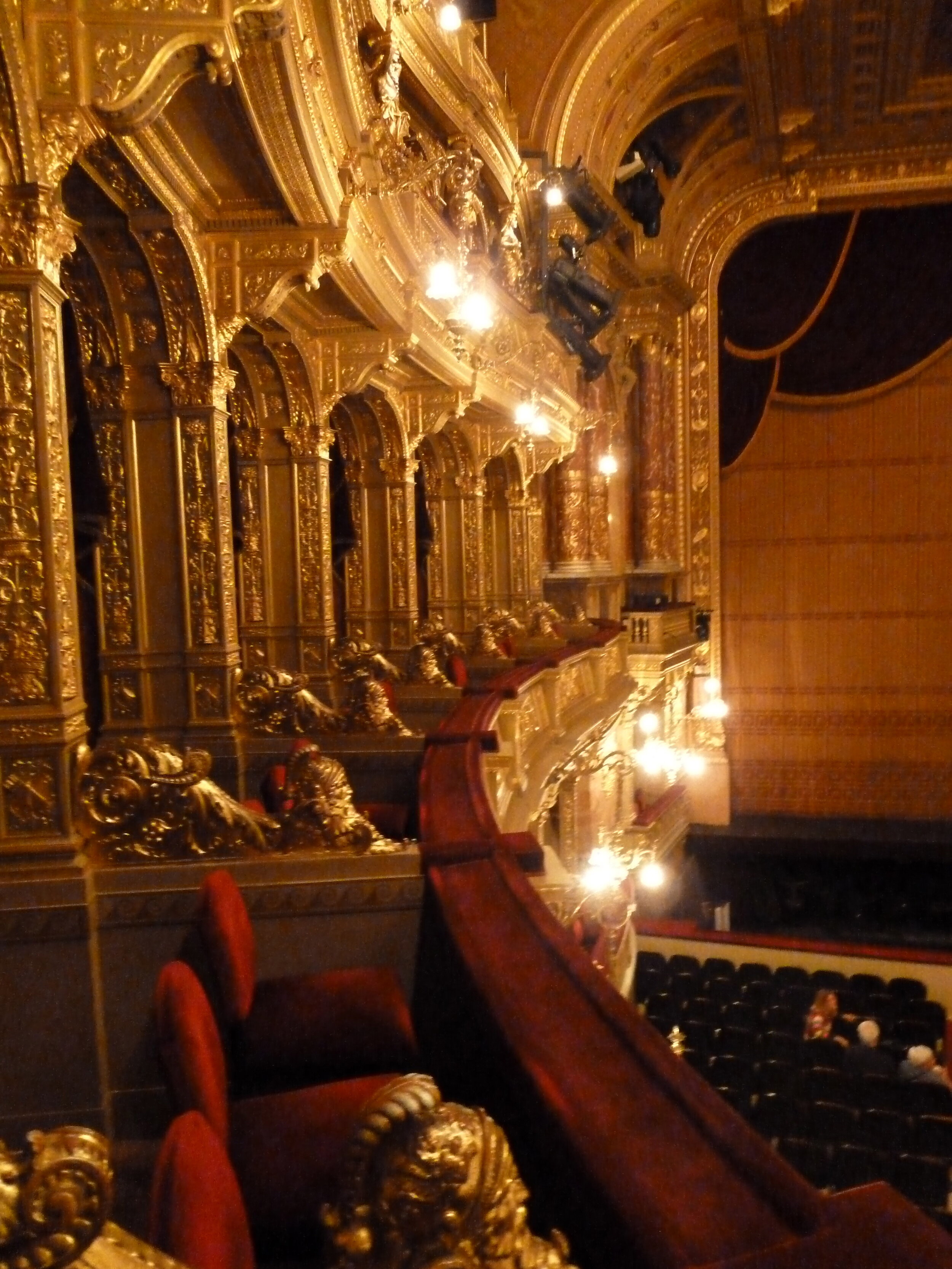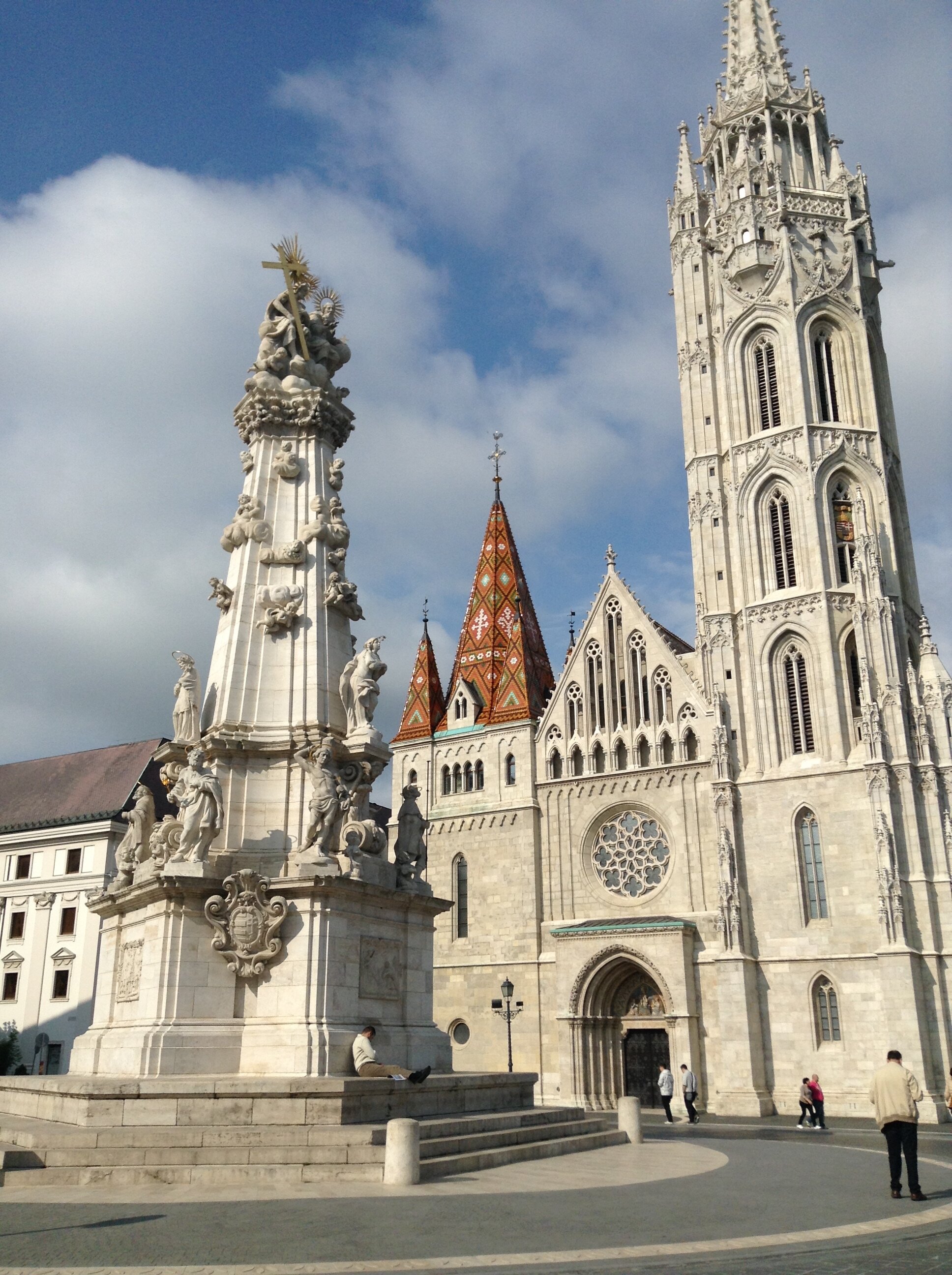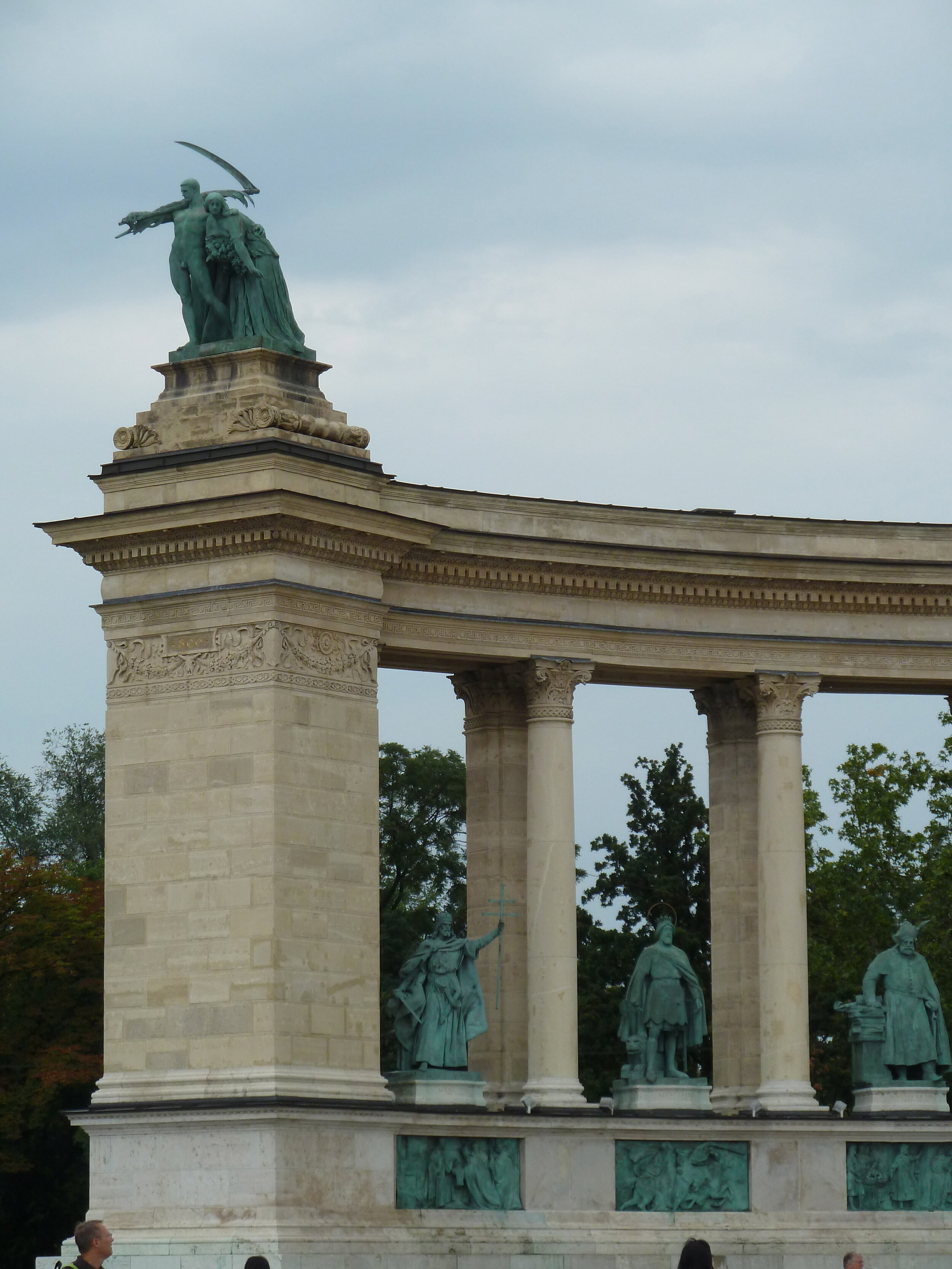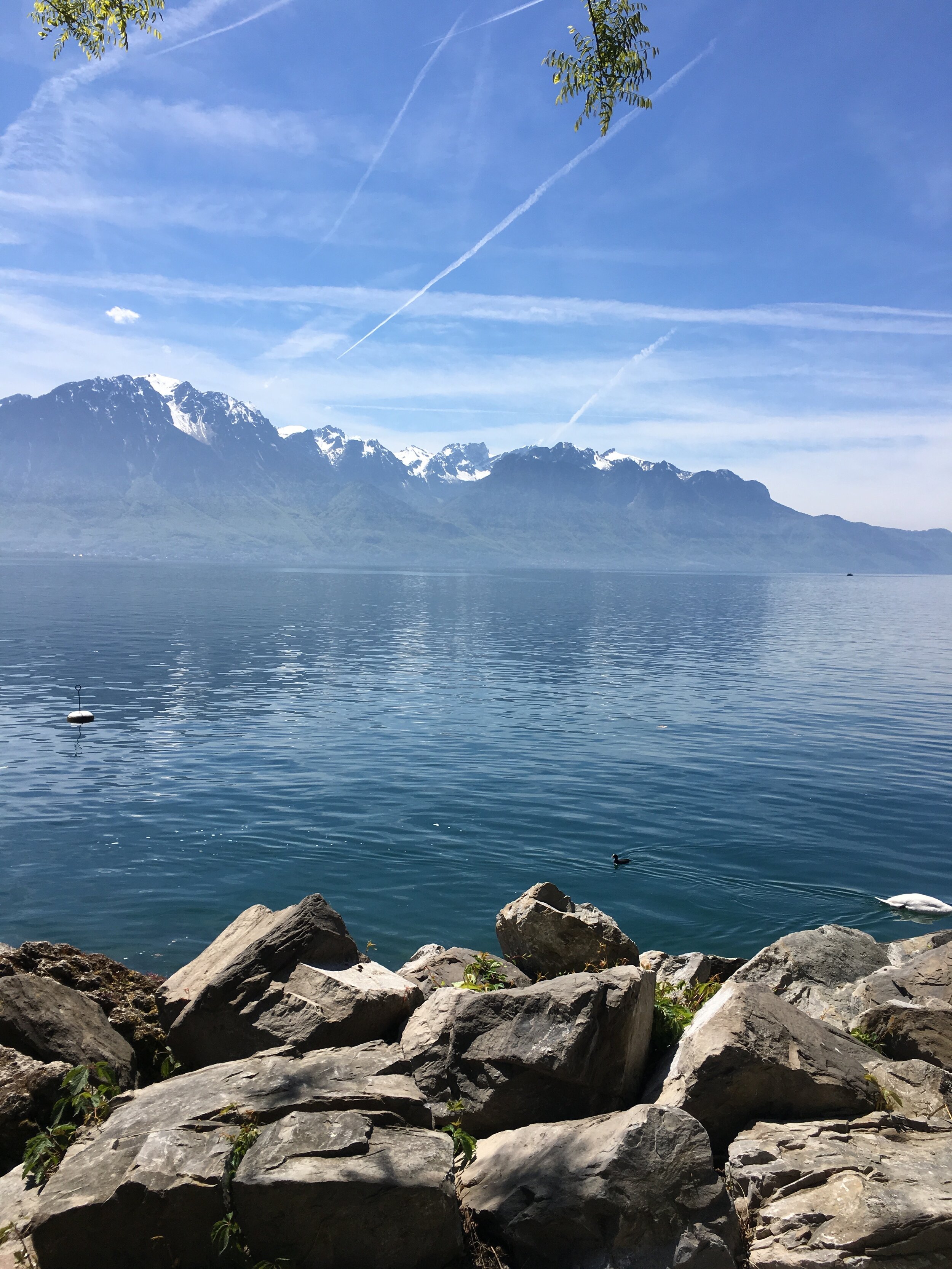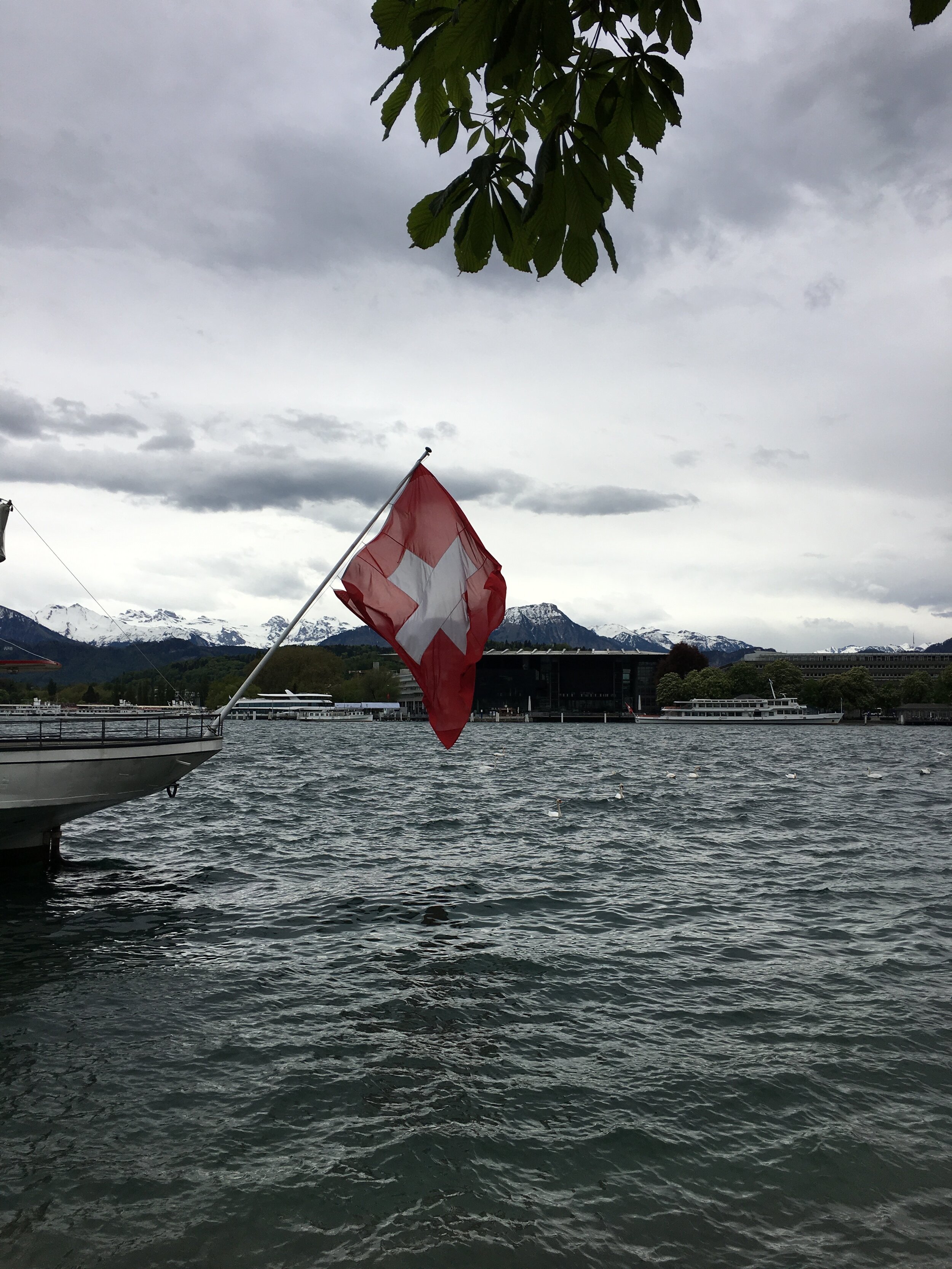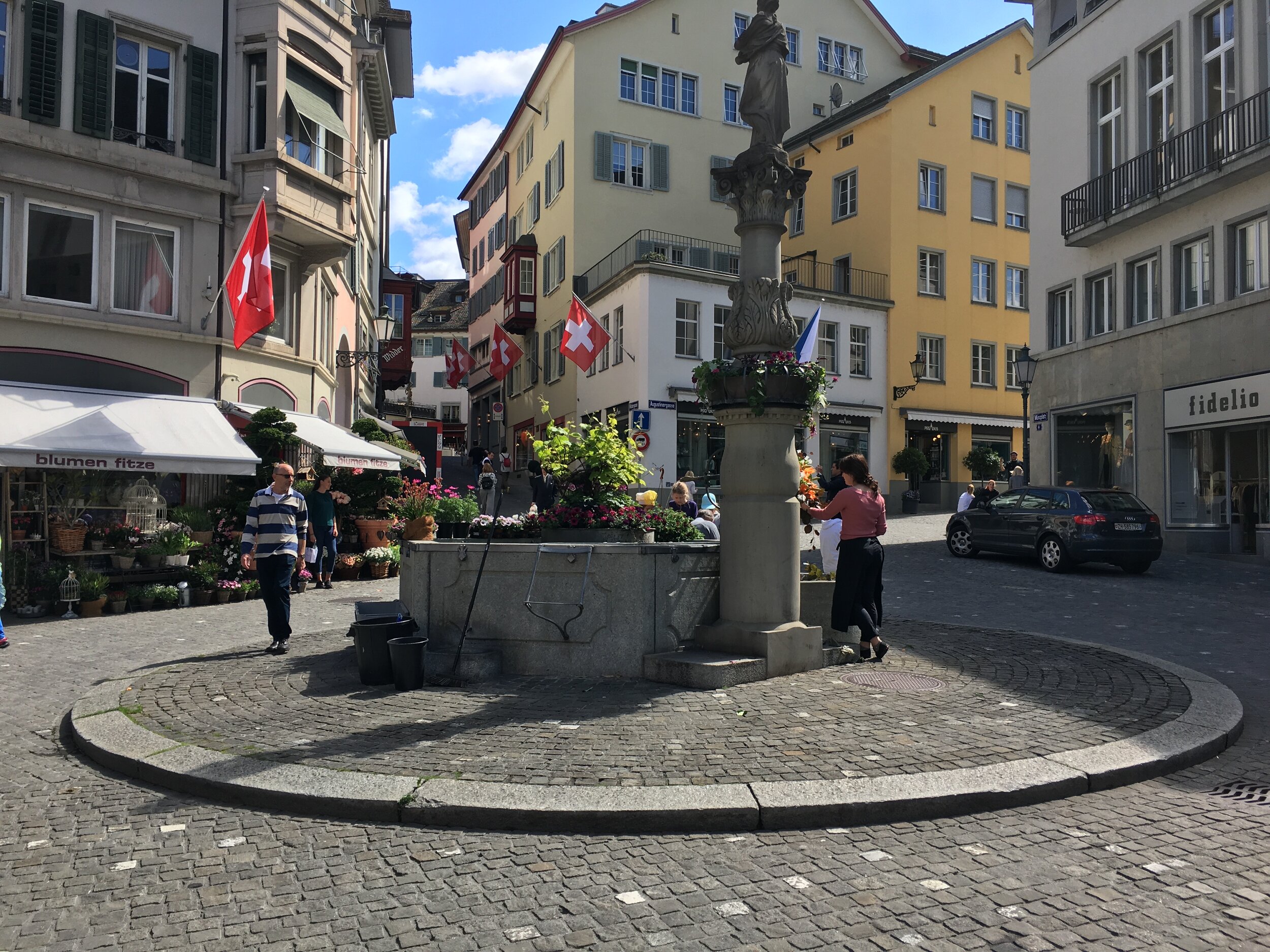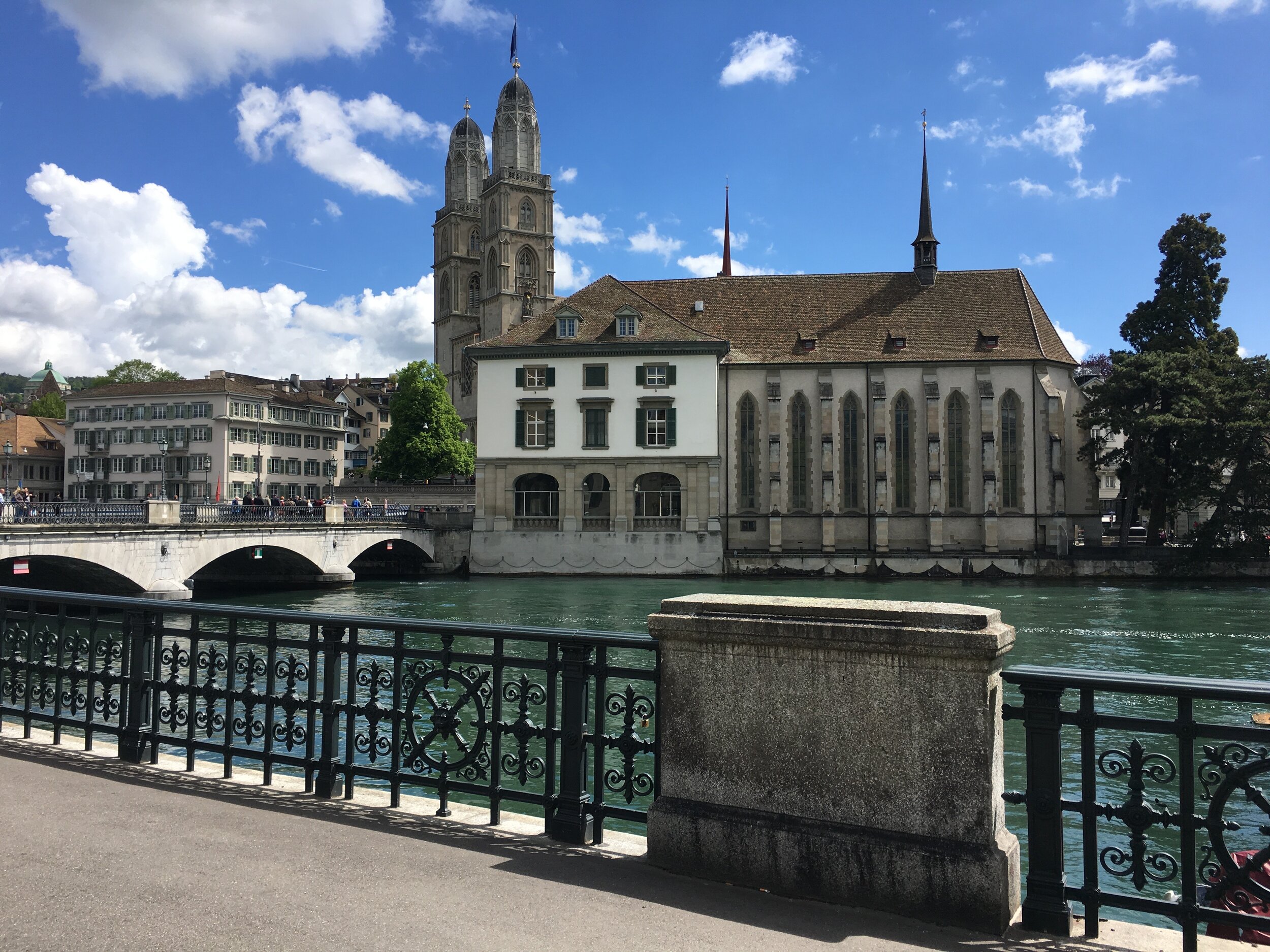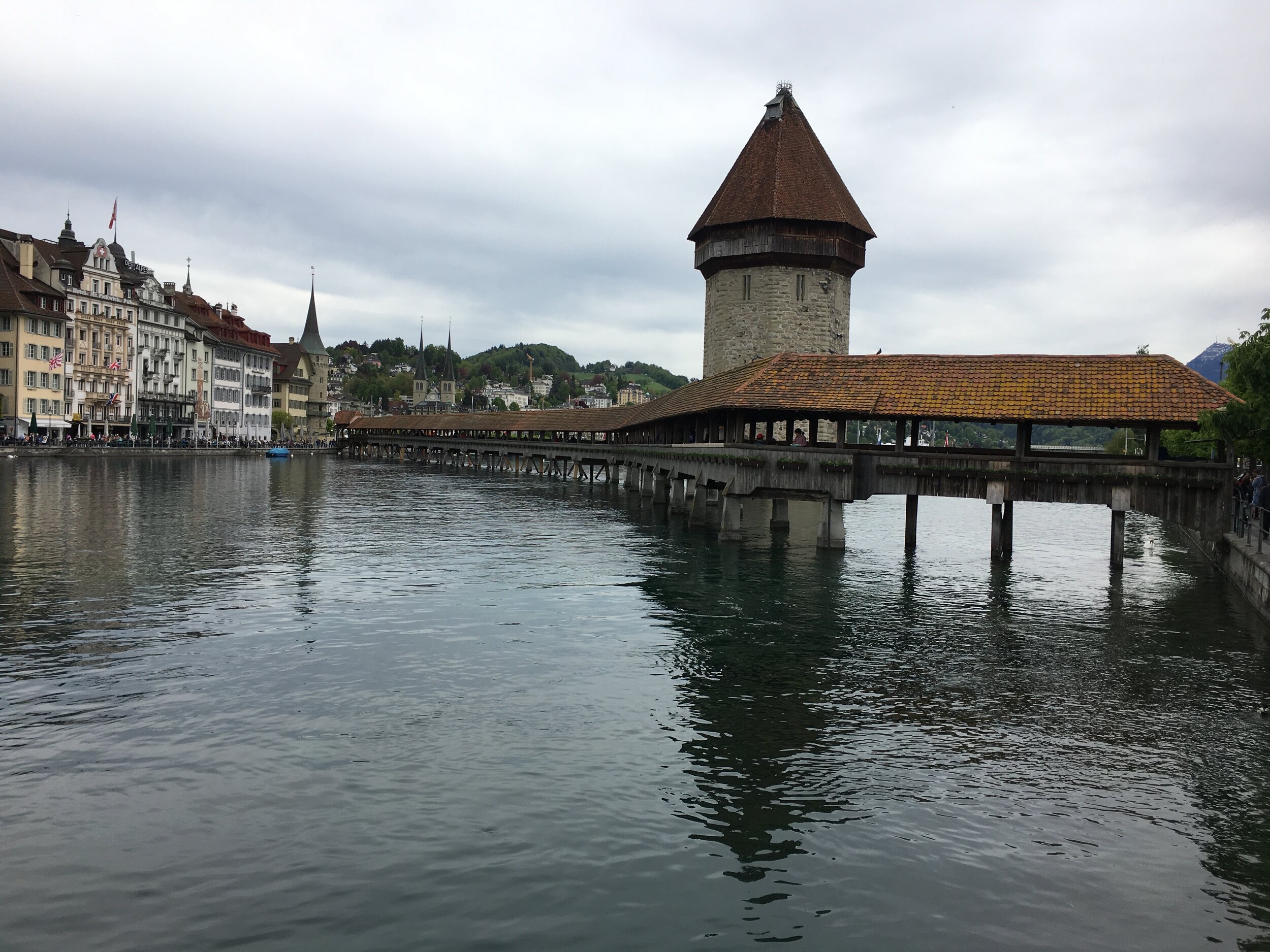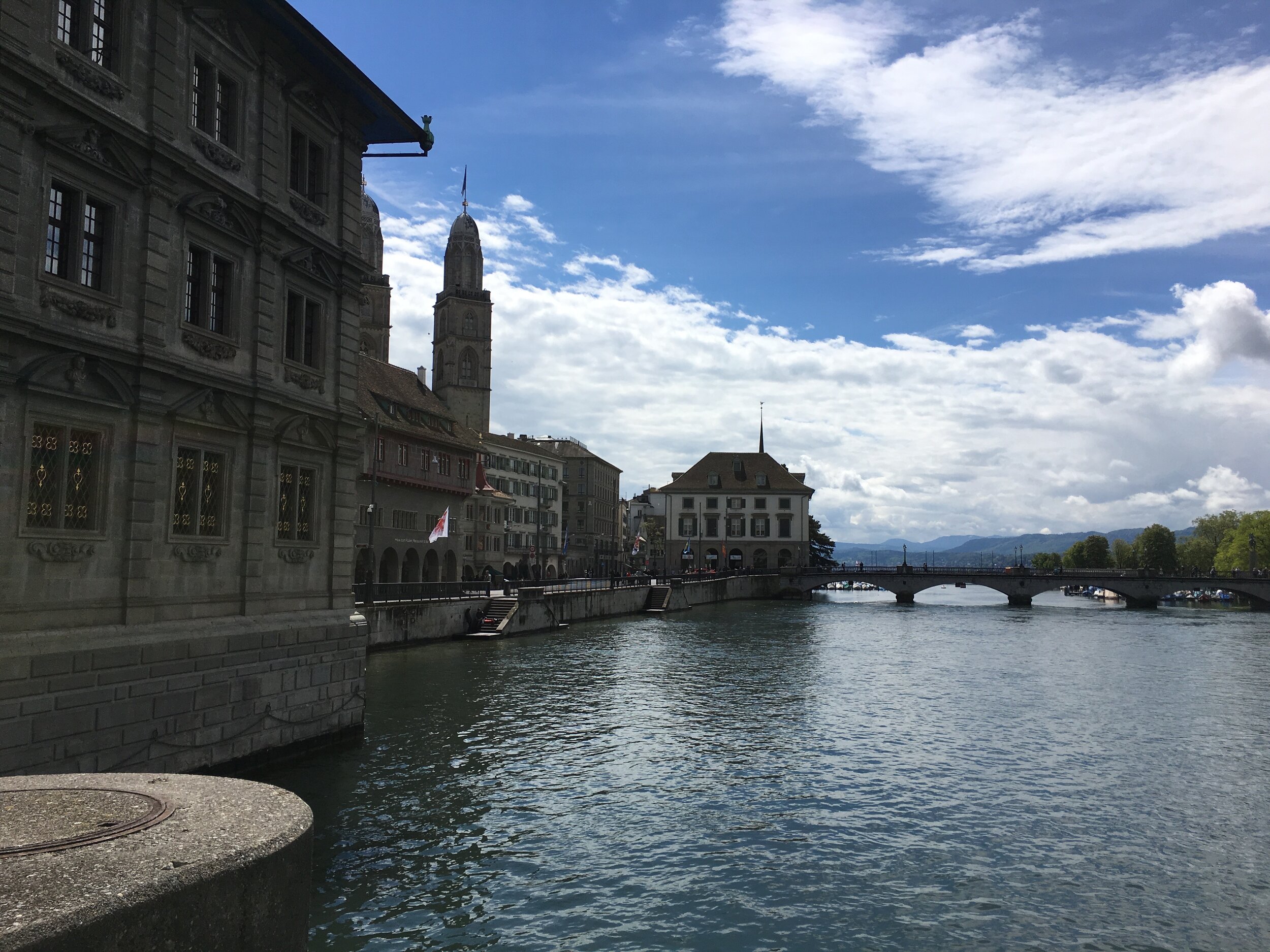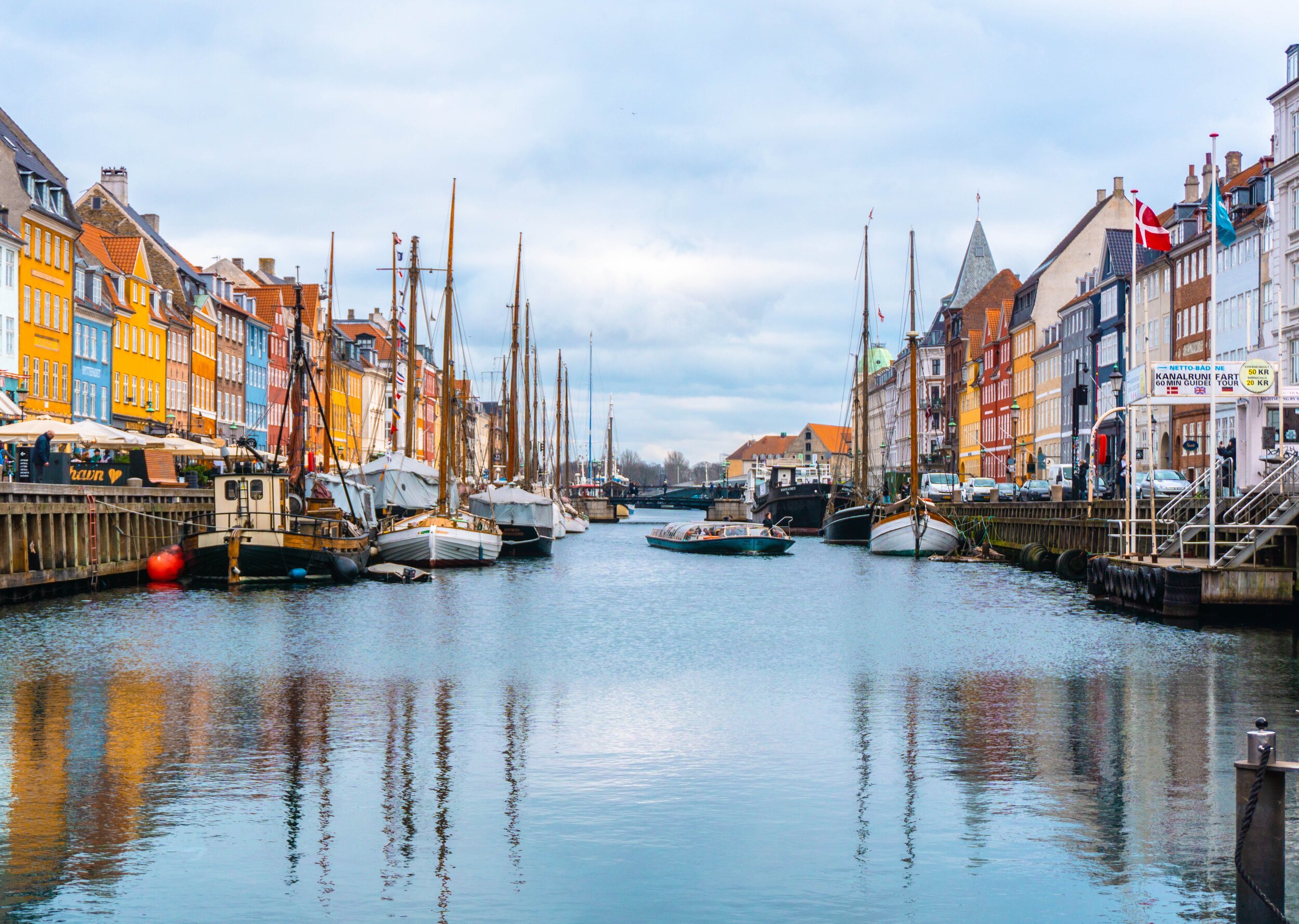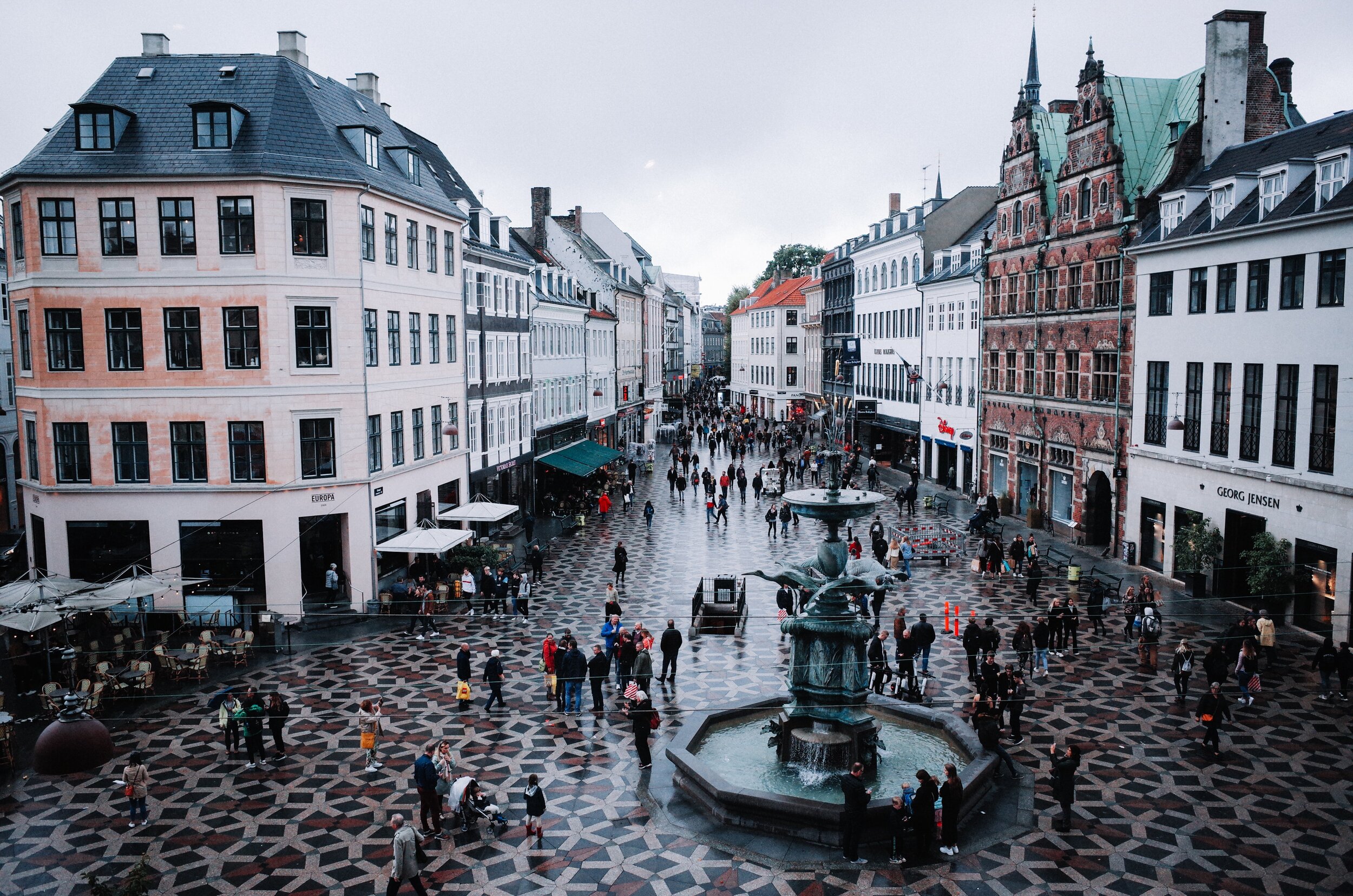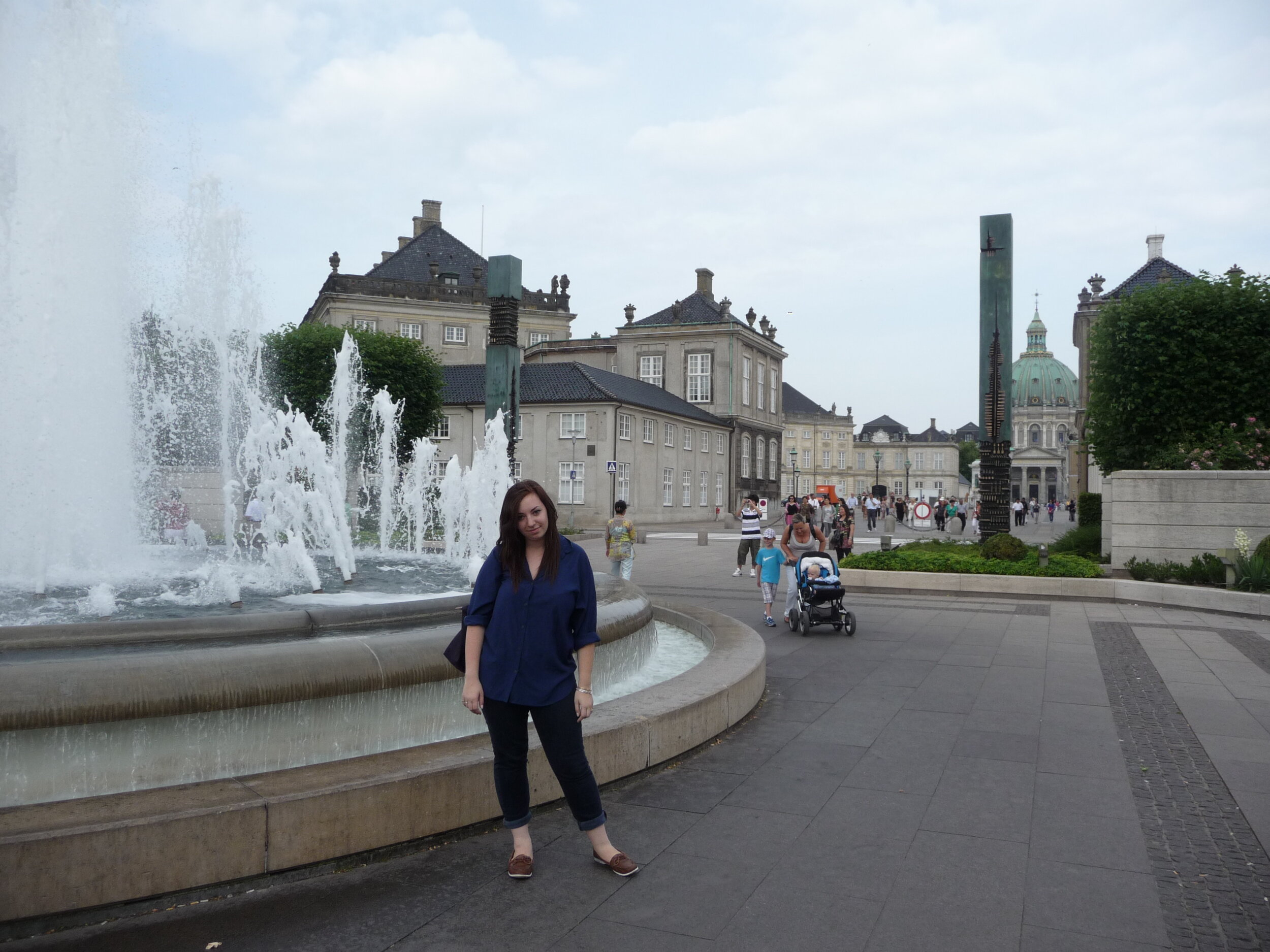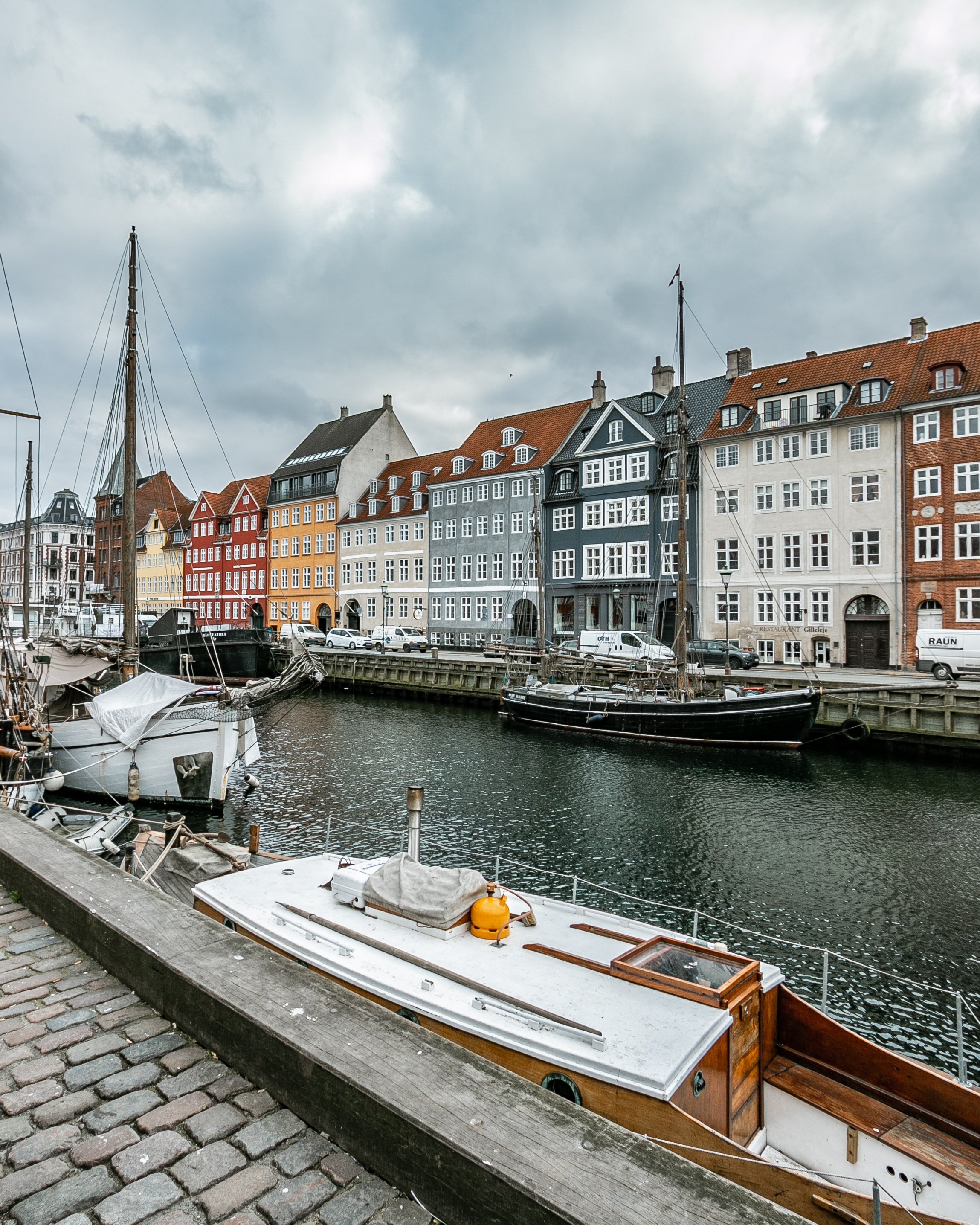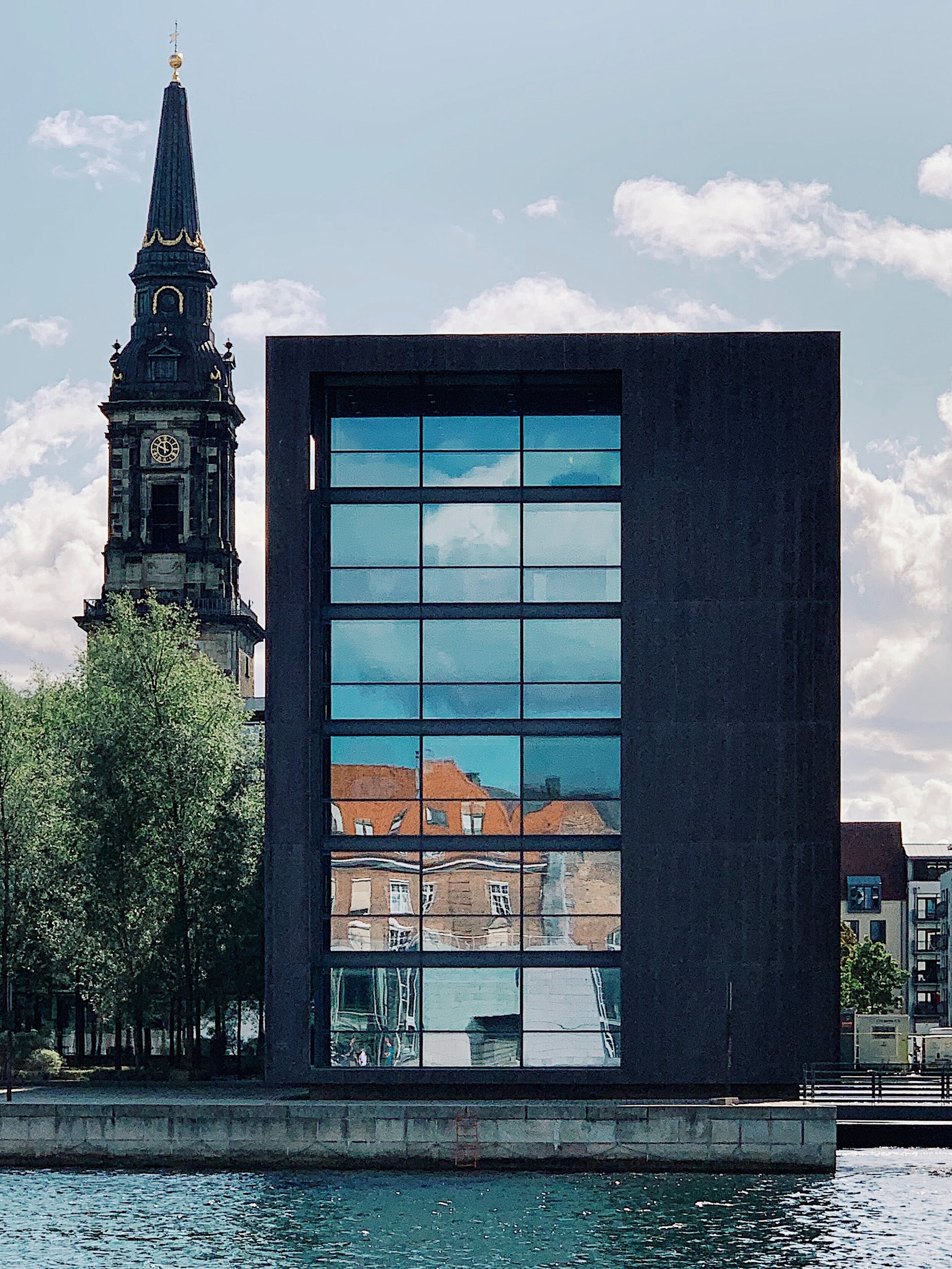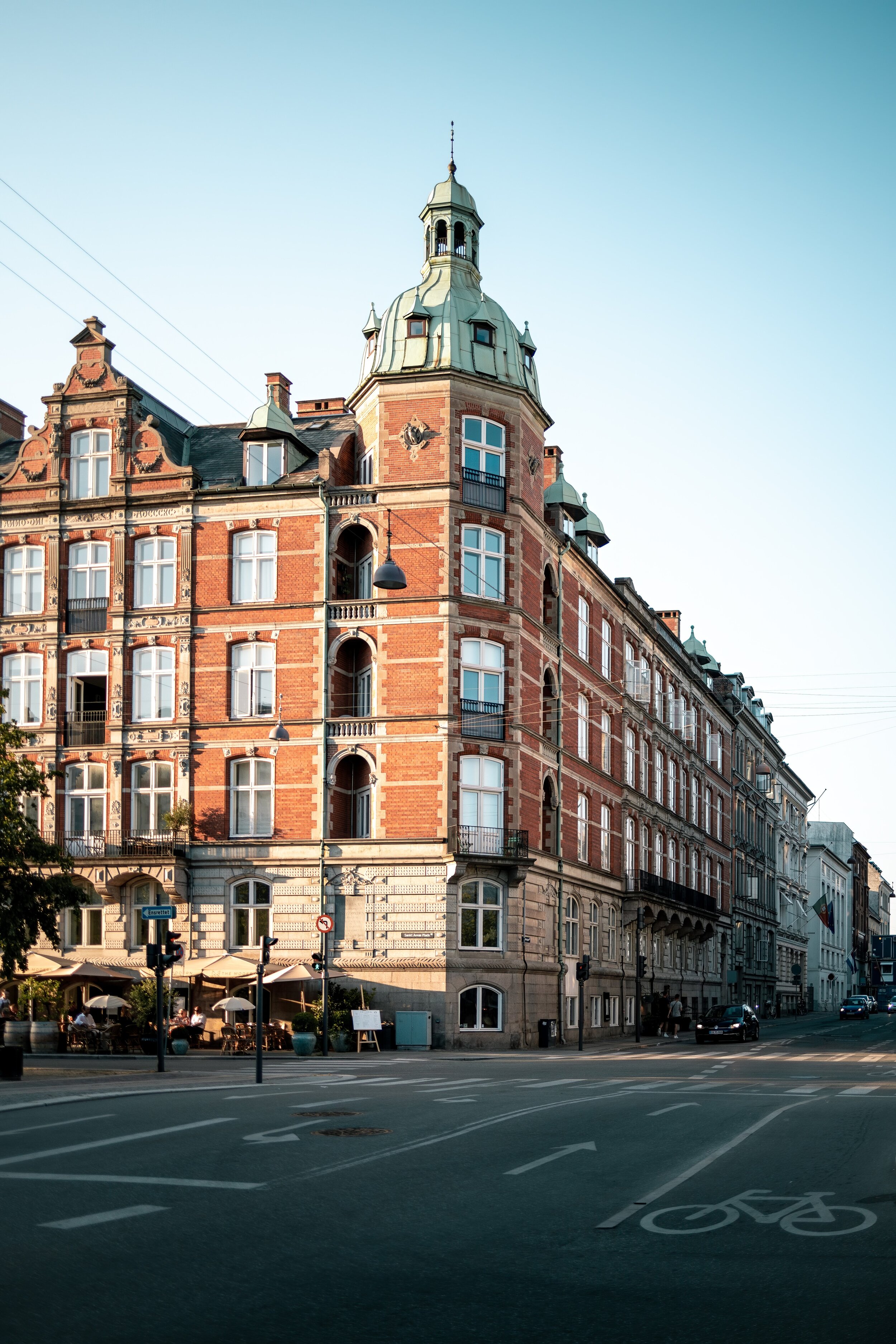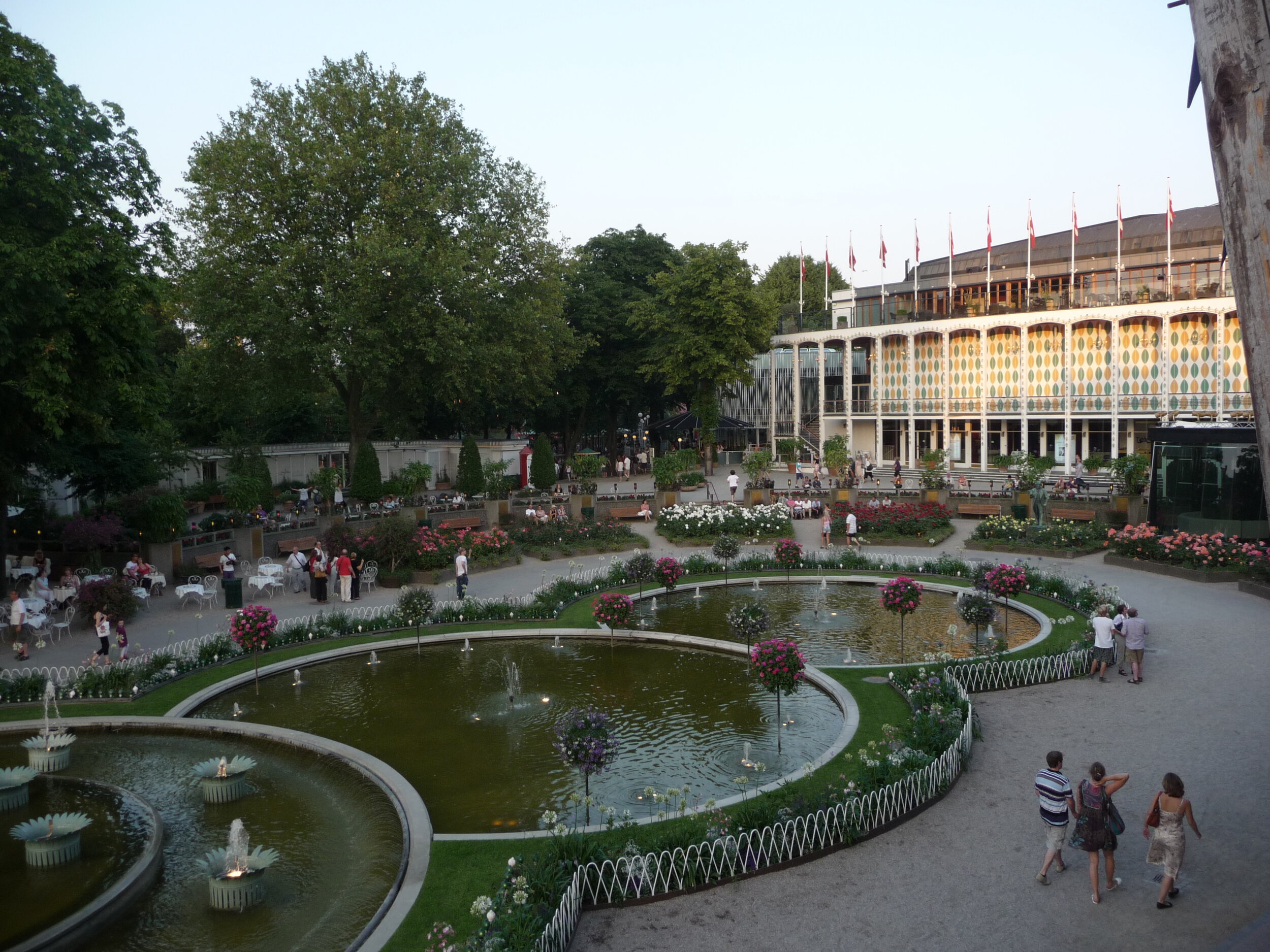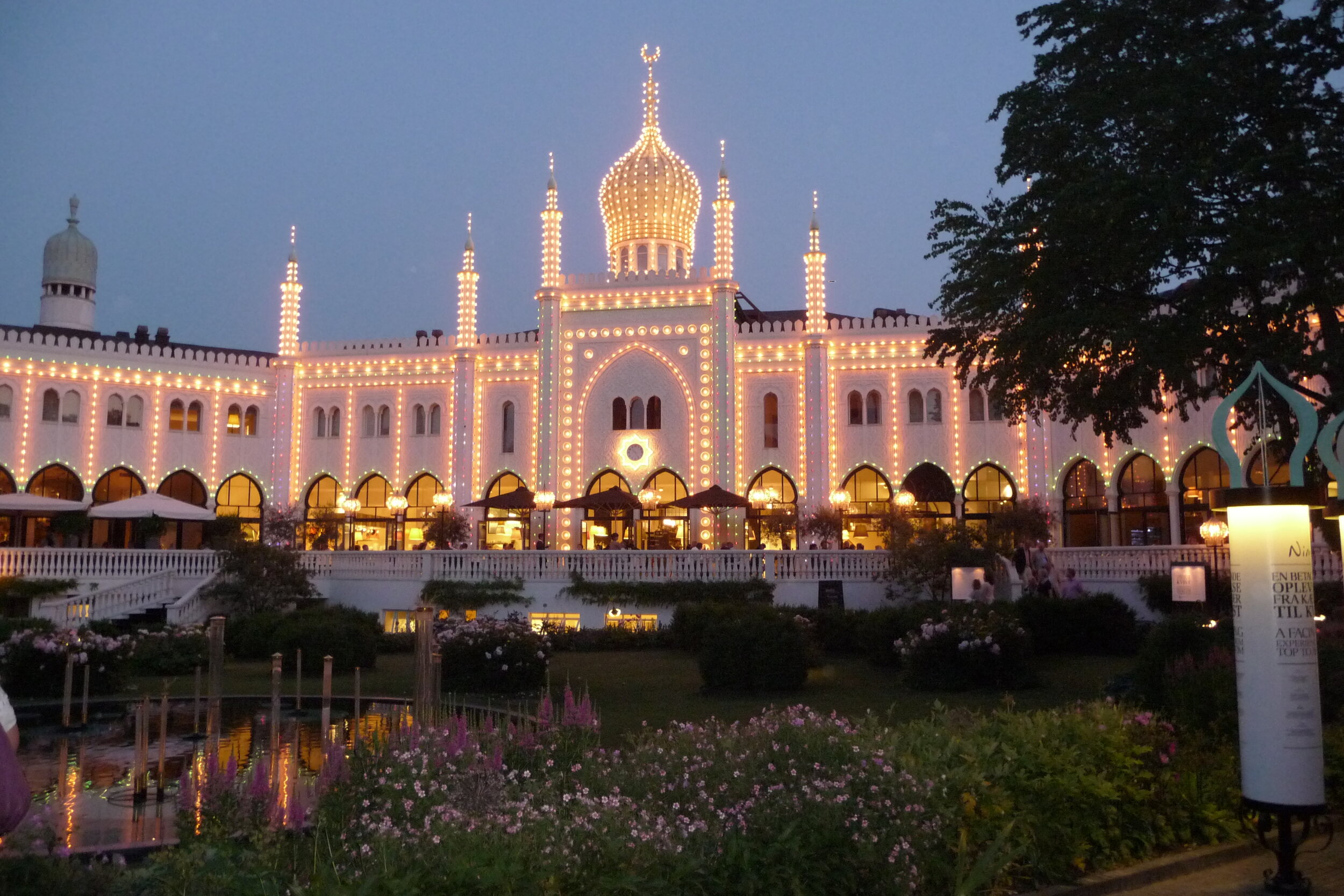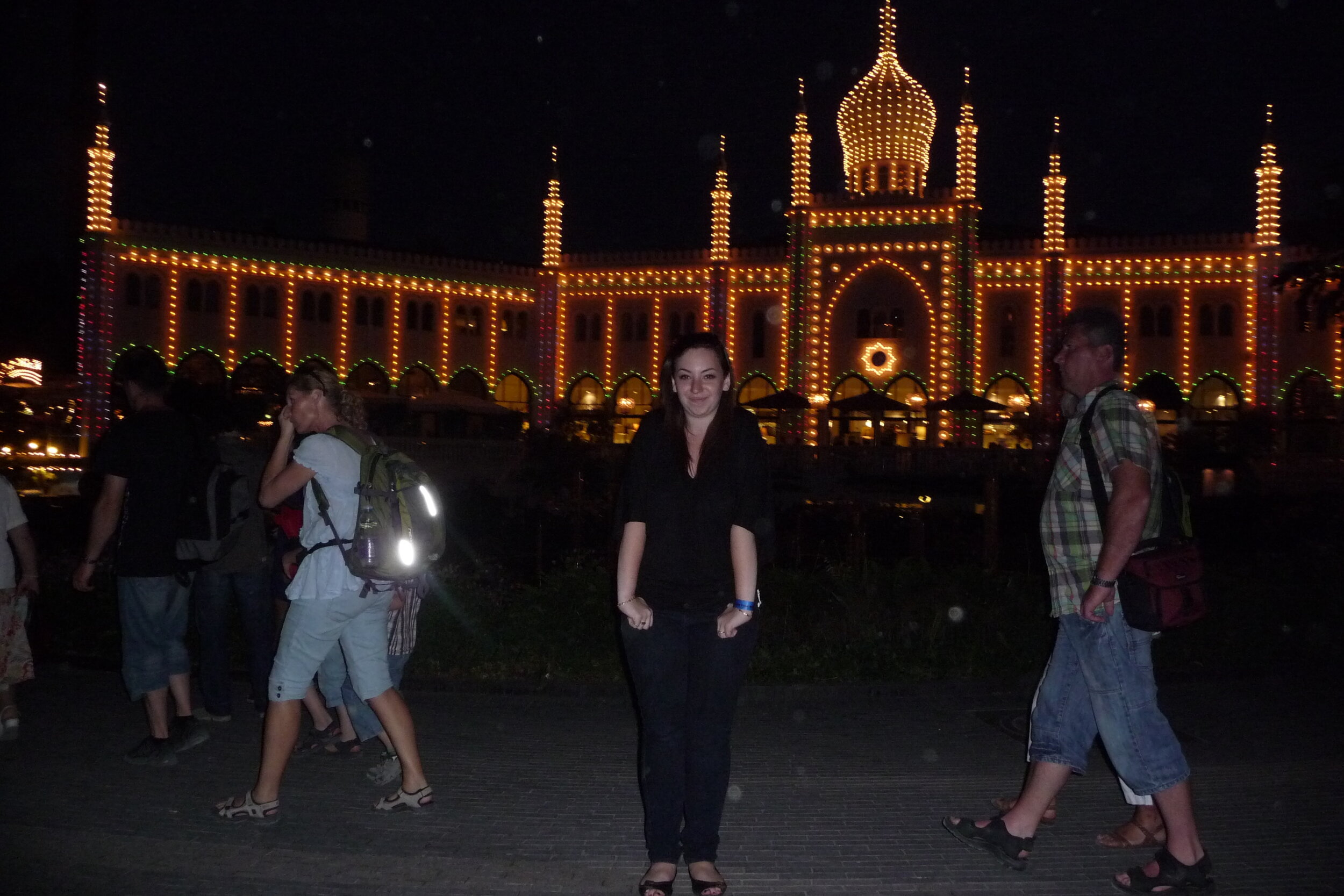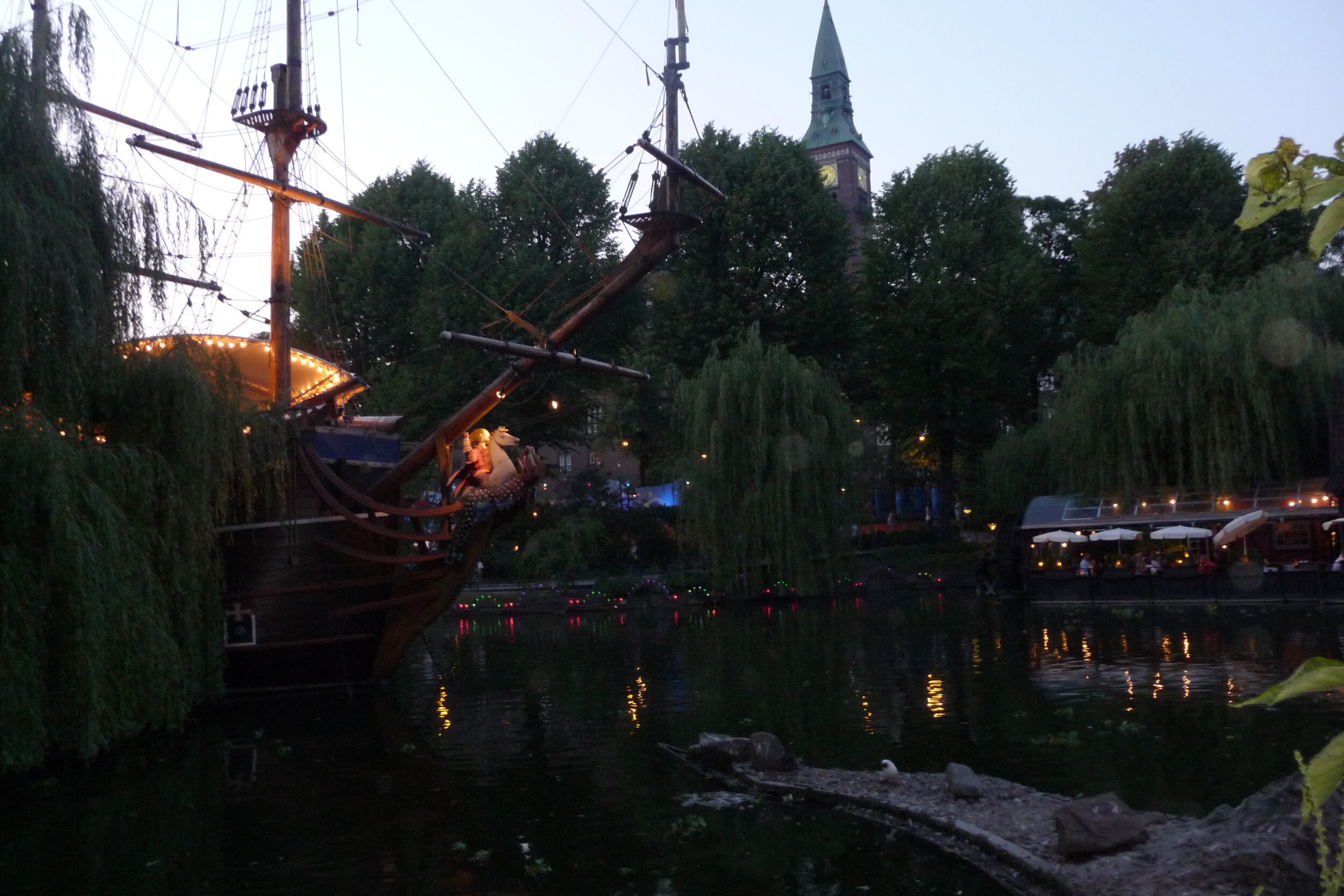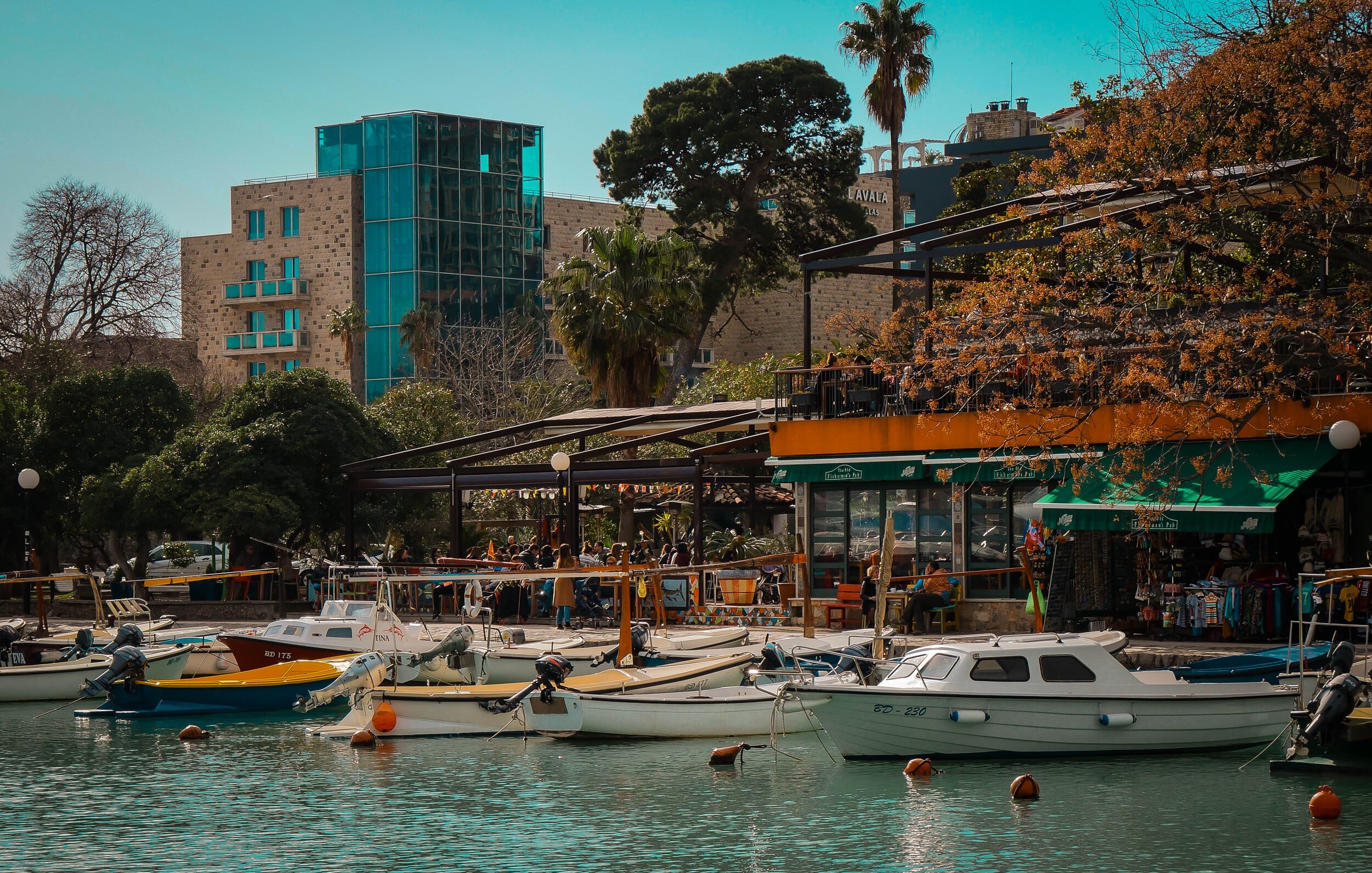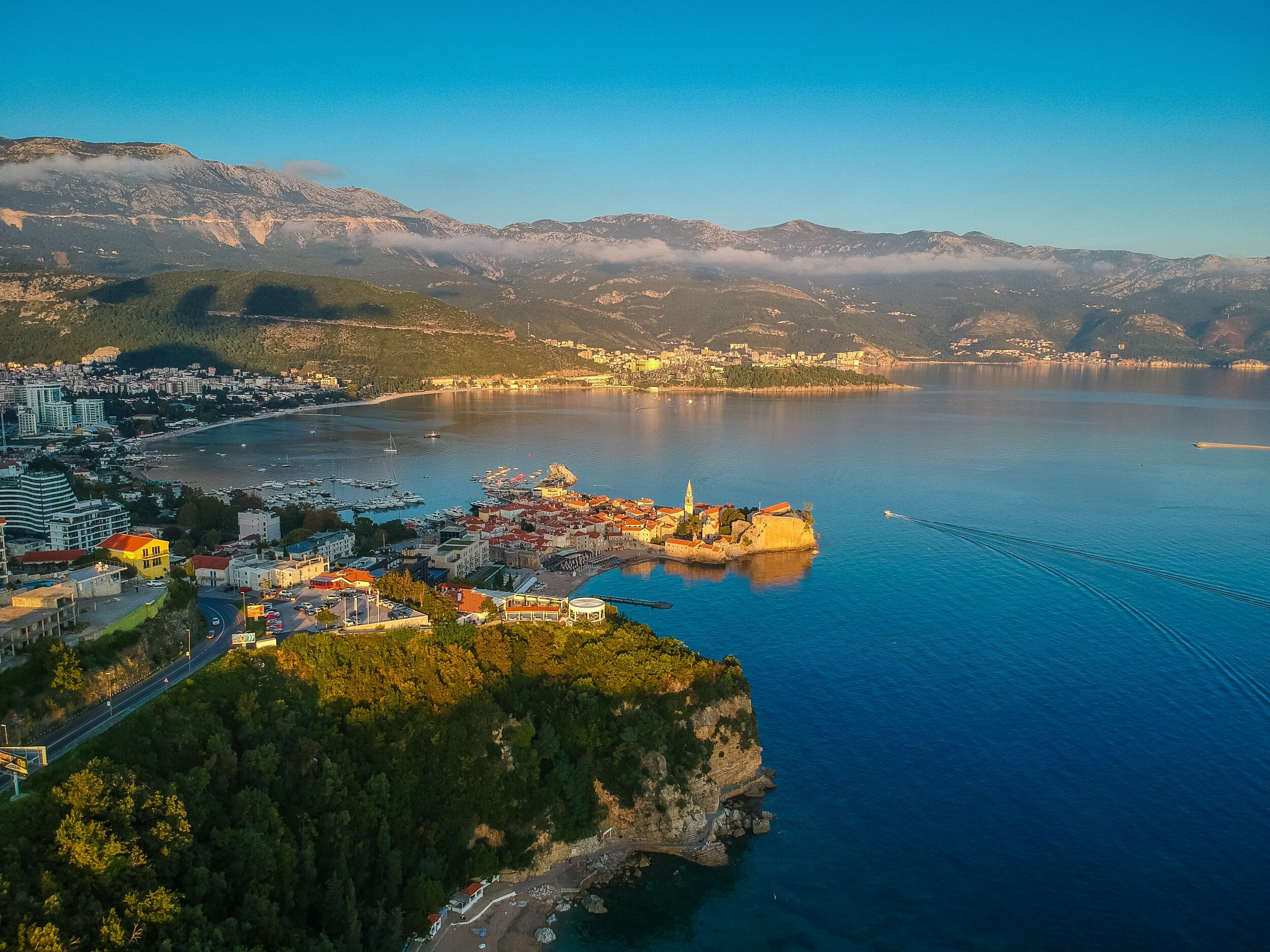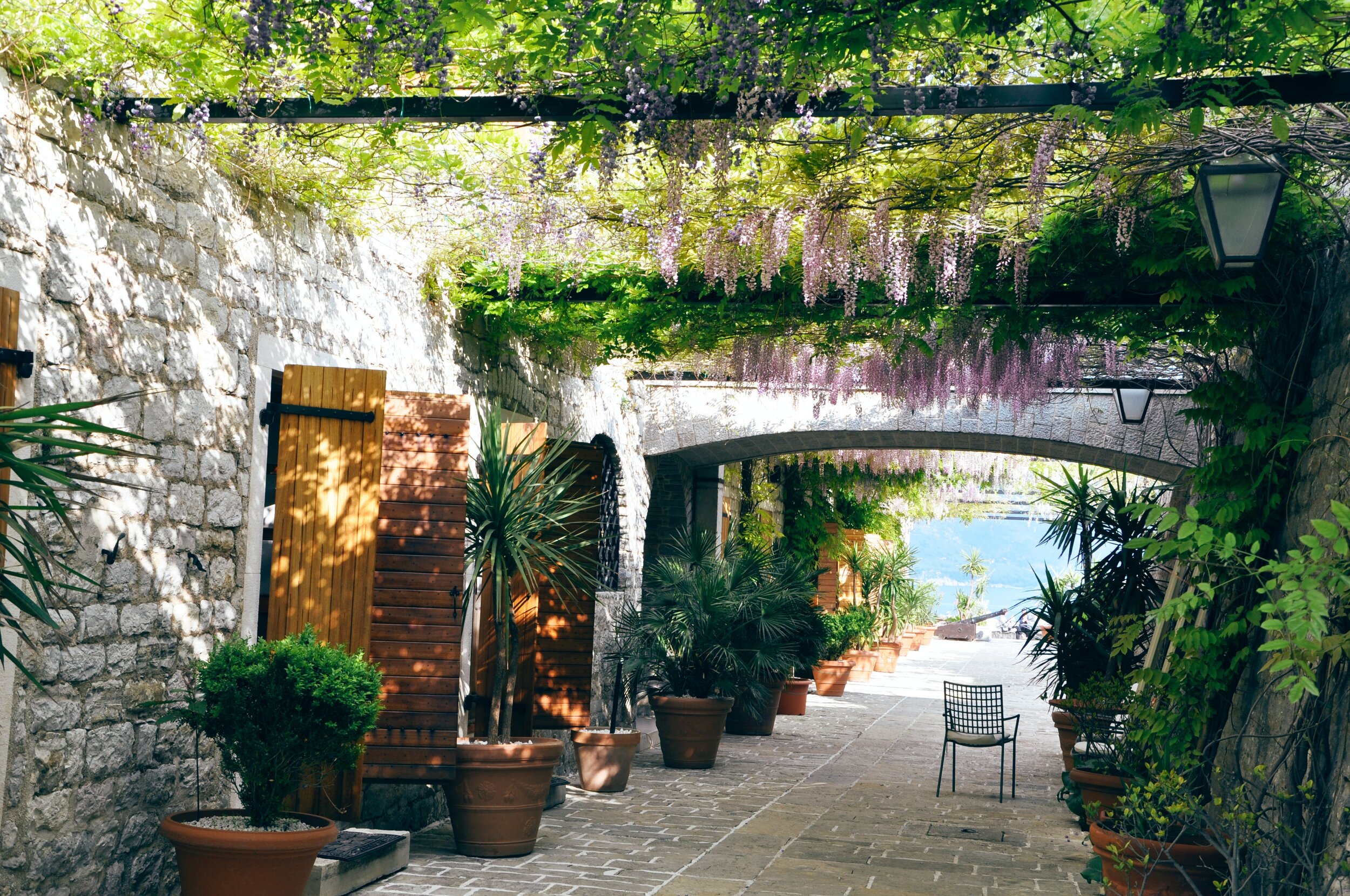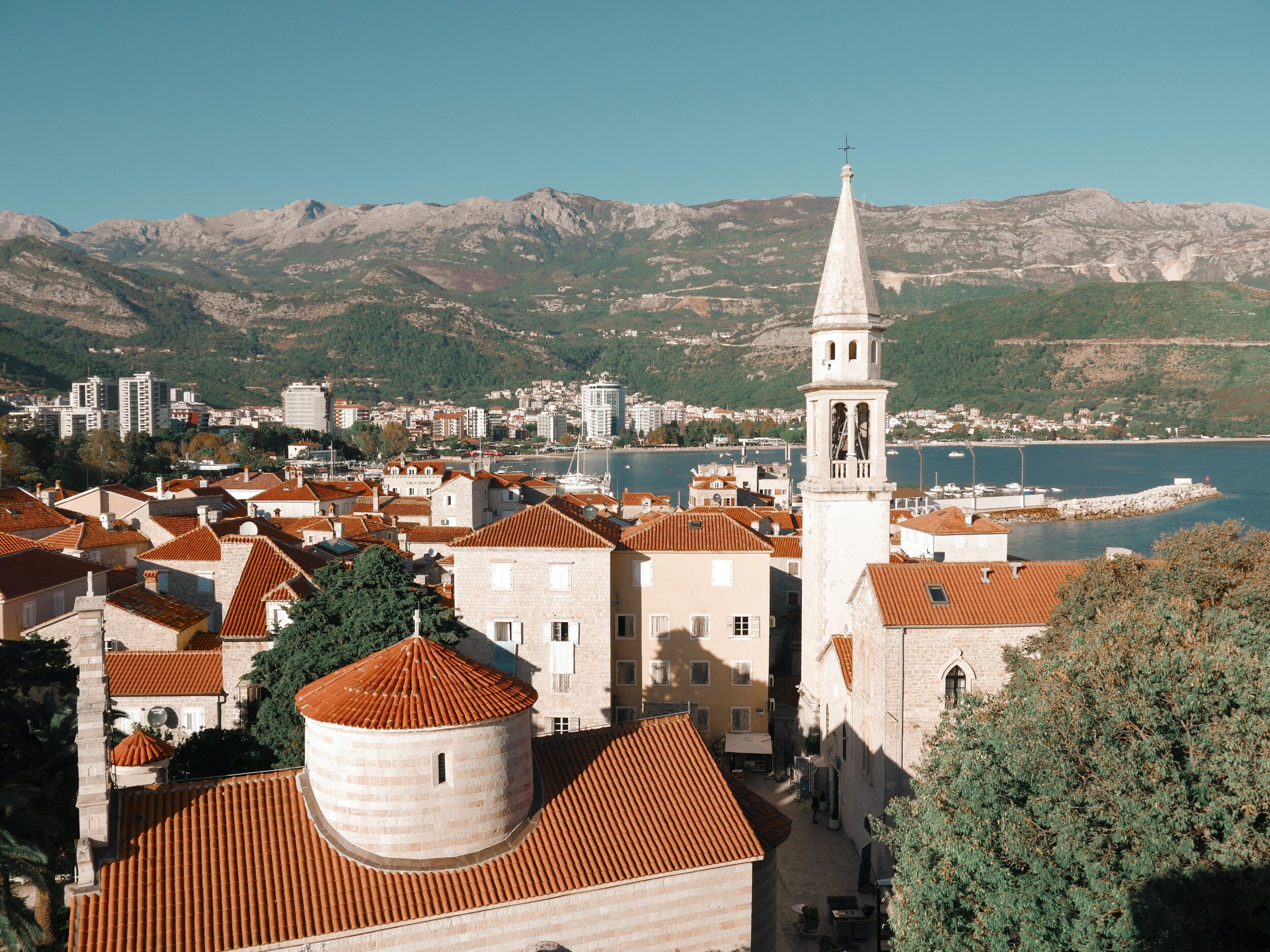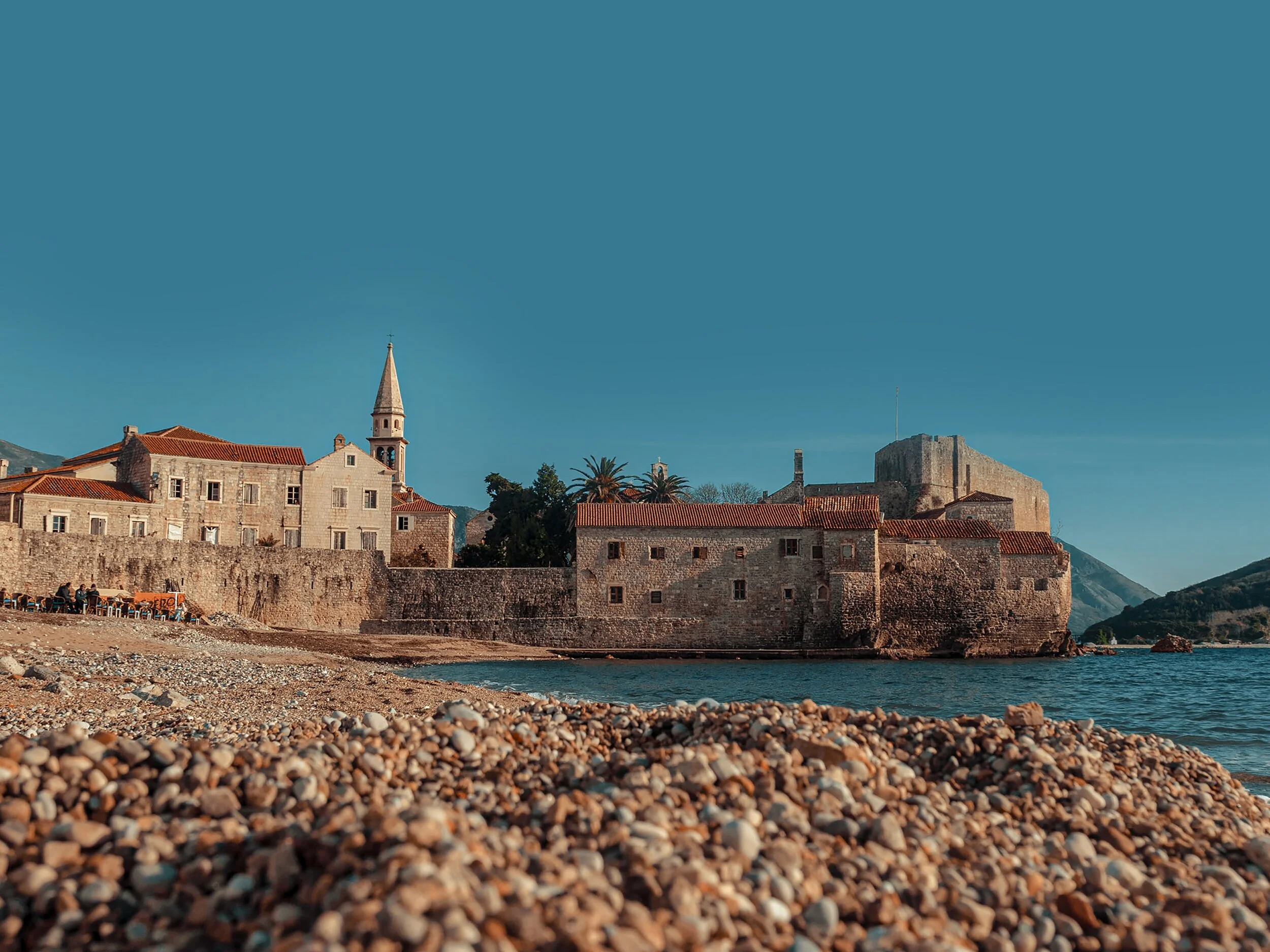Solo Female Travel in Europe
Travelling as a solo female can seem daunting if you’ve never done it before, from safety concerns to anxiety about being lonely, to just general travel nerves. But in truth, travelling by myself has proven to be both highly rewarding and exciting, allowing me to discover myself while tailoring trips specifically to my needs and desires. In fact, one of the greatest perks to travelling alone is that you have the luxury of planning your trip to your personal taste, making it exactly what you want it to be without compromising for travel companions. Perhaps that’s a selfish mindset, but it’s allowed me to have some of the most amazing trips ever, choosing destinations I was interested in, picking accommodations based on my budget, finding restaurants that fit my dietary concerns, and shopping endlessly without judgement (because I do rather like to shop).
Travelling solo affords you the opportunity to choose destinations and attractions that you’re interested in exploring at your price range and comfort level. And well the first time eating solo at a nice restaurant on a Friday night may feel uncomfortable, you quickly get used to it and eventually just stop caring whether you’re dining alone or not. However, while travelling by yourself is great, one should still choose their destination somewhat carefully, making sure to consider safety as well as whether the destination has enough excitement and/or attractions to keep spirits high and motivated, or if it fits the type of experience one’s after. For instance, I wouldn’t cruise the Nordic Fjords unless looking to relax amongst stunning scenery, nor would I choose a city like London or Paris if I was looking to have a quiet or lazy vacation.
Given that, below is a list of recommendations for destinations in Europe based on different trip styles; all being enjoyable, dependable, and safe options for the female travelling alone.
Florence, for art history lovers
Dublin, for easy days and wild nights
Krakow, for charming and cheerful
Budapest, for a modern renaissance
Switzerland, for relaxing indulgence
The perfect destination for… finding yourself: PARIS
FRANCE
Let’s be real, in one way or another, your childhood self has likely envisioned Paris and has undoubtedly placed it on a pedestal. From Disney movies like The Hunchback of the Notre Dame, Ratatouille, and Beauty and the Beast to Mary-Kate and Ashley’s Passport to Paris and the animated-hit Anastasia, even to children Paris is pitched as a city where people blossom. In pop culture, Paris has been continually sold to us as a place for love, fashion, food, history, art, and so much more; things that one can only discover once there, that in some way changes or shapes us. And in a way, that’s all true. But what Paris is often used for as a plot point, and only mildly sold as, is the place where one truly finds themselves. To quote an apt line from the 1995 remake of Sabrina, “I met myself in Paris”. But is that not the inference meant from all these films, TV shows, and books? Just think about Emily in Paris, Amélie, Midnight in Paris, Sabrina (both versions), Moulin Rouge, Anastasia, and even Ratatouille – the characters find themselves, in one way or another, for good or bad, in Paris. Whether blatantly said or not, Paris is the city where one can come to truly discover themselves, what they are capable of, and/or what they really want.
So when travelling by yourself, especially if new to solo travel, Paris is a perfect destination. There is so much to see and do, whatever your interests, that you can tailor your trip entirely to your preferences and never be bored or disappointed. Add in a few other cultural highlights or hot spots, and you’ll find time slipping away from you faster than you’d like. The city is perfect for walking around, whether with purpose to a destination, or aimlessly strolling and taking in the sights. With food for any diet, you can spend your days eating anything and everything. And don’t even worry about dining alone; no one thinks twice about it there. While admittedly more entertaining with a good book, Parisian restaurants are accustomed to men and women dining by themselves, enjoying their meal and time to themselves. Especially when a glass of wine is involved.
With so much to see and do and a backdrop that will have you humming La Vie en Rose to yourself, Paris is an easy city to let yourself get lost in, only to find yourself before going home.
The perfect destination for… foodies: LISBON
PORTUGAL
Lisbon, Portugal, is more than just a destination for foodies – the city rich with beautiful architecture, fun neighbourhoods, historical monuments, palaces, and great shopping, Lisbon, Portugal, is more than just a destination for foodies – the city rich with beautiful architecture, fun neighbourhoods, historical monuments, palaces, and great shopping, making it an ideal destination for anyone looking to explore a new vibrant city. But if you happen to also be a foodie, this is one city where you will not be disappointed in both the quality, the flavours, or the price points. You can eat extremely well in Lisbon at a very reasonable price compared to most other European hubs, never feeling like you’ve compromised on the quality or the freshness for the cost. In Lisbon you can enjoy fresh seafood that will leave your mouth watering for days, hearty steak sandwiches as a starter, cod dishes you’ve never even heard of, desserts to indulge in, and endless pastel de nata (the famous Portuguese tarts).
Throughout the city you’ll find great trendy restaurants to treat yourself too (still at a reasonable price, where no one will bat an eyelash if you happen to be a woman dining alone), brunches actually deserving of Instagram posts, quirky themed dining establishments that make for great memories, and markets where you can let your inner cookie-monster out and try EVERYTHING. Your biggest problem will be that there’s too much to try all by yourself. Embrace it and either accept you’re going to just eat it all, or find a way to be comfortable with not finishing everything and perhaps wasting some. It sounds bad, I know – but sometimes you just have to try something and travelling solo should not be the impediment that stops you.
In addition to delicious food, Lisbon will keep you busy all day with plenty of sights both in the city and a short train ride away, including the palaces of Sintra (another place where you’ll find great and affordable food), Torre de Belém and nearby Jerónimos Monastery, the Calouste Gulbenkian museum, the National Tile Museum and National Museum of Ancient Art, Castelo S. Jorge (St. George’s Castle), the TimeOut Lisboa market and Mercado de Riberia, Sé Cathedral, the suburb beach town of Cascais, and the many wonderful and colourful neighbourhoods inside the city, such as the Alfama, Chiado, Baixa, and Bairro Alto districts.
The perfect destination for… art history lovers: FLORENCE
ITALY
When it comes to art appreciation, especially anything more classical and/or predating impressionism, Florence is the city for you. Not to be overshadowed by Rome and Paris, Florence is an especially ideal destination to appreciate the masterpieces of the Renaissance. With Michelangelo’s David as a bragging point, which is perhaps only second to the Mona Lisa in terms of international recognition, the city center is abundant with museums, palaces, galleries, and churches featuring works by Italian and European masters, not to mention the jaw-dropping architecture and gardens.
Enjoy delicious food and great art amongst rich history, in a city that has been significant in its contribution to culture. As you explore the city, learn about the influence of the Medici family, one of the great Italian families and leaders of Florence. Throughout the Renaissance, the Medici’s strategically used art patronage as a PR tool; propaganda to establish their political and social status in the city. The outcome lead to masterpieces adorning city walls and sculptures to gawk at. You’ll also enjoy learning about the complicated history the city had with this influential family, as Florence struggled to remain a republic.
If art is what you’re after, then allow plenty of time to visit the Uffizi museum, Galleria dell’Accademia (aka the Accademia), Palazzo Vecchio, the Bargello Museum, Pitti Palace, the Palatine Gallery, Ospedale degli Innocenti, Museum dell’Opera del Duomo, Museo Novecento, and Palazzo Strozzi (for travelling exhibition and modern art). Also, don’t forget to drop by the Salvatore Ferragamo museum and Gucci museum before exploring the Museum of Fashion and Costume in the Pitti Palace – fashion is art, after all.
While in Florence, take the opportunity to learn about Machiavelli, a favourite of the Medici family, the Pazzi scandal, and Savaronola’s Bonfire of the Vanities, the fall of the Florentine Republic in 1512, the French occupation, and the floods of Florence. These are just a few of the very famous, scandalous, and historically significant moments in the city’s long history. Other interesting sights and attractions include: the Duomo, Boboli Gardens, Santa Maria del Fiore, the Galileo museum, Basilica di Santa Croce, Stibbert Museum, Ponte Vecchio, the many piazzas (squares) of the city, the San Lorenzo Market, La Specola museum (Zoological and Anatomical museum), and the Porcellino statue at Mercato Nuovo.
Even better, Florence is a great city for food and shopping. While here, you can take a delicious cooking clas, go for a wine tasting in the Tuscan hills, take daytrips to idyllic neighbouring towns, and buy some luxury skincare and fragrances from the original Santa Maria Novella pharmacy.
The perfect destination for… easy days & wild nights: DUBLIN
IRELAND
Dublin’s nightlife is legendary, their pub culture like no other, making it the perfect destination for fun nights out, regardless of the day of the week. But even if only looking to party, you’ll still find lots to do during the day in Dublin. The city itself is a beautiful blend of classical architecture and modern buildings, showcasing the city’s gradual gentrification to Western ideals and multi-culturalism. However, while there is plenty to see and do, Dublin unlike many other European capitals, does not require starting early and pushing yourself all day. Instead, Dublin can be taken at a leisurely pace, allowing you to wander around the city at your own pace as you pop in to the various museums, churches, cultural sights, attractions, etc.
Unless you’re planning daytrips outside the city, such as to the Cliffs of Moher, you probably won’t find your days jam packed with little rest. Most of Dublin’s key sights and attractions are in the city center, with a few a little farther afield, though almost all still within walking distance. Instead of jumping from one attraction to another, Dublin is a great city to casually explore its neighbourhoods and surrounding suburbs, enjoying cozy cafes and bakeries, quaint shops, and lively pubs. And after an early-ish dinner (that’s just the way here, unlike in France and Italy), you can enjoy the lively pub culture, from Temple Bar (the neighbourhood, not just the bar) to Camden Street. While drinks are more expensive than you’d like, especially wine – be warned now – you’ll be pleased to find a great selection of affordable beers and delightfully fun cocktails. In fact, good cocktail bars are abundant in the city, with many offering special drink deals and happy hours that go way beyond a traditional happy hour. If you’re into live music, enjoy a trad bar where you can watch locals play traditional Irish music and folk songs. You can also find plenty of bars with live music featuring you’re favourite Top 40 and Juke Box classics. Honestly, live music is the name of the game here and you will not be disappointed. And when the band/singer packs up, you’ll often find there is DJ to replace them, keeping the partying going for hours. Forget dressing up for trendy clubs, you can be as casual as you want in a Dublin pub. And you’ll find people from all over the world singing along with you, tapping your glass and yelling “Slainte!” to cheers you.
During the day, some options can include: Kilmainham Gaol, Jamieson Distillery, Trinity College and the Book of Kells, the Teeling Distillery, the Guinness Storehouse, strolling throw St. Stephen’s Green, petting the deer in Phoenix Park, the National Museum, Christchurch and St. Patrick’s cathedrals, a daytrip to Howth for fish and chips, Malahide Castle, the National Gallery of Ireland, Chester Beatty Library, the National Museum of Archaeology and National History, the EPIC Emigration Museum, and long nature walks, such as the Cliff Walk from Bray to Greystones.
For fun pubs, great drinks, and dancing, you really need look no further than the Temple Bar area, especially if you’re happy to just go with the flow and see what grabs you. But if you’re after a certain vibe, there are great options throughout the city center. For a traditional Irish pub, go to the oldest pub in Ireland – the Brazen Head - or check out The Cobblestone for great trad music. Other popular traditional Irish pubs include The Stag’s Head, McDaid’s, The Porterhouse, the Long Hall, Grogan’s, and Whelan’s.
For great drinks or fun cocktails, popular haunts include: Fade Street Social, Peruke and Periwig, The Bar with No Name, Dame Tavern, Vintage Cocktail Club, Pygmalion (more affectionately known as Pyg), J.T. Pims, and almost any bar along Fade Street, William Street, Wexford and Camden Street, or Dame Lane (not to be mistake for Dame Street).
For live music, check out: Bad Bobs, Whelan’s, The Dame Tavern, The Merchant’s Arch, Old Storehouse, and Bruxelles. And if you’re really looking to club and dance the night away, you’ll find local favourites on Harcourt and Camden streets, specifically Dicey’s, Copper Face Jacks (more commonly known as Coppers), The Camden, The Jar, and Opium. You can also pull a late one and break a sweat at the Globe, the George, 4 Dame Lane, and Bad Bobs.
The perfect destination for… the history buff: LONDON
UNITED KINGDOM
While all of Europe would make an excellent choice for a history buff, with so much having been preserved and with some of the best museums in the world, London may just be the best of the best. Especially if you’re native English speaking, as it makes it easy to explore and limits the need for audio-guides. The city has so much to offer for the history lover, ranging from all time periods and points of interest. Go far back in time with a daytrip to Stonehenge or simply wander through the British Museum, which has a renowned collection of historical artifacts from all over the world. You can easily spend a few hours at The Tower of London, and stand in awe at Westminster Abbey as you look upon tombs of past kings and queens, along with countless other prominent names from history. If modern history is more your thing, the Imperial War Museum and Churchill War Rooms will keep you on your toes, as you get a good look at the strategy, technology, and weaponry used for the first and second world wars.
Just a few must-see spots for the history lover include: the aforementioned Tower of London, Westminster Abbey, Imperial War Museum and Churchill War Rooms, as well as The Banqueting House, St. Paul’s Cathedral, Old Black friar’s, Southwark Cathedral, Buckingham and Kensington Palace, Highgate Cemetery, the ruins of Winchester Palace, as well as the regal Kenwood, Spencer, and Aspley houses. Not to mention, just outside the city there are countless day-trips to be had, from exploring the rocks of Stonehenge and the nearby Salisbury Cathedral (which holds a copy of the Magna Carta), to the endless castles and cathedrals, as well as to the campuses (and towns) of Oxford and Cambridge.
In addition to the endless historical sites and museums in London and the surrounding area, the city has much to offer, with world-class art and literature museums, amazing antique and food markets, wonderful shopping, lovely neighbourhoods and parks to explore, and countless other fun and/or unique attractions to keep you thoroughly entertained. Plus, the pub culture is quite good here too, as is the night life.
The perfect destination for… cheap and charming: KRAKOW
POLAND
Krakow may not be the capital of Poland but it’s definitely its crown jewel – a must visit city when considering Eastern Europe. Truthfully, whether you’re looking to explore one of the old Eastern Bloc countries, or just looking for a great European destination, Krakow should be high up there when looking for a city to visit in Europe. Still maintaining its old medieval charm, with castles, cobblestones and soaring Gothic spires, the city’s old town (Stare Miasto) has managed to remain fairly unscathed, especially when considering the heavy bombing of Poland in World War II. But while Warsaw – the capital – was flattened during the war, Krakow’s Old Town remained standing, with gothic and renaissance buildings, full of history, relatively untouched. In fact, Krakow’s Old Town is now a protected UNESCO World Heritage Site.
There are countless reasons why Krakow is a great city to visit, from it being a lively and bustling city full of university students and young professionals to the endless historical sites and attractions to see. Polish cuisine is delicious and you can go a long way for pretty cheap, Krakow being no exception. Whether you’re dining at one of the famous milk bars or opting for a high end restaurant, you’ll be able to indulge without breaking the bank. There is also lots of great spots for drinks in Krakow, from trendy cocktail bars to little holes in the wall that are far more than meets the eye – alcohol in Poland may as well be its own food group, and the city definitely makes it an inviting place to try it all.
But Krakow is so much more than just it’s old Stare Miasto district, which is where you will find Wawel Castle, the Barbikan gatehouse, St. Florian’s Gate, the Sukkiennice, St. Mary’s Basilica and St. Andrew’s church, Grodzka and Florianska streets (called Ulica Grodzka and and Ulica Flroianska), as well as some of the city’s best museums – all the aforementioned being highly recommended sites, streets, and attractions to visit when in Krakow. Surrounded by parks and with Vistula River cutting through the city, there are actually quite a few wonderful neighbourhoods to spend time in, all with their own vibes and charm, all with wonderful sites and attractions.
Outside of the Old Town/Stare Miasto, the Kazimierz neighbourhood might be the next most popular. The former Jewish district, also a UNESCO protected neighbourhood, has enjoyed a rebirth in recent years, now a hip area full of bars, great restaurants, tasty food stalls, and walls of street art. Visit one of the remaining synagogues or the Galicia Jewish Museum, or simply sip coffee in courtyard at one of the niche cafes tucked away before eating at one of the locally loved restaurants and bakeries in the area. You’ll find countless restaurants, bakeries, cafés and bars – all with indoor and outdoor dining – in the neighbourhood, with any almost cuisine available and all fairly affordable.
Just on the other side of the Vistula, and a little east, you’ll find the Zabłocie neighbourhood, home to the Oskar Schindler Factory, the Museum of Contemporary Art, Heroes Square (part of the former ghetto now lined with chairs), as well as warehouses turned into galleries, restaurants, and indie shops. If Kazimierz is the cool or hip neighbourhood of Krakow, Zabłocia is the new modern contemporary neighbourhood on the rise, slowly being gentrified; the definition of industrial cool. Alternatively, you can stick to north of the Vistula, with lots of interesting museums, sites, and neighbourhoods north and west of the old town, including a visit to the Muzeum Historyczne Miata Krakowa (Historical Museum of Krakow, Pomorska Street), The National Museum, and Bunker Sztuki – a contemporary art museum and café housed in a former bunker.
Krakow itself is a beautiful city, with parks encircling the old town and trees and flowers everywhere; the architecture throughout the city a mix of the old gothic and renaissance buildings with the more modern and colder Soviet structures. There are also amazing and moving day trips to be had, right at your fingertips, especially a visit to the Auschwitz-Birkenau concentration camp or the Wieliczka Salt Mines. So when looking for a fun and affordable city to visit in Europe, especially one full of history, amazing sites, quirky and vibrant neighbourhoods, and delicious food that won’t break the bank, Krakow is a perfect choice. Plus, it’s pretty safe and most people can speak enough English so that you’re never stuck.
The perfect destination for… a modern renaissance: BUDAPEST
HUNGARY
Budapest is a city of surprises if you’ve never been before and/or have no idea what to expect. Though there are signs of the Cold War and Soviet rule in the city, they can easily get lost amongst the stunning buildings, cobblestone streets, and imposing landmarks. In fact, when walking through Budapest, you’ll find it a city of varying architectural and design styles, with buildings dating back to the 13th century still standing in immaculate condition, just as the Soviet era buildings remain. But what really makes Budapest a great destination is the feeling of rebirth in this city. Hungary has a long history of being divided, dating all the way back to the Romans, where only part of the country was under Roman rule. Even during the Iron age, it was ruled by various tribes, from Celtic to Germanic to Dalmatian. When Christianity split between the Western Roman Catholics and Eastern Orthodox in the 11th century, Hungary veered towards Western culture, making it the most eastern Catholic country before the invisible line denoting where Eastern Orthodox began.
However, despite leaning towards more Western culture, Hungary felt the presence of rising powers in the East, with constant attacks by the Mongols and later the Ottoman Empire. Eventually by the 16th century, Hungary lost its state of independence and was divided, part of the country under the rule of the Hapsburg family, the other part under Ottoman rule. Of course, eventually the whole country became party of the famous Austrian dynasty, forming the Austro-Hungarian empire. But as time went on, the country’s dominion changed repeatedly, first with perceived power after uprisings against the Hapsburgs (this lead to the Austria-Hungarian state in the late 19th century), and then again after the World Wars. While Hungary was granted a short period of independence after WWI, the Western ideals it had once supported were passed aside for communism, the commonplace ideology of Eastern Europe. Only in 1988, after the fall of the Soviet Union, did Hungary get a chance to start over - this time free of the Soviet Communism rule that had taken over, as well as free from any other empires, such as the earlier Hapsburgs and Ottoman empires. So now when you explore Budapest, you see a capital city, rich with centuries of history, but still relatively new in its rebirth, as an independent and non-communist Hungary was only formally recognized and stated in 1990. I mean, the country only saw its first McDonalds in 1988, the first step in its modern, and more Western renaissance.
With the city divided by the Danube, you’ll find the city’s atmosphere and vibes can easily change whether you’re on the Buda or Pest side – the city is the merger of these two smaller cities, Buda and Pest. On the Buda side, you’ll find Buda Castle and the castle district, the Fisherman’s Bastion, a historically significant underground labyrinth, as well as some interesting museums like the House of Houdini and Military History Museum. You’ll also find breathtaking views of the Danube and Pest side. Further down the river is Gellért Hill, which still maintains a nature preserve, as well as houses a fortress, the underground Gellért Hill Cave chapel, and Gellért Hill Thermal Baths – just one of the city’s famous communal baths.
On the Pest side, which is the livelier side of the city, you’ll find plenty to see and do to keep your days full. Highlights on this side of the Danube include the House of Terror Museum, tours of the Hungarian State Opera, marveling at the interiors of St. Stephen’s Basilica, the tragic monument ‘Shoes on the Danube’, photos (and tours) of the grand Hungarian Parliament building, Heroes’ Square, Vajdahunyad Castle and its surroundings grounds, Városliget (a park full of festivals and attractions), various art museums, and the Széchenyi Thermal Baths – one of the other famous communal baths in the city.
Aside from countless museums and historical sites, Budapest has plenty to offer, including a wonderful market hall where you can dive into the flavours of Hungary and pick up souvenirs, delicious restaurants and cute cafés full of local specialties and international cuisines, the aforementioned thermal baths, which are rather famous in the city, and then it’s wonderful night life. If you’re in Budapest, you’d be remiss to skip one of the famous ruin bars – lively hot spots for drinking and socializing, set up in often dilapidated buildings. Most of these bars are held in the old Jewish Quarter, which was left to fall to ruins after the war. As part of the rebirth of the city’s nightlife after the end of the Soviet rule, these crumbling buildings and empty spaces were turned into an underground party scene that has now become world famous. What started with one underground spot for affordable drinks and good music – Szimpla was the first ruin bar – it quickly turned into a bohemian hub, with more bars popping up.
Now you’ll find these bars go from grungy and hipster to trendy and upscale, quieter and more low key to thriving dance party, giving you ample choice based on whatever mood you’re in. However, one thing holds true no matter how popular these become, the famous ruin bars in Budapest are all held in old ignored buildings, often hidden from public eye with no marker to let you know that just behind the door, there’s a great time to be had. And there really always is a fun to be had!
The perfect destination for… relaxing indulgence: SWITZERLAND
Switzerland as a whole, regardless of what city or cities you choose to visit, will provide you with a perfect relaxing and indulgent escape. Admittedly, a very expensive country to visit (part of the reason its considered an indulgent trip), there is plenty to see and do throughout this small landlocked country, with countless ways to spoil yourself. While one can easily spend a few days in any of its cities or towns, the best time spent here will be by visiting a few in one trip (unless only visiting for a weekend/few days). A week in Switzerland can allow you time to see a lot of the country without exhausting yourself from hopping around. The slower pace of the country, and relative closeness of everything, makes it very easy to have a leisurely vacation where you still feel like you’ve explored another culture. Main destinations tend to include Geneva, Zurich, Lucerne (Luzern), Lausanne, Bern, and Basel, with St. Moritz and Zermatt being popular winter choices.
Instead of listing specifics in each city that will provide you with the relaxing – yet entertaining – indulgent experience you’re seeking, here is a list of ways you can pamper yourself in Switzerland, regardless of where you choose to go. First and foremost, the food is the definition of indulgence. From Swiss Chocolate (forget Lindt, get the real and authentic good stuff here) to Swiss cheese, undoubtedly every day you will be spoiling yourself. Fondue for one feels like fondue for five, and raclette is scraped over generous portions of meat and potatoes. Rostï, which is best described as a large potato pancake, is absolutely delicious and makes for a great side or snack. Even the produce here is a form of indulgence, as its extremely fresh and with a good diversity. In markets, you can not only find the best of local fruits and vegetables, but some of the best on the continent – shipped in to bring you (and restaurants) the freshest and highest quality ingredients. If you’re lactose intolerant, have no fear. Grocery stores here have multiple shelves of lactose-free options, and you’ll find restaurants that can accommodate to.
Aside from the decadent food, Switzerland provides a serene backdrop with picturesque lakes surrounded by snowy mountains, along with classical, Gothic, baroque, and renaissance architecture unmarred by the world wars. You’ll also find more modern buildings in the larger cities, reaffirming just how forward thinking Switzerland as a culture can be. Spend your days walking around the cities, enjoying the views and atmosphere, or perhaps opt for a quieter afternoon walking along Lake Geneva, taking in the scenery as you walk from one town to another – this being especially enjoyable when walking from Chateau de Chillon to Montreux or Vevey, perhaps all the way back to Lausanne.
There are also amazing spas in Switzerland, as some of the best skincare brands originate here. Of course, spas can get expensive, so if looking to save a little money but still interested in pampering yourself in a similar vein, perhaps treat yourself to some products from one of the many revered skincare brands and have a spa night at your hotel or Airbnb. Plus, then you can bring these products home as souvenirs, able to continue the pampering process long after you leave Switzerland. Some of the best brands include La Prairie, Valmont, Cellcosmet, and La Colline, the last being well respected internationally but much harder to find abroad. You can also try some Kerluxe hair products, a luxury haircare brand that is rather difficult to get your hands on, and only available internationally through their website.
Whether it’s indulging in rich foods like Swiss chocolate and cheese, enjoying high quality and delightfully fresh cooking from morning until night, exploring pleasant and clean cities or taking peaceful strolls in nature with tranquil scenery, trips to the spa, or shopping for luxury and high quality products, Switzerland – wherever you go in the country – will deliver you the perfect indulgent escape. And that’s not even mentioning the amazing alpine experiences one can have.
The perfect destination for… a Scandi’ old time: COPENHAGEN
DENMARK
Copenhagen is a city full of neighbourhoods to explore, making it just as easy to spend your days outside the city’s core as it is wandering around the more local quarters. In fact, so close to the city center is three of the largest neighbourhoods, affectionately called “the bros”; Vesterbro, Nørrebro, and Østerbro. Vesterbro, Copenhagen’s former red-light district, is in the throws of becoming a trendy neighbourhood to live in and grab drinks with friends, slowly shedding or skillfully incorporating it’s former gritty vibes. Now you’ll find great nightlife, cool cafés, and beloved restaurants, with a mix of fashion and sex shops from one street to another. Nørrebro is where you go when you’re looking for different cuisines, in need of a break from traditional Danish dishes, as this is the most culturally diverse neighbourhood in Copenhagen, with great local restaurants serving every cuisine imaginable. And the last of the “bros”, but certainly not the least as it’s one of the posher neighbourhoods in the city, is Østerbro. Here you’ll find lovely gardens and parks to explore and relax in, along with delightful bakeries, restaurants, and shops, giving you a taste of the wealthy life in Copenhagen.
Outside “the bros”, the city has quite a few diverse and upcoming neighbourhoods, some historically charming and others far more industrial cool. You’ll even find Copenhagen’s own hippie commune in Christiana. Explore the charming Nyhaven neighbourhood, a waterfront district near an old 17th century canal. As you take in the canal, be sure to note the old wooden ships still docked, as well as the colourful houses dating back to the 16th and 17th centuries. These houses, which are some of the oldest in the city, are now home to popular cafés, restaurants, bars, and bakeries. You’ll find great seafood here, though if looking for some of the best dining in the city, head to Refshaleøen. An island accessible by bike, boat, or bus, here you’ll find warehouses for clubbing, trendy beer gardens and bars in former industrial complexes, CopenHill, and critically acclaimed restaurants. You’ll also find CopenHot, an al fresco spa for hot tubbing and saunas. But of course, these are just some of the many unique neighbourhoods that make up Copenhagen, making it a must-visit destination, not to mention the wonderful sites and attractions of the city center.
At the heart of Copenhagen is a long list of museums, palaces, and various other attractions that should definitely be included in your itinerary. From the SMK – National Gallery of Denmark, which is the largest art museum in the country, to the Nationalmuseet (National Museum of Denmark), where you’ll find artifacts dating back to the Stone Age, with a large collection of Viking relics. Housed in an 18th century Prince’s Palace, the National Museum should be at the top of your list when visiting Copenhagen, as its collection is quite extensive. The David Collection is a smaller museum in comparison to the previous two, but has the largest collection of Islamic art in Scandinavia, with pieces spanning a millennium.
The Rosenborg Castle is always a highlight, dating back to 1606 and built for King Christian IV, one of the most famous Scandinavian kings, as is Christiansborg Palace, now home to the supreme court and Danish parliament. Amalienborg Palace is the city’s own Buckingham Palace, where Danish royalty still reside and where you can watch their famous Changing of the Guard. You can also tour the inside of the palace, visiting the private apartments of former royalty. And if that’s not enough castles for you, you can take a day trip to the famous Kronborg Castle, home of Shakespeare’s Hamlet. Or you can head to Carlsberg Castle, former home and brewery, now a museum with interactive exhibits, the original brewing machinery on display, and the world’s largest collection of beer bottles. Plus a free beer with admission.
Perhaps one of the greatest highlights in Copenhagen is their famous Tivoli Gardens – an amusement park that draws in crowds from all over the world. This open-air park is an assortment of activities and excitement, with rides and games, restaurants, theaters, dance halls, and lush gardens. You can relax in the Japanese gardens, pose in front of a Taj Mahal inspired palace, or take in the fish and sea life at the aquarium. Plus, there are amazing Friday night fireworks held here, along with dazzling Christmas markets. Just be warned, it can get quite pricey, so budget accordingly and then some, because you’ll definitely want to see Tivoli Gardens, which has proven an inspiration for Disney among many others.
However you choose to spend your time in Copenhagen, you can’t go wrong. Just be sure to walk and explore the city, try some of the local bakeries and cafes, get adventurous at Danish restaurants, and try not to let the currency exchange stop you from having a good time.
The perfect destination for… a Balkan beach escape: BUDVA
MONTENEGRO
Let’s be honest, when we think of a beach vacation in Europe, island hopping in Greece or Croatia are likely the first thing that comes to mind, followed by the pebbled beaches in the South of France or the breathtaking views of the Amalfi Coast. But while these Mediterranean hubs are excellent options for a beach escape, they can get quite pricey and overrun with tourists, especially couples on their honeymoon or backpackers looking to go wild. And while there is nothing wrong with that, sometimes when looking for a beach escape it can be nice to find a destination that’s just a little off the beaten path, with a new culture to explore. That’s why Montenegro can be a great option when looking for your warm sandy escape. The beaches in this Balkan country will provide you the relaxing sunny ambiance you’re looking for – especially in summer – while also providing you with the opportunity to try something new and different. And while the beaches will undoubtedly be busy in the summer months, downright packed for the country, they will still be quieter than the beaches of Portugal, Spain, Croatia, etc., making it the perfect destination.
While you can hob-nob with the posh at Port Montenegro, a five-star yachting resort on the Bay of Kotor, Budva is where you want to go if after a proper beach holiday, with multiple beaches – sandy or stony – to relax on while overlooking the glistening waters of the Adriatic Sea. In fact, there are over 15 beaches to choose from when in Budva, though admittedly most people frequent the same ones, such as Mogren Beach, Jaz Beach, Bečići Beach and Slovenska Beach. Budva itself may not have too much to offer to warrant days wandering around the city, but it has enough in its famous old town and the surrounding area to provide ample excitement when looking for a break from the beach. Plus, it’s proximity to other major cities and towns in the country makes it to plan day-trips.
The city’s museum is its star attraction; an ethnographic museum that examines the history of Budva, which has been an established settlement for over 2500 years, starting with the Illyrians, before being ruled by the Greeks, Romans, Venetians, French, and Russians. The museum features countless artifacts, many dating back to the ancient days, with a large collection of items from the Hellenic period. Other popular attractions in the old town, aside from wandering the old narrow streets and taking in the city’s ancient walls, include: The Modern Art Museum which features a collection of local and Yugoslavian artists, an old necropolis that is half Roman and half Greek, the town’s citadel, and rubbing the bronze ballerina statue for luck.
Of the beaches in Budva, Mogren Beach, which is only 200m from the old town and easy place to walk to regardless of where in the city you are staying, is actually two beaches joined by a tunnel. Because of its proximity to Stari Grad, it is often busy – convenience for crowds. However, it’s a breathtaking place to relax, surrounded by hills. Jaz Beach, which is a little farther afield – approx. 4km in the direction of Tivat (another beach escape near the Bay of Kotor) – is one of the largest beaches frequented by visitors to Budva. Perhaps it’s because this lively cove hosts one of the most popular festivals in Montenegro – Sea Dance Festival, which has featured some of the best performers and DJs in the world, including David Guetta, Sean Paul, Jamiroquai, Skrillex, Fatbox Slim, and more. Over 1km in length, nearly a mile, you’ll find beach loungers and umbrella to rent, as well as restaurants to cool off at with fresh local cuisine and boozy cocktails. You can also rent equipment for various watersports here, making it a good option for a full day visit.
Slovenska Beach, which runs the whole length of Budva – from the town’s marina to the famous Dukley Hotel and Resort – is a mix of pebbles and sand, and a popular option when looking to relax in style. While there are a few free areas to park you and your towel down, you’ll likely end up renting one of their sun loungers. Luckily there are refreshments available all day on this beach for purchase, keeping you hydrated and satiated. Bečići Beach, which is perhaps the longest beach – at 1.8km – will be a crowded beach, but for good reason. Sandy and pebbled shores that overlook the water, you’ll find a variety of beach-side restaurants, cafes, and vendors to keep you refreshed all day, along with kayak and surfboard rentals.
Sveti Stefan is a coastal island with beaches that visitors can’t help but flock to. However, as most of the island is privately owned by a resort, you have to be careful which beach you set up shop on. If the beach looks relatively empty, it’s because it’s the Aman beach, which belongs to the hotel and charges a minimum of €50 per person. Yes, it’s a private beach, so be careful before you sprawl out. However, on the other side of this small island is a public beach. That said, nothing necessarily feels free about this beach either, as visiting this island still comes at a cost. Aside from the boat ride to get there, to explore Sveti Stefan, you’ll need to pay €25 per person for a tour. That is unless you get a reservation at a restaurant, which grants you access to the island free of charge. Sveti Stefan is definitely worth visiting though, in whatever capacity you go, as it’s rather lovely and tranquil. Perhaps that’s why celebrities constantly book a room at the Aman resort.
If you’re looking to pamper yourself and have a beachside experience equal to that of Monaco, consider the Moët and Chandon Beach, which is part of the Dukley Hotel and Resort. The beach is a small cove at the start of the Zavala cape, and is a lovely relaxing beach to relax on, typically free of children. However, unless a guest of the hotel, access to the beach will cost €150 per person, which will provide an umbrella and lounger for the day, as well as a bottle of Moët and Chandon champagne. While pricey, it is definitely a luxurious beach escape, with excellent food to be found at the Dukley. When not on the beach or wandering the old town – Stari Grad – you can take a day-trip from Budva; the size of Montenegro makes it rather easy to explore. Consider a trip to Sveti Nikola, a an island nicknamed Hawaii island, or one of the country’s national parks – Lovćen and Durmitor are both popular options, as is exploring Tara Canyon, the second deepest canyon in the world.
You’ll find Budva, and the surrounding area, to be a relaxing beach destination, with historic sites and ruins to marvel at when not on the beaches, and outdoor activities to keep you busy. One particular option is canyoning, where you hike, abseil, swim, slide, and jump your way through a canyon. Of course, not for children and ideal for those a little more physically fit. Diving and paragliding are also popular options for outdoor sports, just as dancing the night away is. Aside from the aforementioned annual Sea Dance Festival, many visiting Budva will enjoy a good after party dancing the night away in Top Hill. Just above Budva, Top Hill is only a short cab ride away, and the place to go for great night life reminiscent of Ibiza. Here you’ll find international DJs, vodka and champagne bars, VIP areas with celebrity guests, jacuzzi bars, and countless themed events. So when Budva bars close at 1am, head up to Top Hill for a night of dancing, making your beach vacation a little livelier.

